#Douglysium
Text

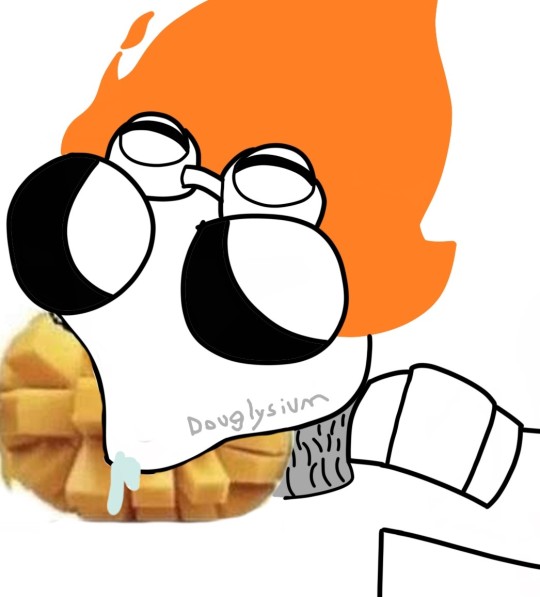



Chandra x Mango meme I made for @wielderofmysteries
151 notes
·
View notes
Text
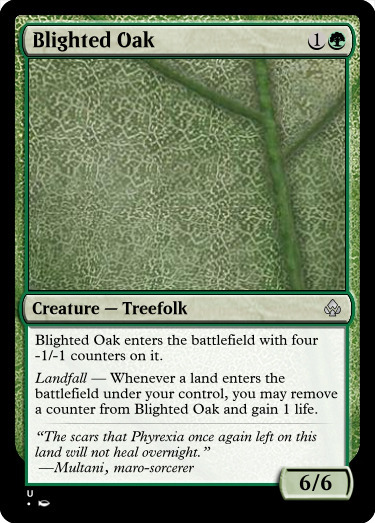

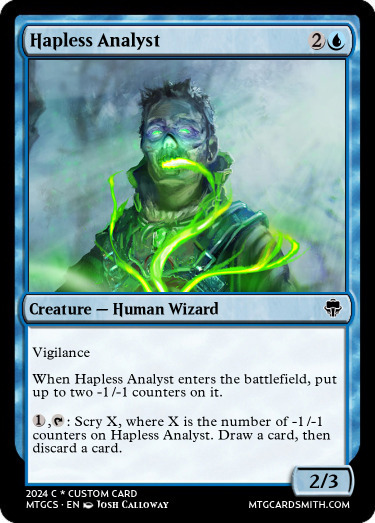
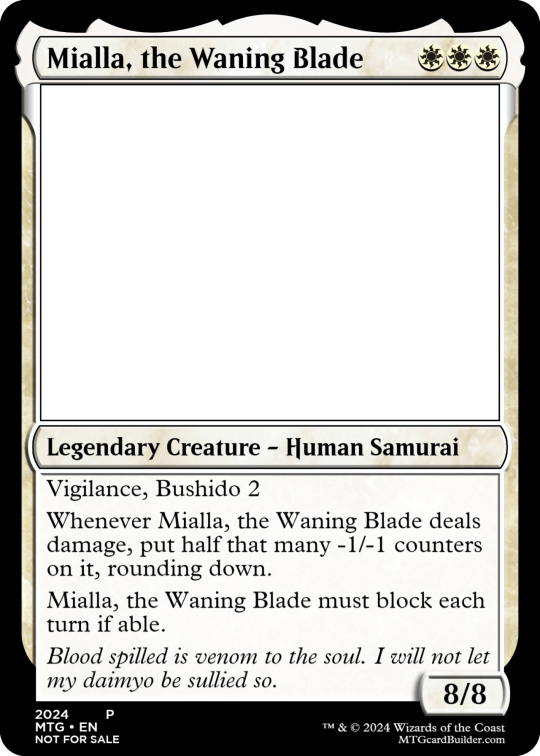
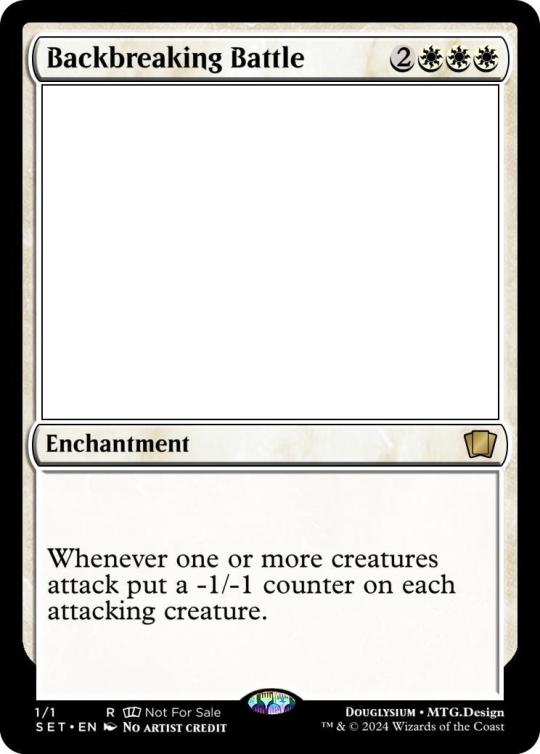

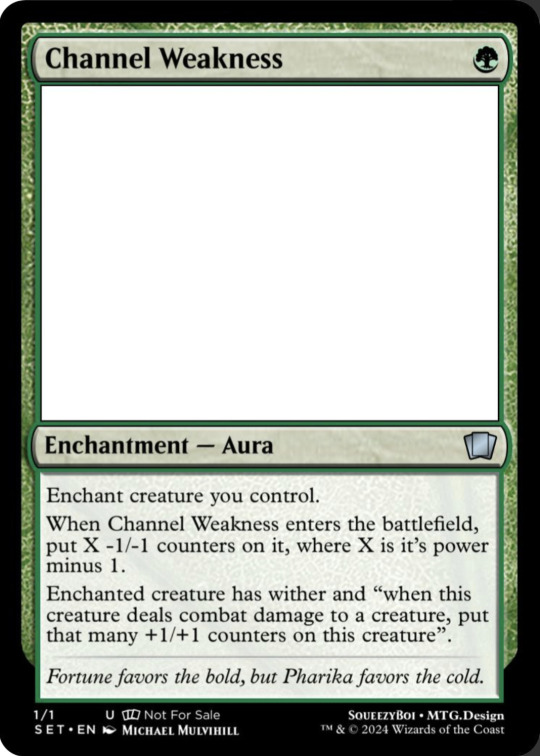
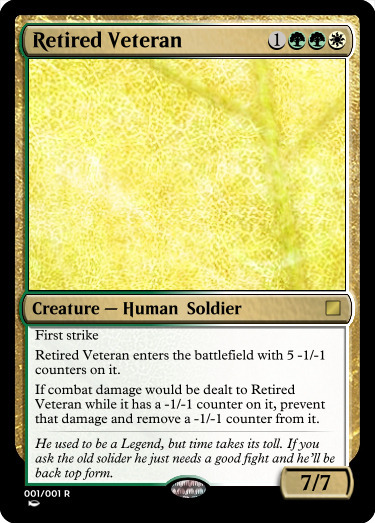

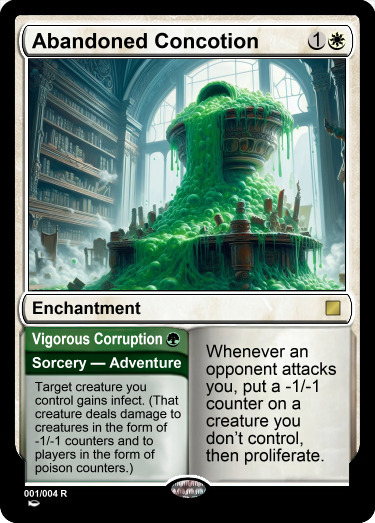


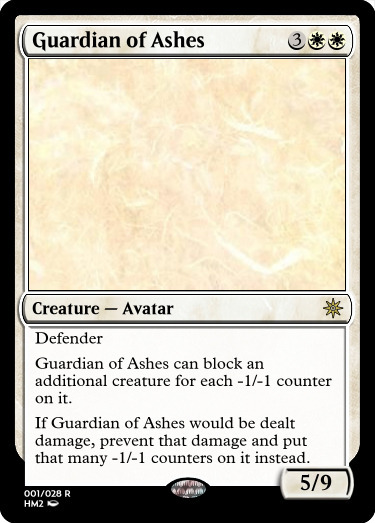
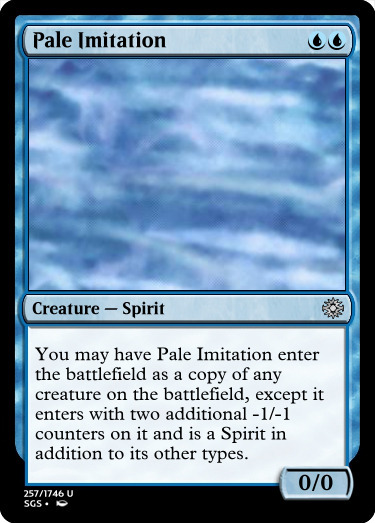









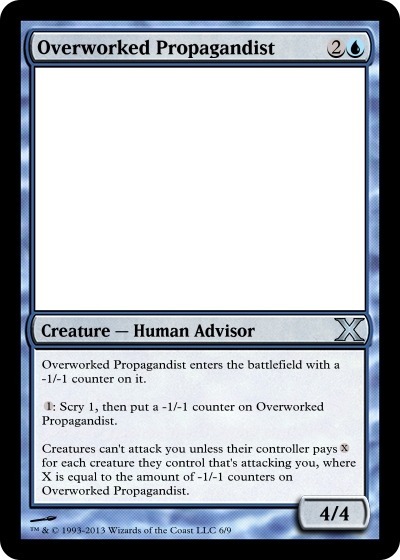
All the Colors of the -1/-1 Counter Entries
Blighted Oak by @wildcardgamez
Abstract Predator by @milfannihilator
Hapless Analyst by @bergdg
Mialla the Waning Blade by @feyd-rautha-apologist
Backbreaking Battle by @douglysium
Flare Elemental by @maypletreeway
Channel Weakness by @squeezyboi
Retired Veteran by @pinetreequestionmark
Soul Erosion by @salamileg
Abandoned Concoction by @the-gboi
Grim Entertainer by @piccadilly-blue
Weakening Starfish by @i-am-the-one-who-wololoes
Guardian of Ashes by @hypexion
Pale Imitation by @nine-effing-hells
Call of the Choir by @curiooftheheart
Corrosive Scamp by @stupidstupidratcreatures
Angel of Conquest by @just--a--penguin
Diminutive Burglar by @corporalotherbear
Restless Research by @iamtheassking
Formless Foe by @helloijustreadyourpost
Guiltridden Geist by @reaperfromtheabyss
Porcelain Confessor by @yourrightfulking
Lone Samurai by @izzet-always-r-versus-u
Overworked Propagandist by @ten-thousand-salamanders
#mtg#magic the gathering#custom magic card#inventors' fair#nonblack -1/-1 counter contest#all the colors of the -1/-1 counter contest#entries
13 notes
·
View notes
Text
The Flavor of MTG: Blue, the Color of Progress(Part 1)
Prologue
Before we really dive into this color philosophy I have to get the usual stuff out of the way. If you haven’t read the previous, albeit really long, article covering some of the more general aspects of the Color Pie then you should probably do so, even if only to decrease the chance that you ask a question I’ve already gone over or to make sure that I don’t have to repeat myself over and over(You can read said article on Tumblr here(https://douglysium.tumblr.com/private/672979718186975232/tumblr_r5hjo0WAWg1ycm9nu) and on Google Docs here(https://docs.google.com/document/d/1y1d7vBZozSEmkARSeGYj4onyty6uAXlooaXKR9WxLOI/edit)). I should also mention that today I am focusing on MONO-Blue as a color philosophy. This means some specifics here may not apply to every color combination that includes Blue. It is also important to remember that the color pie is ultimately a vague philosophical archetype, not a personality archetype(even if a personality can be influenced by one’s personal philosophy). When I say things like a color’s “strength and weaknesses” there are definitely exceptions and know that I am speaking broadly and mostly talking about the behaviors and personalities that such a philosophy either attracts/encourages or discourages. Also, the color philosophies are all about what people find most important. So when I say something like Blue likes knowledge and Black cares about the self that does not mean that it is all those colors care about. Even Blue may care about emotions, Black may still care about others, and White often still cares about the individual. It’s just that those things come second fiddle to other things and should not get in the way of their primary goals. I should also note that because this article is about Blue and I do not have infinite time I will mainly be covering things from Blue’s perspective. So sorry if it comes off like I’m just bashing Red and Green philosophy at any point but I promise that those colors will get their chance to shine in their own articles one day. What I’m saying is don’t base your entire view of Blue’s enemy colors on this article since it probably won’t be the most flattering perspective.
General
One thing that all the color philosophies in Magic have is a little phrase that helps summarize their philosophy. This phrase basically has two parts, the end goal of the color and how they seek to achieve that. In Blue’s case, its phrase is “Perfection through Knowledge.” In this case, the end goal is “Perfection” and the means is “Knowledge.” What this is supposed to tell us is that Blue philosophy is all about perfecting one’s self and the world around it and creating a world where everyone and everything can be the best version of themselves. I think it’s important to clarify the wording here for Blue is not saying you literally need to be perfect or never make a mistake. Only that you should strive to be the best version of yourself you can be. In the case of Blue, perfection isn’t an end goal but an endless process and a mindset saying you should be constantly striving to do better. Since Blue is all about being the best you can be, its philosophy is often summarized as perfection since if you're striving constantly to become better and better constantly then you are always striving to get as close to perfection as possible. If I had to put it in a simpler way, Blue is about “Improvement/Progress through Knowledge.”
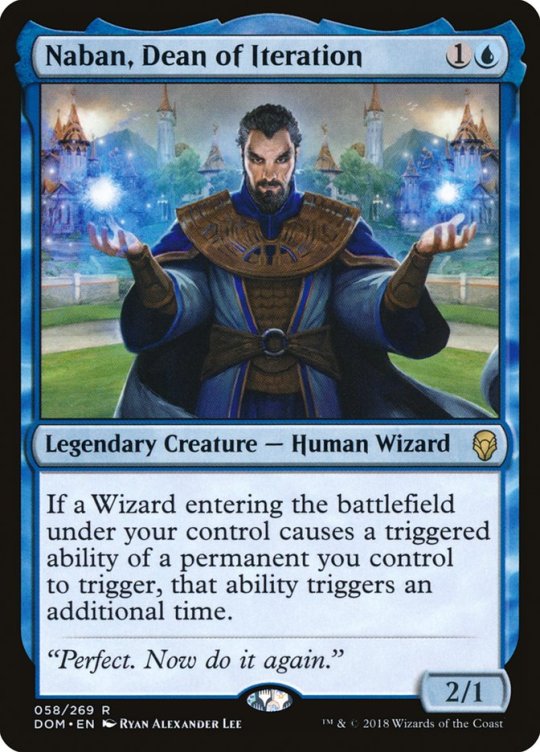
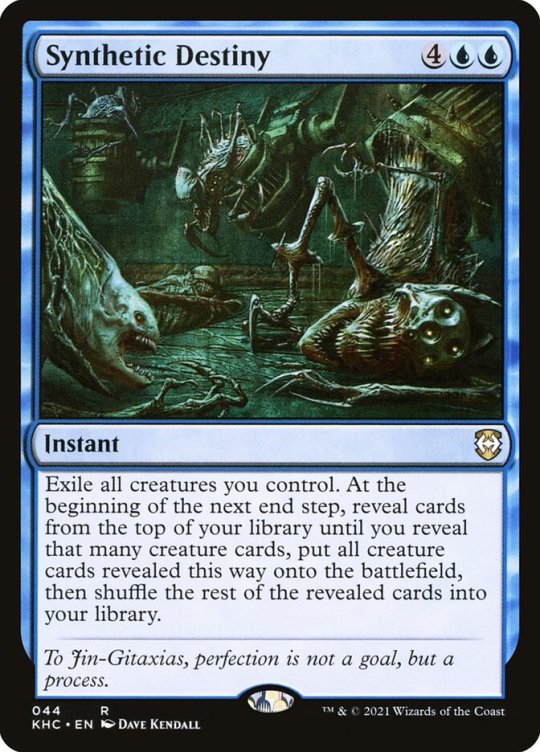
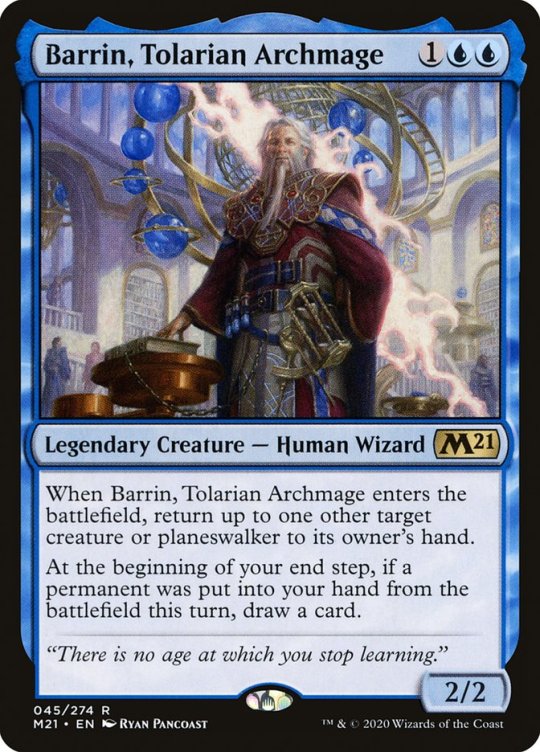
The way Blue believes we should achieve this is through the aforementioned knowledge. Blue is a philosophy that believes anything and everything can theoretically be understood and made possible as long as you have the knowledge, tools, time, and dedication. To this end, it is important to properly obtain and use knowledge since Blue believes almost anything can be achieved if you have the proper knowledge, resources, and time. In order to utilize this knowledge it is important to use your head and think through your actions as much as possible. Blue is a philosophy that strives to be open to any possibility but not too hasty to action because everything has a theoretical solution if the right amount of time, energy, and understanding is applied. This tends to mean Blue is generally against both impulse and instinct. Now Blue isn’t inherently against any and all emotions and it often acknowledges emotions as a powerful force(which makes discipline and forethought all the more important). Blue is simply arguing that you shouldn’t let things like emotions and instincts control you without tempering them with thought and reason because they often spur short-sighted actions that can hurt you in the long run. While they can grant you quick satisfaction, if improperly controlled they can come back to bite you later(or even immediately). Also, just going with whatever you immediately feel tends to conflict with Blue’s ideal of not making hasty decisions because Blue wants to strive to make the best and most optimal decision as much as possible. Part of doing that is keeping in mind more long-term goals over transient short-sighted ones and keeping the big picture in mind so that you can properly understand the ramifications of your actions and choices. Blue also understands that there are typically a limited amount of resources and time one has access to and to Blue it is important to maximize these resources by making informed, thoughtful, and considered decisions.
Similar to how White has some notable ways it tends to use structure, Blue has some notable ways it tends to approach and use knowledge. First off, since Blue believes knowledge, understanding, and thought are the key to everything it is often advocating for as much knowledge as possible and gathering any knowledge it comes across since you never know when the knowledge may become helpful in the future. There is also the fact that Blue may not always know or be aware of the knowledge it may need which can also often encourage it to collect as much knowledge as possible in order to increase the chances that it finds out something it didn’t know it needed or if the knowledge becomes helpful later. This often gives Blue an emphasis in regard to learning and education as these are some of the best tools to acquire more knowledge. This also tends to extend to a more structural level and not just individual levels. From Blue’s perspective, being the best self you can also mean that the society in which individuals reside needs to also be the best it can be. So Blue tends to prioritize things like education systems, libraries, schools, and other structured systems in regard to education. These can act as vectors for people obtaining the knowledge to become whatever it is that they consider to be their best selves as well as allow for Blue to obtain even more knowledge in order to give it an edge and allow it to overcome obstacles. If Black’s goal can be described as attempting to become as close to omnipotent(all-powerful) as possible so that it can get everything it needs, Blue’s can be described as one that strives to be as close to omniscient(being all-knowing) as possible.

Mark has given us 4 notable ways Blue may like to use knowledge in his “True Blue Revisited” article. Firstly, knowledge can be used to control people or get them to act in a way that is beneficial for you, others, or society via withholding pieces of information. Secondly, it can act as a key, allowing those with the right info to access or do things others do not know how to do. Those who know the proper words or actions may know how to do things others cannot. Thirdly, it can act as a form of protection. It goes without saying that if you know something’s coming you can better prepare for it and if you know what exactly something even is you may be able to use it to your advantage or exploit a weakness. Fourthly, it can be used as a weapon or a form of attack. This sort of ties into the first point since while controlling knowledge gives you the ability to exercise control over others, knowing/exposing the right piece of knowledge or secret information can be quite devastating(think stuff like blackmail or exposing weaknesses to the public).

Also, restricting someone’s information by lying, deceiving, hiding it, etc. can give a tactical advantage since they may not even realize there’s anything to fight back against or how to do it.

Blue is also a color philosophy that is more likely to take advantage of technicalities or utilize loopholes in laws and/or rules to get what it wants since it is a philosophy that is all about nuance and understanding the world around it and how they function. This emphasis on knowledge and understanding means that Blue often has a respect for science, since science is quite literally defined by the dictionary as “the intellectual and practical activity encompassing the systematic study of the structure and behavior of the physical and natural world through observation and experiment.”, “a systematically organized body of knowledge on a particular subject”, or “knowledge of any kind” and science is literally all about understanding how things work. Now just to be clear, you don’t need to be a scientist or specifically engage in science first and foremost per se to be Blue, but that’s something I’ll get into later. Tying in with Blue’s themes of knowledge and understanding, Blue is a philosophy that believes every phenomenon that exists or happens has an explanation for how and why it occurs even if we have yet to figure it out. This adds an aspect of questioning basically everything as much as possible since anything and everything can theoretically be understood in due time and under the right circumstances. Where colors like White or Green may see events as holy miracles or some sort of occurrence that cannot always be explained, Blue argues that there is an explanation for how and why these events occur. Although, this is not to say that Blue could never attribute something to a god or some sort of magic(even if I would say that in general Blue would probably usually, but not always, subscribe to the “Magic is just science we don’t yet understand yet” style of thinking. Although it is important to acknowledge that for some people and places within the multiverse some sort of magic, supernatural occurrence, or similar explanation could be a valid one for them).
This brings us to Blue’s themes of perfection, self-improvement, and technology(as they are all related). As mentioned, Blue is all about being the best self one can be via knowledge and forethought. This ties in with some of Blue’s philosophy as Blue believes anything is possible and everything is a blank slate. When I say this I don’t mean Blue believes you can just magically start flying because you think about doing it hard enough or that it doesn’t believe in genetics or being more likely to be predisposed to certain things. Rather that everyone basically has infinite potential and there is a way to achieve what they want or want to be. Let me put it this way, if someone is born blind then they may be able to have perfect 20/20 vision via glasses, contacts, or surgery.

If something is born without wings to grant it the ability to fly then it may be possible to grant it flight using something like a jetpack, flying vehicle(such as an airplane), or maybe even some crazy futuristic genetic engineering to change someone’s very DNA.

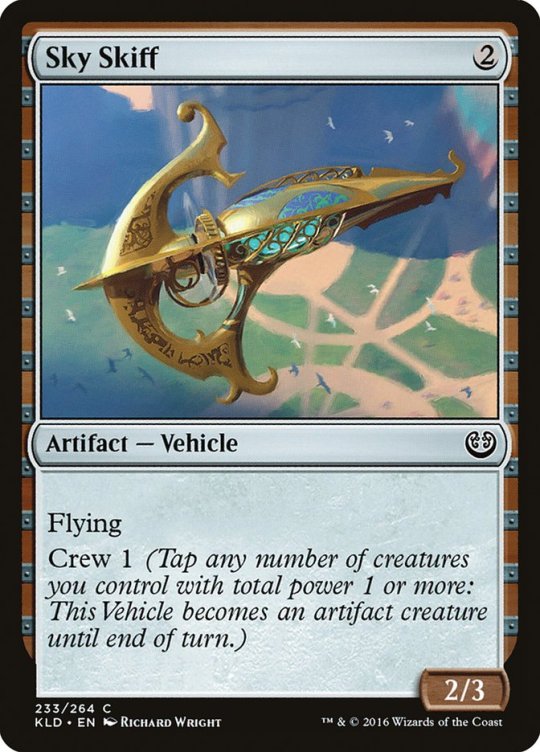

This is all to say, Blue isn’t claiming you can just will yourself to grow wings or have perfect vision but rather that with the right amount of knowledge, one can do these things in order to make themselves better if they so choose. This is where Blue’s themes of technology come in since said devices and technology allow you to alter yourself and/or do things that you could not do on your own.
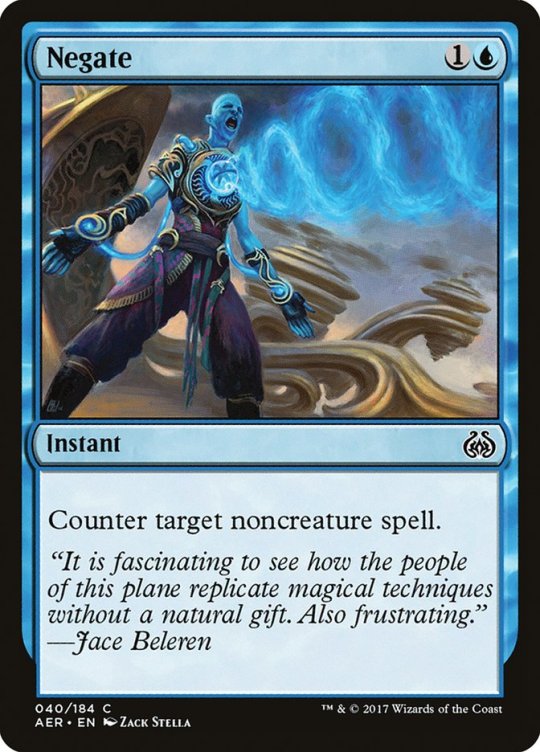
Normally, humans cannot fly but airplanes change that. Normally, nearsighted people cannot just manifest 20/20 vision but glasses change that. So Blue’s idea of a blank slate is more the idea that there is a path that allows you to become whatever it is you want to be if you take the right steps and make the best-informed choices possible and that it is possible for you to overcome and/or break free of things like genetics, fate, destiny, etc.

Blue also has a mindset that encourages one to never give up since there is basically always a way to get what they want. In Blue’s eyes even if it were to assume there is some hypothetical that could literally never be achieved no matter how much knowledge one obtained and no matter how advanced technology became there would be no way of knowing unless you are actually trying to achieve it anyway. The best way I can put it is through an example given in Mark Rosewater’s “STRIVING FOR PERFECTION” article: “For years no human was able to run a mile in under four minutes. Physiologists at the time claimed that it was quite possibly beyond the ability of the human body and that the mere attempt at such a thing would be dangerous to the athlete that tried it. Then one day a man named Roger Bannister did it. Forty-six days later another runner broke the four-minute barrier. Within three years, fourteen more runners had also done it. Now it's the standard for mid-distance runners… It was an impossible task, that is, until someone did it. Then it became a doable task and many people did it. The only barrier was a mental one. Runners couldn't do it because they didn't believe it was possible. Once it was proven possible, it completely changed how they approached the problem. People can do things they believe they can do. If you take a task at hand and assume you can do it, guess what happens? You do it.” This type of perspective in regards to the potential most people have is what Blue’s mindset may often be likened to. In a way in order to understand what is truly possible Blue is saying we must approach everything with the assumption that it is somehow possible. All the color philosophies basically have an answer for what your goal in life should be and how to achieve that and in Blue’s case that goal is basically pushing yourself to the limit and being the very best you can be while constantly seeking to better yourself and the world around you so it can in turn encourage and facilitate ways for you and others to be better. Blue is interesting in that it stresses that one must be flexible and open to all the possibilities while also not being too hasty or quick to action(as to give yourself time to figure out the best possible decisions). Of course, like all color philosophies, Blue usually wants a society that encourages this. So it will typically advocate for citizens being granted good opportunities for education, places to safely experience things through trial and error(as outside of controlled situations you should strive to make as few errors as possible), and some way to access the best and most recent tools and technology so they to can gain the knowledge and understanding needed to better themselves, the society they live in, and the world around them. Blue philosophy is ultimately, and succinctly, revolving around self-actualization(which is defined as “the realization or fulfillment of one's talents and potentialities, especially considered as a drive or need present in everyone.”)
Blue’s emphasis on knowledge, understanding, information, and forethought means that within Magic it often has an emphasis on academics, books & other repositories of information, mind/thought, control, memory, manipulation, artifice, trickery, subtlety, complexity, and illusions. Of course, the emphasis on knowledge means that Blue also has symbolic associations with the mind, and by extension abilities and magic relating to the mind and information regarding it, like telepathy and telekinesis. On the other hand, Blue’s emphasis on utilizing your time to the absolute fullest in order to gather as much information and time to think as possible tends to associate it with time-based magic and passivity and Blue’s emphasis on progress, betterment and what could be what gives it some future symbolism. Meanwhile, Blue’s emphasis on technology, improvement, and tools gives it a strong symbolic connection to construction/technology, artifacts, and man-made items.
Requirements
As with my previous discussion about White philosophy and beliefs, I think it's important to help cement a more concrete understanding of what one needs to believe in to be Blue aligned. I’ll do this by discussing the most basic and barebone ideals needed to potentially qualify for being Blue aligned. Of course there are a couple of disclaimers. It’s important to remember the Color Pie is a vague philosophical and value archetype. The color pie is ultimately about VALUES and IDEALS. A Blue character can end up being hot headed and overemotional, although they would normally see this as a flaw/mistake or potentially have some sort of self justification for it, and not every person who values knowledge is necessarily Mono-Blue or even has Blue in their color identity at all because they may have a different outlook on life or value something more important than progress and knowledge. They may also think knowledge should be used for a purpose different from that of what Blue says. Also, this article is specifically about Mono-Blue so these requirements are only meant to apply to just Blue, and any color combinations that contain Blue mixed with other colors may not necessarily follow the same rules, for example: it is possible to be Blue-Red aligned and believe that your emotions are more important than thinking things through.
First off, in order to be Blue aligned, one must believe that theoretically anything is possible and can be understood with the right amount of time, advanced enough technology and/or a certain amount of knowledge. As mentioned before Blue isn't foolish enough to believe that you can just grow wings with the power of thought but it may be possible in the distant future to create artificial wings, jetpacks, or vehicles that could carry you just as well, or even better, than any naturally occurring wings. Blue can also concede things like the fact that being literally perfect and without flaws is impossible. It’s a philosophy that believes that everything in the universe can theoretically be understood with enough time, advanced enough technology, and/or a certain amount of knowledge and thus believes everything has an explanation even if we do not know what said explanation is at the moment. We might not be able to grow wings or understand all the mysteries of the universe now but who knows? Maybe in a 1,000 years, these things and how they work will be as common as running water or something. If it wasn’t clear from some of my examples you don’t need to believe that LITERALLY anything and everything is possible or that there are no limitations. Like Blue isn’t about to say that a random ass roaches on the sidewalk is about to start inventing advanced technology just because it wills it or that it could reach the same kind of thoughts as a human without outside interference. It’s also important to remember that one tends to only have a limited amount of resources and time(which is why Blue would often say you need to make the best decisions possible). There are plenty of Blue characters that would argue one can never become completely perfect or that achieving something isn’t feasible within a certain amount of time or time frame and for many it would be utterly ridiculous to believe that a human could do something like break the sound barrier while running through sheer force of will and no outside technology to aid them or that you can achieve omniscience and understand all of the universe with the current level of technology.
Secondly, and most obvious, one has to believe in following their mind and using forethought over one’s emotions. This also ties in with the idea of knowledge being powerful and most important since the knowledge you gather allows you to make better decisions and letting your emotions have you just constantly make shortsighted and hair-brained decisions would just put that knowledge to waste. Doing something because “I just felt like it” outside of specific situations(such as a game or something) usually isn’t going to cut it even if you can understand where it is coming from.
Thirdly, you must believe that everyone is a blank slate. As mentioned before this does not mean one needs to straight up completely not believe that things like being predisposed towards certain things via genetics or biology or even destiny and/or fate exist. Rather that it is possible, in one way or another through willpower, discipline, knowledge, technology, etc. to change, overcome and/or break free of these things in one way or another.

Essentially, these are not the end-all-be-all limits for what we can and can’t do as long as we have the technology, time, and/or knowledge to do so. Blue philosophy tends to fall under various types of tabula rasa style schools of thought(that the human mind receives knowledge and forms itself based on experience alone, without any pre-existing innate ideas that would serve as a starting point. Tabula rasa thus implies that individual human beings are born "blank" (with no built-in mental content) and that their identity is defined entirely by their experiences and sensory perceptions of the outside world… ).
A Colorful Quote
In order to hopefully better understand where each color is coming from, even if you may ultimately disagree with it, I thought it would be helpful to pick a quote that I felt really resonated or matched with the color's themes/ideals in order to help package the color in a philosophical form of thought you may be more familiar with or understand.
The first quote is Lao Tzu’s “If you give a man a fish, you feed him for a day. If you teach a man to fish, you feed him for a lifetime.” I feel like this quote does a pretty good job of showing why Blue tends to put all its stock in knowledge and understanding. As that knowledge allows you to do anything and can also be used to aid and better yourself. Understanding and knowing how to fish and how fishing works puts people in a better position than just never accumulating the knowledge while continuously buying fish without thought. Teaching people how to fish instead of just hoarding the knowledge can also allow for a better society and the world. Since dispensing the knowledge of how to fish allows more people to gather food which means society has more food. Having this knowledge also puts one in a position of power since if you know how to fish but your clients do not then they are more likely to have to rely on you and do what you say for food. “Knowledge is power” as they say(a phrase we’ll come back to later). Similarly, the famous Sun Tzu quote “If you know the enemy and know yourself, you need not fear the result of a hundred battles. If you know yourself but not the enemy, for every victory gained you will also suffer a defeat. If you know neither the enemy nor yourself, you will succumb in every battle” also shows how a philosophy that puts all its stock in knowledge might be appealing to Blue, and both quotes display that when Blue is faced with a problem it almost always advocates to tackle it from the angle of knowledge. The first quote also shows how knowledge can be used to make the world a better place, by teaching others, and this Sun Tzu quote also displays that while knowledge can be used to make the world a better place it can also act as an offensive or defensive weapon by understanding a situation or knowing something your enemies do not.
"Mind over matter" is a popular phrase and is defined by the Merriam-Webster dictionary as “-used to describe a situation in which someone is able to control a physical condition, problem, etc., by using the mind.” As mentioned before, Blue doesn’t necessarily believe you can say just start growing wings through sheer force of will but I feel like this quote still tends to embody a very Blue mindset or goal. Mind over matter situations are going to be the types of situations Blue tends to gravitate towards, and views problems as, because Blue believes that knowledge, willpower, and time can allow you to overcome many different kinds of weaknesses and problems.

The emphasis on mind over matter is also why in the game of MTG Blue tends to get things like telekinesis, an ability that allows one to perform physical actions using the mind and may even allow them to do things they could not do physically. While Blue can still believe in getting jacked and perfecting one’s body/physique it will argue that the best way to approach this is through knowledge and understanding. At the end of the day if you can understand the why and how something works it is possible to exert your will over it in some way and get the desired result. You may be able to increase your stamina while running by pushing yourself to the limit and exercising or by using some specific running technique. As pointed out earlier, from the perspective of Blue how can we know what truly is or isn’t possible for both the world around us and ourselves if we don’t push ourselves. I’m sure everyone had a situation or thing that they thought they would be bad at but turned out to be actually decent at or enjoy it. Or maybe you thought something like “I’ll never be a good artist” only to see how far you’ve come a couple years later.
“Knowledge is power” is a phrase that one could argue may apply a bit more to Dimir(Blue-Black) philosophy but I think it also applies to Blue quite well, and while Black and Blue do overlap in an emphasis on knowledge, Black sees power somewhat differently than Blue and doesn’t always see knowledge as being synonymous with power. However, I’ll get into that later. Of course, the color philosophy that believes knowledge and understanding can be used as a way to achieve anything would also see those things as the vectors for obtaining power and control if it really wants or needs to. This quote is also meant to emphasize the importance of passing on knowledge and education which is usually going to be important to Blue philosophy. Knowledge gives you the power to gain control over your own life. Similarly, Martin Luther King Jr’s “Science gives man knowledge, which is power; religion gives man wisdom, which is control” hits a lot of the same beats(even if it might be overall a more White-Blue or Bant(Green-White-Blue) quote).
“Measure twice cut once” is a quote that I feel perfectly encapsulates Blue’s ideals of trying to take as much time as possible while using the knowledge you have to make the best possible decisions. One only has so much resources and so much time so it is best to avoid careless mistakes or accidents as much as possible. You shouldn’t just go with whatever your emotions or gut tells you but always be trying to use your brain. Your emotions and what you want aren’t always the things you need and may sometimes only offer short-term gratification at the expense of more important or long term goals. You also shouldn’t rush things and try to take the time to understand a situation/problem as much as you can. Doing this can also save you even more time down the line than just rushing in would have.
Finally, “knowledge is its own reward” is probably one of the most Blue quotes out there. Out of all the colors Blue is the one that is most likely to be concerned about knowledge for knowledge’s sake because it wants to accumulate as much as possible since you never know when said knowledge may come in handy and it may reveal yet another bit of knowledge you didn’t know you needed. While Blue does have its own reasons for wanting to obtain knowledge, such as perfection and self-betterment, the other colors, such as White and Black, are less likely to care about knowledge for its own sake and are more likely to see it as just a means to an end.
Philosophical Strengths
Despite all of Blue’s themes of perfection, nothing is truly perfect and that goes for all color philosophies, including Blue. However, before I go over Blue’s philosophical weaknesses it is vital to go over Blue’s philosophical strengths in order to show some of the upsides and positives its philosophy can often encourage.
Blue’s most obvious and noteworthy strength is how it can encourage the use of knowledge and information. Blue does not only seek to figure out the best ways to acquire knowledge but also how to properly use knowledge as a tool. This encourages a way of approaching things that involves taking the time to utilize said knowledge by looking at the big picture/plan, and trying to figure out the consequences of each and every action they take. Blue strives to never act careless or without great thought and this can lead it to being less likely to make obvious or avoidable mistakes and consequences(but this does not make them immune to them mind you. No one is perfect). This also ties in with how Blue values restraint due to prioritizing using one’s knowledge and forethought over letting one’s emotions control them. This is another factor that can encourage the avoidance of careless mistakes. Blue argues for preparing for the long game and big picture and tries to not let its emotions ruin more important or bigger term goals for short term gratification. Blue’s prioritization of knowledge and understanding also makes it more likely to notice, understand, and/or utilize nuance(s) that may otherwise be missed.
Going back to knowledge being a powerful tool, it is important to remember that one such way it can act as a tool is by being a weapon. It’s easy to see Blue and assume it just wants to spread knowledge constantly at all times but since Blue sees knowledge as vital when it’s approaching an opponent it seeks to not only use its own knowledge but restrict the knowledge of its opponent. This means Blue is more likely to lean into things like secrets, trickery, disinformation, and lies. By restricting someone’s access to information/knowledge you gain a tactical advantage because at the end of the day there’s only so much someone can do if they don’t even know they’re in any danger or what you even plan to do.

Due to this, Blue can have a bit of an underhanded sneaky quality that some people may miss when discussing its color philosophy, but I mean it is ally colors with Black(a color that’s all about doing literally whatever it takes to get on top.) so this trait is to be expected to one degree or another.
Philosophical weaknesses
Now for the weaknesses. A philosophy all about knowledge and understanding may be seen as being objectively all upside by a lot of MTG players at first, but nothing is perfect. Even Blue still has some weaknesses.
For one, Blue philosophy is one that can encourage being very passive to a fault. Striving to think just about everything through and utilize all the time available to do so can make quick decision making or taking immediate/spontaneous action difficult unless you already knew something was coming. This means that Blue may be prone to being outsped by others or opponents taking initiative and making a decision before it can figure out the best course of action. Simultaneously, this can also severely limit Blue’s flexibility. Blue is ultimately a philosophy that is extremely adaptive since it's all about “anything is possible,” and “everyone is a blank slate” but it is not the best at encouraging on going with the flow and/or being flexible enough to change and adapt on a dime. Blue is all about finding answers and improving but via an overall slow process of carefully considered knowledge and thought. This also segways nicely into my next point. While it can act as a strength, Blue’s restraint can also become a weakness when pushed too far. Due to Blue doing all it can to take its time and fully understand what’s happening in order to make the best decision possible it may end up becoming paralyzed and not making a proper decision. Think of it this way, Blue is all about being the best you one can be and part of doing that is trying to make as few mistakes as possible while also making the best decisions one can make. This means that Blue can sometimes end up becoming “paralyzed” while it tries to figure out not just what choice(s) to make but what is the very BEST choice(s) it can possibly make while considering all the nuances and trying to avoid any mistakes.

This can encourage inactivity and even potentially not making any choices at all or not making a choice in time out of fear that one may make a mistake, bad decision, or a suboptimal choice. This is another factor that can encourage a mindset that leads to one not making decisions fast enough.
Another way that Blue’s emphasis on knowledge can end up acting as a weakness is that Blue is a philosophy that tends to want to put all its eggs in the metaphorical basket of understanding what’s going on. This can once again add on to Blue’s weakness of acting too slowly or not at all, as Blue may struggle to come to a decision if it is put in a situation in which it can’t or has trouble understanding what’s going on. The other colors are more likely to advocate for taking action or make a choice even if they don’t or can’t completely understand the full picture of what is happening or what they are facing. This also means that Blue is usually the slowest out of the five colors in mindset, flavor, mechanics, and gameplay.
Another thing to consider is that Blue believes almost anything is possible. Which can, when pushed too far, encourage an outlook that pushes someone way too hard or tries to force things to change/happen in order to prove something or because it feels like it can. This can be sort of seen with some of the Green-Blue Simic Combine’s, the Blue-Red Izzet League’s experiments, as well as some of the horrifying creatures created by Innistrad’s various Blue mad scientists and Black-Blue stitchers. The best way to think about it is there is a sort of Victor Frankenstein side to Blue. The idea that everything can be known and mastered. This can sometimes lead to this philosophy pushing things a bit too far in the same way most people agree that Victor probably shouldn’t have been messing with life in the way he did. To Blue, The world is everyone’s sandbox in a way, anything can be improved and fiddled with.





Sometimes Blue encourages one to push themselves, others, or the world around them too far just to see if it can or in order to better understand it. To Blue, the world is its canvas in a sense.
Common Misconceptions
This brings me to what is becoming one of my favorite parts to cover in regards to color the Color Pie. One thing I’ve noticed about the Color Pie is there tend to be a lot of misconceptions about it in general. This is understandable because most people aren’t losers who will read and listen to all of Mark Rosewater’s Color Pie teachings and probably won’t technically need to know much about it outside of general gameplay mechanics. Although, of course, I still want to tackle these common misconceptions to show some of the work and understanding that Magic’s designers and writers have that people may overlook. I also want to hopefully make any conversations someone may have about the Color Pie more informed, nuanced, and productive.
One of THE MOST common misconceptions I see is that being Blue makes you smart, or that being smart must mean you’re Blue. This also tends to extend to people who begin to self identify as Blue and identify other people as Blue because they are smart and not because they actually agree with Blue philosophy. First off, just thinking a lot or appreciating thought doesn’t make one any more Blue then having emotions makes someone Red, having to eat makes someone Green, or wanting rules/regulations makes someone White. The color pie is a VALUE system; it ultimately comes down to what one values as more or less important. The other colors can all value or like being smart or intelligent but may not see gathering knowledge and information in order to improve yourself as the most important thing we should strive for. Furthermore, it also comes down to how you would argue one should use said knowledge. Blue would argue you should use knowledge and understanding to better oneself(although if you want to include multicolored identities it is possible to have Blue in a color identity and see knowledge as a thing that should be used for some other goal. However, my point still stands). This brings me to the other point. Blue VALUES knowledge but simply valuing something doesn’t automatically mean you have it in spades. Just valuing information doesn’t mean you have it and just valuing being smart doesn’t mean you are smart. Let me put it another way, not all Black aligned characters are powerful just because they value power and ruthlessness and not all White aligned characters are kind and just people simply because they value those things. That’s like saying that just because you want to be rich that means you are rich. You can have weak Black aligned characters and asshole White aligned characters. Likewise, you can have stupid or uninformed Blue characters.


The truth is, just merely being smart is a trait that anyone of any color or color combination can have in the same way that something like being emotional or shy is. This kind of goes hand in hand with the misconception that the Red alignment is somehow inherently stupid even though Red can be quite smart.
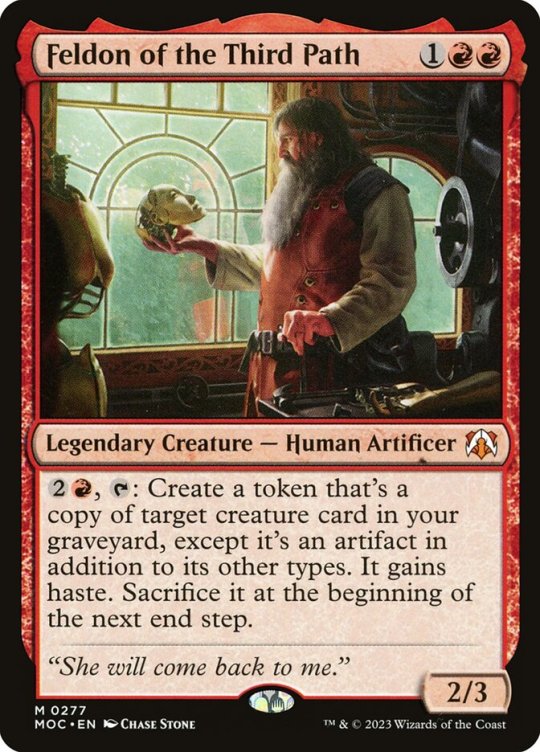
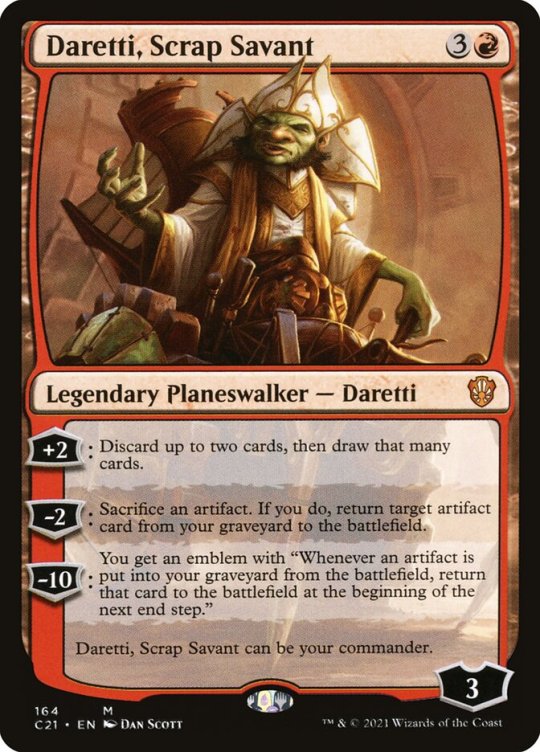
In fact White, Black, AND Green all greatly value knowledge in their philosophies, but just in their own different ways.

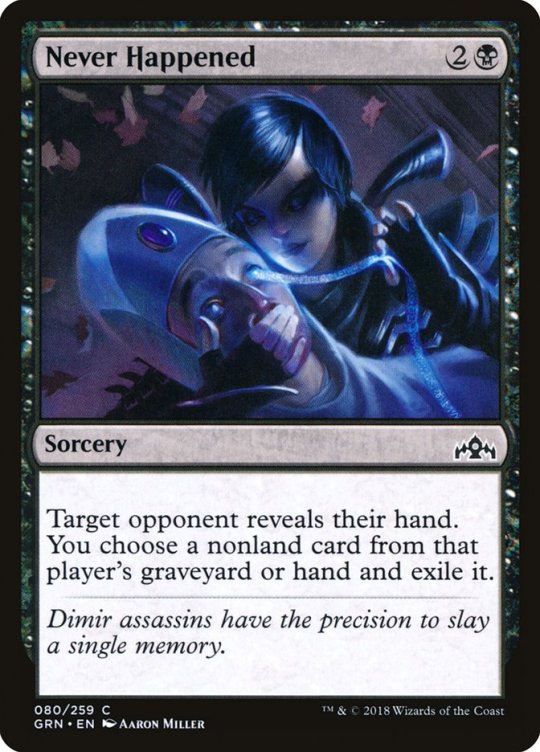

Now it is important to acknowledge that personal philosophy can influence traits or personality even if they aren’t one to one. You don’t need to be super emotional to be Red aligned but, since Red is all about following your heart and doing whatever your emotions tell you one could argue or acknowledge a Red aligned character is more likely to act emotional. So one could argue that a Blue aligned character may be more likely to come off as smart or knowledgeable because they are likely to reward themselves for going out of their way to seek knowledge and information, and a Black character is more likely to seem powerful because they have a philosophy that rewards being power hungry. However, there can easily be an overly emotional Blue aligned character who struggles to control their emotions, sees their emotions as justified, or feels that they aren’t letting their emotions control them even if they actually are(people are weird and aren’t always perfectly rational. Sometimes people convince themselves that what they are doing fits in line with their world view or is justified). I would also be remiss not to mention the impact Magic’s cards themselves may have on the general public’s perception of a color. It is important to remember that most(but not all) cards are depicting things from their associated color(s) perspective.

So the reason Blue cards may often come off as “smart” is the same reason so many White cards may invoke heroism and all kinds of heroic and “good” traits. That’s how the color itself tends to view said action or person being depicted on the card. Blue wants to be smart and make the most calculated and logical moves by utilizing all the information it has available. Also, being Blue doesn’t mean you are well rounded in your knowledge or have a perfectly even field of expertise on almost all subjects while spouting fun facts the entire time. Blue is ultimately all about using knowledge to better yourself so if your best self involves idk becoming an artist or something then one may tend to seek out information regarding art and art techniques and is less likely to go out of their way to understand how a car engine works.

I mean, yes Blue will argue you should obtain knowledge as you can because you never know if it will be useful or reveal something you didn’t know would help you(I mean I’m sure everyone has heard stories of how say a football player learning ballet helped them play football better and the like) but Blue also acknowledges that most people have limited time and resources. Which in its eyes, making careful and considered decisions through knowledge in order to avoid as many mistakes as possible and make the best decisions possible is so important. Not everyone has the time to read through an entire library so it is important to carefully pick and choose what you want to do so you can better yourself. Additionally, Blue isn’t even saying you need to be good at everything. Your best self may specialize in a very specific category or may not be a jack-of-all-trades. The point here is that Blue philosophy isn’t one that is just about being the smartest person in any given room. It is about self-improvement.
#mtg#magic the gathering#color pie#color philosophy#mtg article#TheTasteOfMagicTheGathering#TheFlavorOfMagicTheGathering#Douglysium
12 notes
·
View notes
Text
The Flavor of MTG’s Color Pie(Part 1/4(Reuploaded))
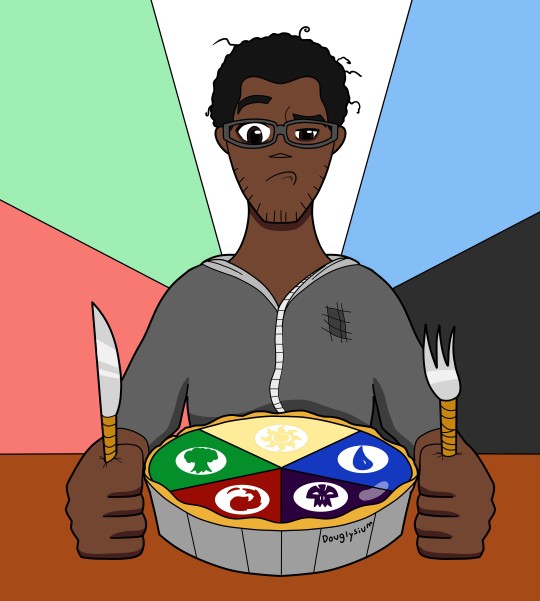
Introduction
So, I have since finished my little miniseries on the tribes of Innistrad and how their color philosophies express them in their culture, story, and mechanics, and I really enjoyed talking about it so I figured I would write some stuff on the factions as we see them on different planes and how the color philosophies manifest within them.
I have also realized that this article is way longer than I thought it was going to be so I’m going to make a different version that splits each section into parts.
Before I move on if you want to see my previous(much shorter) MTG articles covering the tribes of Innistrad then you can view them here- https://douglysium.tumblr.com/tagged/TheTasteOfMagicTheGathering. If there’s a specific tribe you want to read about then you can view them here.
Werewolves- https://douglysium.tumblr.com/post/662623213059276800/the-taste-of-innistrads-werewolves
Humans- https://douglysium.tumblr.com/post/662755543203643392/the-taste-of-humans-on-innistrad
Angels- https://douglysium.tumblr.com/post/663299115099308033/the-taste-of-innistrads-angels
Geists- https://douglysium.tumblr.com/post/664030257036361728/the-taste-of-innistrads-spirits
Zombies- https://douglysium.tumblr.com/post/664566115054256128/the-taste-of-innistrads-zombies
Vampires- https://douglysium.tumblr.com/post/664656723908362240/the-taste-of-innistrads-vampire
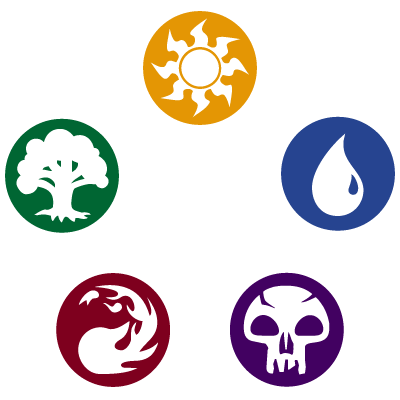
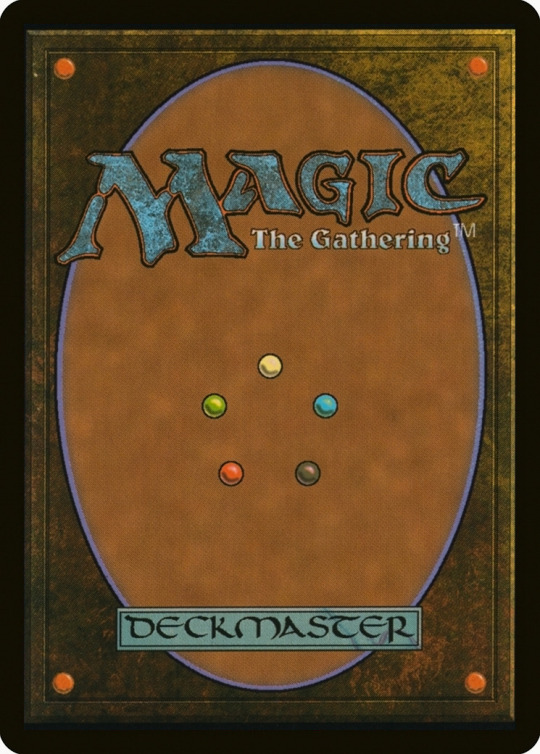
I could basically talk all day about the Color Pie if you caught me in the mood, and it turns out I am in the mood.
Although, before we jump straight into the philosophies themselves I decided to make this little intro first to cover my overall goal with this piece. The idea behind this is that it’s basically a housekeeping article. I take what I feel are some important overarching things to consider no matter what color or mechanic you are looking at and try to summarize them so I won’t be forced to repeatedly explain the same concepts over and over, and we can spend more time looking at the aspects that are more specific to each color.
As for what this series covers? Well, my first goal is simply to give my own explanation and thoughts about how the colors work but I also want to look at both the philosophical, and mechanical/gameplay sides of each color and how they tie into each other. I want to look at flavor questions such as how a White-aligned character may act or why this Green-aligned character may not like that Green-aligned character or how a faction’s color alignment can tell us about its goals and priorities, and gameplay questions like “Why does Blue draw so many cards? Why does Red have Haste? Why is Black always bringing stuff back from the graveyard?” etc. I do plan to still cover the color identities of factions within Magic’s multiverse eventually, probably between color articles to keep things interesting, but for now, our focus is on the colors themselves as I feel this creates a good foundation for any future tribe or faction based analysis, since if anyone is ever confused about something I bring up regarding colors in general then they could probably check them out here.
I should also mention that I’m definitely not the first person to cover the philosophies of the colors. You have people like TheManaSource, Dicetry, It’s Not Good, Lorely Writes, and even people who literally make Magic the Gathering products at Wizards of the Coast themselves, like Mark Rosewater, have plenty of blogs, videos, and podcasts that cover it. In fact, as I’m writing this Mark has recently made a convenient compendium of all his Color Pie related stuff, which you can check out here → https://magic.wizards.com/en/articles/archive/making-magic/lets-talk-color-pie-2021-10-11.
So at the end of the day, my goal with this article is to 1. Summarize and go over some general overarching themes or questions regarding the colors, 2. Act as the groundwork for the rest of the series and 3. Hopefully, allow me to explain why I personally love the Color Pie. So let’s begin.
The Color Pie in General
So first off, what does it even mean to be aligned with a certain color? Well, basically the gist of each color is that they represent a character’s core values and, by extension, their ideology. An example of this would be how Blue believes that the most important thing in life is being the best you one can be and that the optimal way to achieve that is through gaining knowledge, meanwhile Red believes the most important thing in life is to follow your heart and do what you want. What determines what color alignment someone/something falls under is not necessarily the state of their existence or even their personalities but rather what they believe in and value. I mean yeah, goblins are often Red-aligned and different species or tribes within Magic tend to share one or more colors for various reasons, such as culture, but this isn’t the end all be all mind you. Being human doesn’t mean you have to have White in your color identity, and just being a living thing isn’t enough to make you Green-aligned, and simply being hungry and wanting to eat or just feeling emotions does not guarantee you are of the Red-alignment. Heck, if you want to go back to the second point, we have even seen robots with Green in their identity. Which I know may surprise some considering how often it can destroy artifacts and how much it holds nature in high regard.

When it comes to the point about personalities, what I mean is that while it is true that a character’s personality can give you clues about what someone’s/something’s values is there is quite a bit of nuance to it. A common example we are given to help prove my point is that just because someone is super organized does not mean that they are aligned with White, but if they VALUE organization and the greater good they might be White-aligned(by extension I suppose this would also mean you can have messy or slovenly White-aligned characters). A mistake that I feel happens relatively often is that I see people assuming that a color has a sort of monopoly on a concept, behavior, or trait. For example, Red is the color that values emotion the most. So some people may look at Red and determine “Ok, so every card that depicts strong emotions, or an emotional moment has to have Red in it right?”

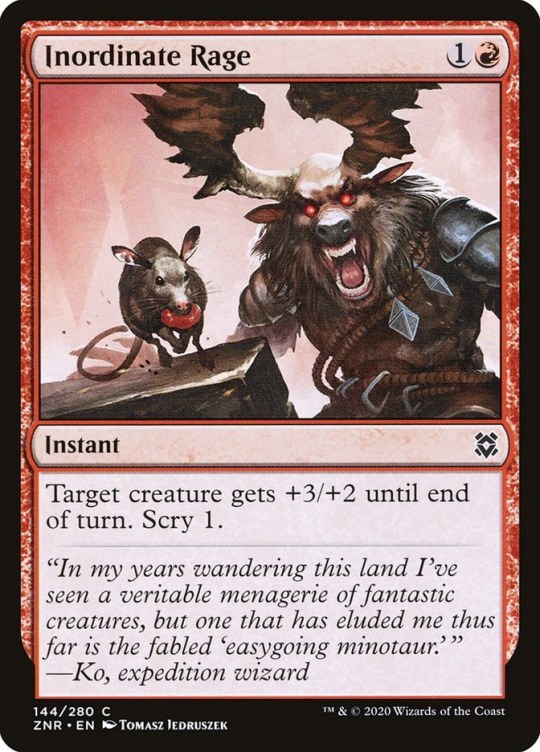
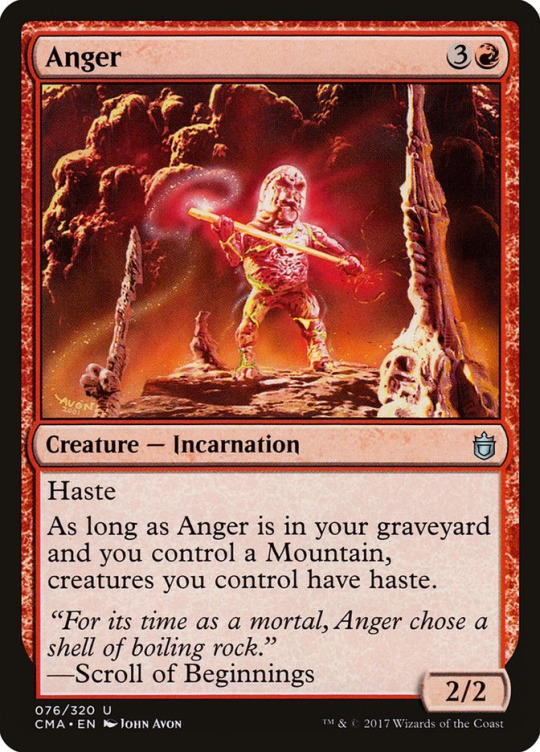

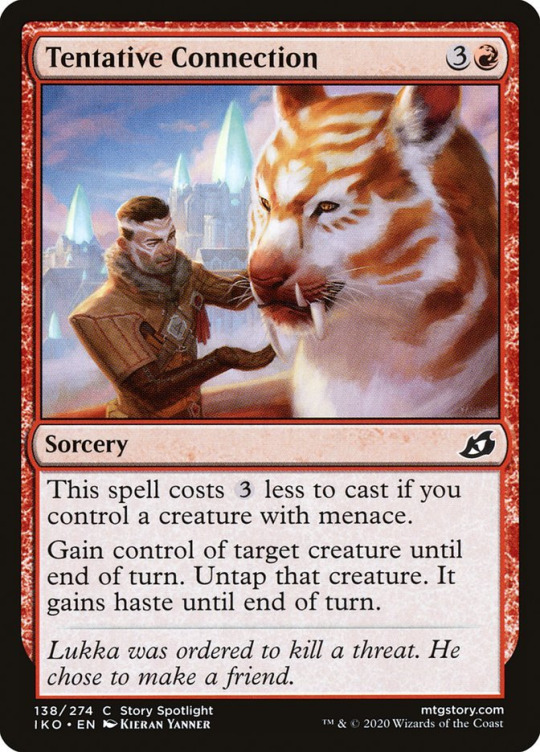
Well… no…
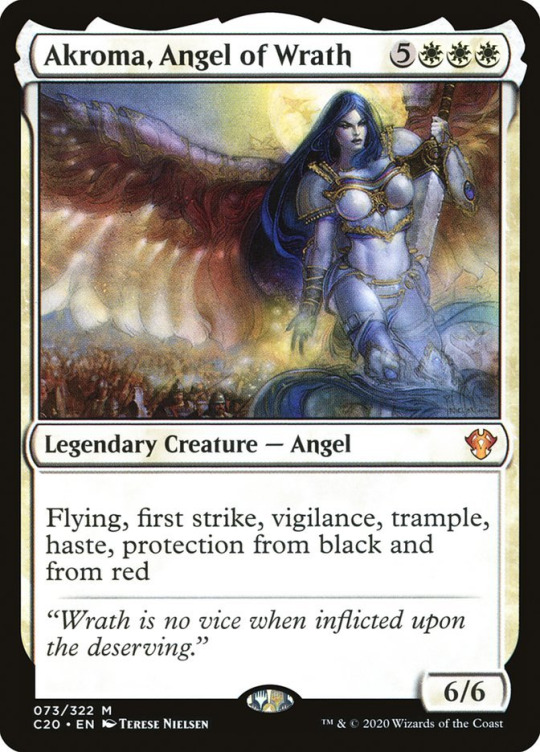
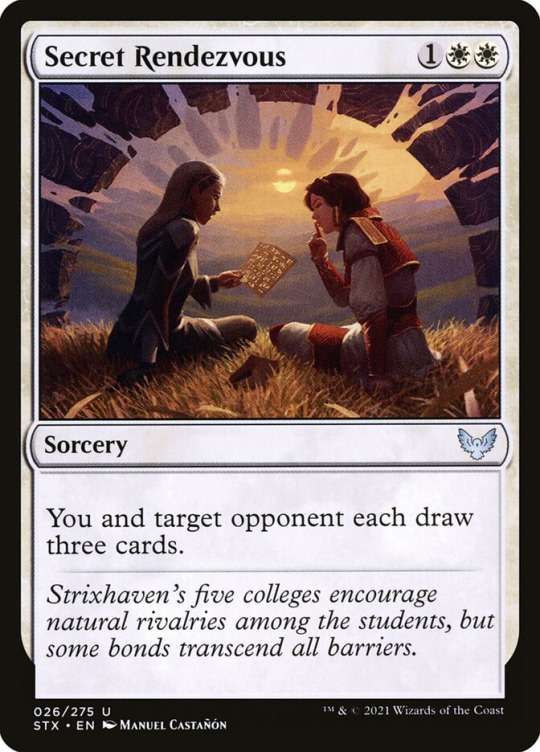

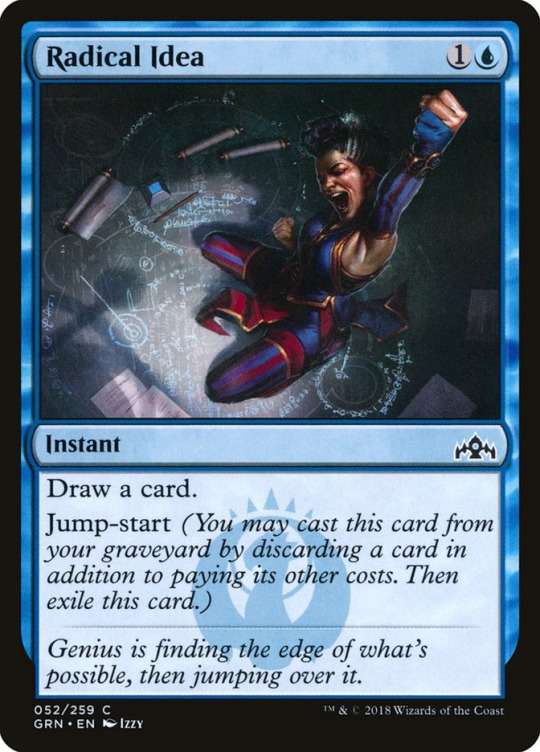



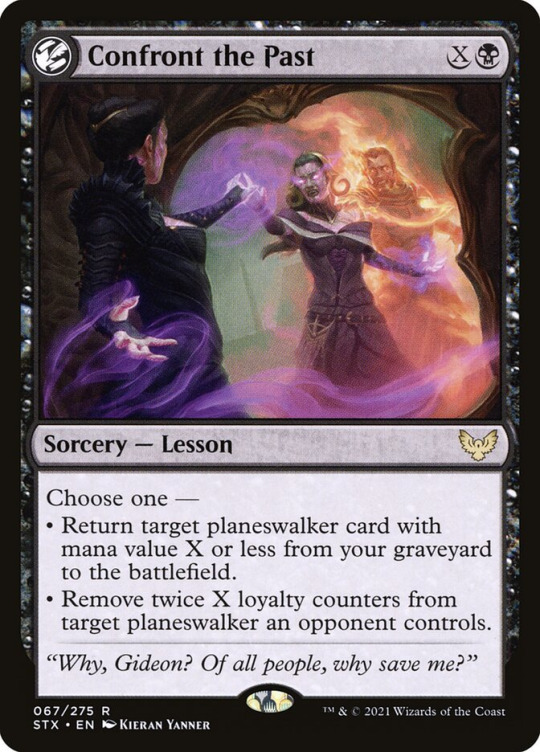

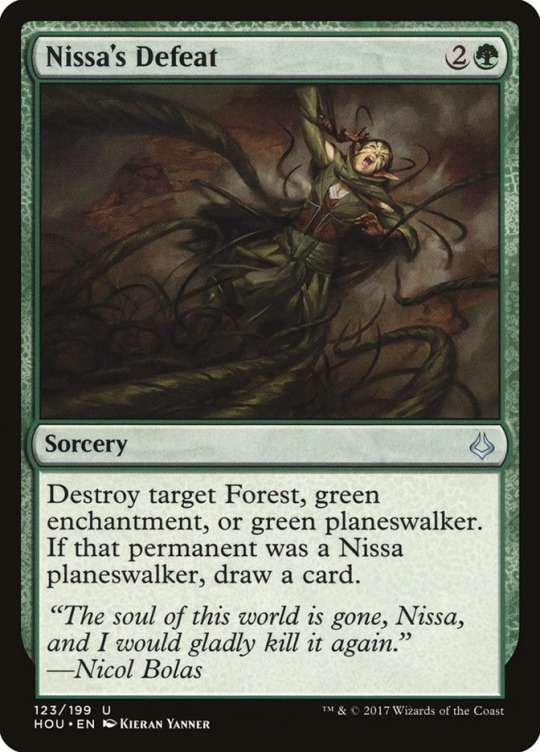
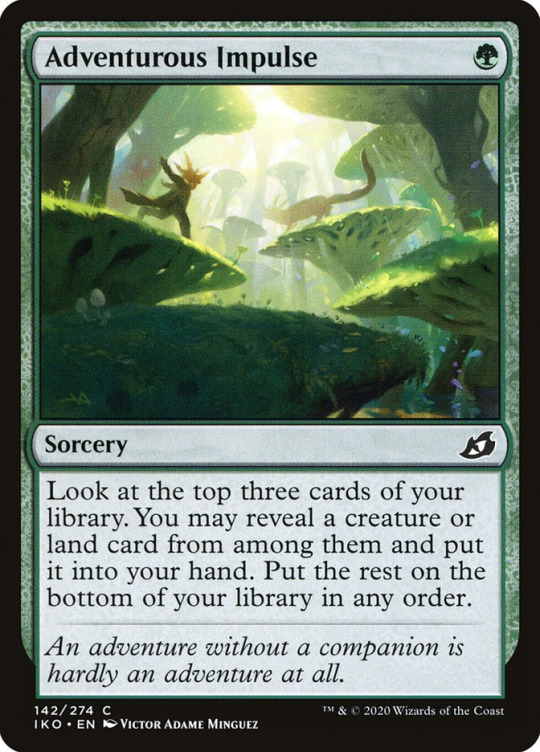

Now don’t get me wrong, Red is clearly the MOST LIKELY to have cards depicting strong emotions due to its belief that you should follow your heart first and foremost. However, that doesn’t mean that the other colors don’t have any emotions or can’t have emotional moments. What tends to be more important when looking at the colors as a whole is not only whether a character within that color has emotions but how they view their emotions and the emotions of others.
Let’s say you have two characters that are both really really angry. We will refer to these characters as John and Jim. John hates bottling up his emotions or holding them back. He believes that you should follow your heart if you want to be happy in life. So when John gets angry he doesn’t pull punches. If someone pisses him off he’ll simply fight them and say something like “Well he shouldn’t have pissed me off,” or maybe he’ll just scream at them and storm off. Both of these outcomes are equally likely.
On the other hand, there’s Jim. Jim is also super emotional but he has a strong moral code. He argues that it’s wrong to get into fights with people when it can be avoided and that you shouldn’t let your emotions control you or else you may end up causing a lot of unnecessary pain for both yourself and others and that’s something he abhors. So when Jim gets super angry he may raise his voice a bit but he will avoid throwing the first punch and will usually go home and do jumping jacks as an outlet for his anger.
Now as many can probably guess in this example, I think it’s safe to say that John is of the Red-alignment in some way while Jim is of the White-alignment in some form. John is someone who believes in following his heart and thus will prioritize what he feels and wants above basically everything else in a given situation. Jim is also an extremely emotional character but he prizes morality and peace above his emotions and is thus more willing to put off things that he wants to do(like punching someone in the face or yelling) for the greater good, or the good of the many. The point I’m trying to get across here is that it’s not that all White or Blue-aligned people intrinsically hate emotion in all its forms but rather they disagree with what Red values and how it reacts to emotions, and by the same token Red has a problem with White and Blue’s priorities. It’s also important to take into account that no one is perfect. It is possible for Jim to get so angry that he fails to properly contain his emotions and he ends up punching someone or getting into a fight. However, due to the philosophy of the White-alignment, I think it’s safe to say that he would probably feel bad about it or at least consider it a mistake/failing on his part in some way. Hopefully, you get what I’m trying to say, the color alignments don’t have a monopoly on concepts like emotion, order, intelligence, greed, concern for one’s own well being, etc., and even though color may be more likely to have it be more pronounced or emphasized in their personality or actions it does not guarantee it nor does it mean that the other colors are completely restricted from having it show up in their personality. The key point I’m trying to get across here is that the best way to help determine where someone sits on the Color Pie is based on what they VALUE as opposed to personality being the end all be all. Also, it should be noted that, yes, a personality can give you clues into what someone values. I mean, if you’re someone who views forethought and knowledge as part of the ideal we should strive for then you are more likely to be thoughtful but not everyone with the same or similar philosophy has the exact same personality. It should be noted that outside factors can also affect how a character acts even if it does not change their alignment, but more on that later.
The Gist of 5 Colors
Now as with most philosophical things there is a lot of discussion and debate to be had, and honestly, I could probably write an entire book solely on Color Pie philosophy alone. However, I figured that since it might be a bit before I finish writing the next article it might be helpful to give you all a taste of what each color is all about. Also, in case you don’t know we are going to go over them in WUBRG order, and for those of you who are unfamiliar with that term, it’s short for White, Blue, Black, Red, and Green and is the order in which the colors are represented. Why is Blue represented by U? I’ll talk about that when I make an article solely dedicated to Blue.

White believes in “Peace through Structure.” That is to say that it wishes to achieve peace and prosperity through various structures, such as laws, moral codes, religion, etc. It also believes in some form of objective morality(there are just some things that are morally wrong to do and some things are morally right). White values the community and the greater good over the good of the individual, and it often attempts to use social constructs and rules in order to help as many people as it can get what they need and guide them on the right path. Now, there is an extremely important distinction in the fact that White believes that there are enough resources for everyone to do what they NEED, and not everything they WANT. Which ultimately ties into White’s theme of sacrifice. Since White believes in putting the greater good above personal/selfish needs it argues that sometimes sacrifices are necessary for the bigger overarching goal. Also, when I say sacrifice in this case I am not solely referring to giving one’s life for a cause, although that can happen, I also mean sacrificing more mundane things like one’s time, money, making sure to avoid going to massive gatherings in order to help prevent the spread of something like a disease or sickness during a pandemic, even if that one party looks rad as hell, and other similar things/concepts. Before I continue, one thing that’s important to remember when looking at all the colors is that none of the colors are inherently good or bad. I mean yes due to White’s moral bent it will basically always want to do the right thing and even if it’s in an antagonist/villainous role it will usually believe it is doing the right thing because… I mean White genuinely does want to help and do the right thing, but at the end of the day intentions can only take you so far. You could also argue that certain colors are more likely to commit acts that a majority of people would consider “bad” or “evil” but again none of the colors are necessarily only negative traits by default. So in order to help get this point across I’ve decided to list one strength each color has as well as one weakness. I will go into more detail regarding each color’s strengths and weaknesses in future content.
One of White’s major strengths tends to be its teamwork and organization. Due to the fact that White prioritizes structure and the needs of the group it tends to be good at working in teams or large groups of people. It also often leans towards utilizing laws and/or moral codes in order to help people stay on the right track.
One of White’s weaknesses is that since it believes in the group over the individual and an objective morality it can sometimes end up having extremely black and white(get it?) view of the world can end up creating a mindset that is extremely controlling of others in an attempt to get them to fit into a strict idea of what is right and a mold that is extremely stagnant and inflexible to changing and adapting.
Some words that are heavily associated with White are peace, law, structure, selflessness, and equality.

Blue believes in seeking “Perfection through Knowledge.” An important clarification is that Blue’s philosophy doesn’t believe you can literally be perfect but rather that we should be constantly trying to improve and be the best us we can be(perfection here is a process not necessarily an end goal). Thus, in a way it can be described as attempting to achieve perfection, since what it’s trying to do is trying to get as close as possible to it. Blue argues that the best way for us to be the best we can be is through knowledge, information, education, etc. At the end of the day, knowledge is power and the key to being able to do something is to simply know how it works and how to do it. Blue believes everyone is a blank slate and that with the proper knowledge basically anything is possible. Now Blue isn’t a philosophy that’s dumb enough to argue that if you are born without wings or with bad vision you could just gain flight and 20/20 vision with sheer willpower. Rather, if you learn how flight or vision works you could do things like build a jetpack or create a set of glasses that could compensate or negate certain issues or even allow you to do new things you never thought possible. In Blue’s eyes, you only have one life so it makes sense that you shouldn’t waste it or ruin it by making shortsighted or emotional mistakes. Thus, you should carefully consider your actions and plan for the future.
One of Blue’s greatest strengths is probably the most obvious, knowledge. Due to the fact that its philosophy prizes knowledge and thinking it tends to be very good at utilizing the information at its disposal and it is less likely to make a silly or shortsighted mistake because it likes to keep the bigger picture, and the future, in mind. So even though a Blue character is capable of making mistakes they will at the very least decrease their chances of making a careless or not thought out action.
However, one of Blue’s major weaknesses is that it can end up being too passive and slow at times. It often sits around thinking and when tasked with making a choice it will try to figure out the best option. While this is often all well and good, sometimes this can lead to Blue getting “frozen” with all the choices it has. This is in the sense that sometimes they take too long to make a decision or act so they can end up not reacting to something fast enough, or in extreme cases just not end up making a decision at all. Sometimes the easiest way to get the upper hand on Blue is to simply act before it has time to think or formulate a plan.
Some of the words that are associated with Blue are knowledge, deceit, cautious, deliberating, and perfecting.

Black believes in “Power through Opportunity’’. This means that, unlike say White, Black believes that there is no objective morality and it prioritizes the self over others. This means that Black believes that there is nothing wrong with doing whatever it takes to win, no matter how underhanded, inhumane, dishonorable, immoral, or unlawful, and thus it’s priorities can be described as trying to amass as much power and strength via any opportunity that it can make or encounter. At the end of the day, Black believes that it’s power that talks and that frankly, the world is a ruthless and unfair place. While some of the White alignment may claim that those who are of the Black alignment are the reason bad things exist, in Black’s eyes it’s the other way around. People are Black-aligned because the world is full of unfairness and brutality which in turn means that it is reasonable that people do whatever they can to survive and gain power. Black isn’t always creating all the world’s problems more so playing with the hand it was dealt in life. It is also important to note that Black is not inherently evil and White is not inherently good. First of all, Black is amoral, which means that it doesn’t actually believe in any sort of objective good and evil, and second of all, from Black’s perspective, life is already hard and unfair enough as it is. Compounding that issue with a bunch of subjective ever-changing morals, limitations, laws, and traditions that you yourself or others put on you is only hindering you. Not to mention that at the end of the day, the only one you can truly guarantee to care about you, your wants, and your safety is yourself. No one else is guaranteed or obligated to look out for you so you should look for any opportunities you see or create and use them to the fullest without mercy or shame. You should do what is best for you and whatever it takes for you to survive.
One of Black’s strengths as a color is that, at its best, it can end up being the most pragmatic out of all the colors, and thus it will be willing to do what needs to be done to achieve its goals. Sometimes other colors may be unwilling to tap into a resource they consider to be icky, scary, or unholy, such as corpses that can be used to make a zombie army, but Black is a color that rarely lets resources like that go to waste.
Now, ironically this sort of ties into one of Black’s biggest weaknesses. While Black does think things out, it’s “nothing is off-limits” ideal can end up manifesting as something that leads Black to take a lot of risks and sacrifices in order to get what it wants. Black is one of the colors that are most likely to end up messing with stuff that people say you shouldn’t mess with for a good reason, and being willing to sacrifice things for an important goal can end up making backfires or misplays blow up in your face all the more. This means that sometimes the color that is most likely to defeat Black can end up being Black itself, since at its worst it’s selfishness, greed, power-hungry ideals, and “no line is a line I’m unwilling to cross” philosophy can sometimes end up shooting it in the foot immediately or down the line.
Some words that are associated with Black are power, self-interest, death, sacrifice, and uninhibited.

Red believes in “Freedom through Action.” That is to say Red believes that in order to enjoy life to the fullest you need only to follow your emotions/heart and do what it is you want to do whenever you feel like doing it. If you feel angry and want to punch something then punch something, if you’re sad and want to cry then cry, if you’re happy and want to laugh then laugh, so on and so forth. Red doesn’t even bother to promise that you won’t make mistakes or get into fights but in Red’s eyes those are just part of life anyway, so there’s no point in trying to bottle up your emotions or sit around scared to do what your heart tells you. I mean you only have one life to live so why spend it not doing the things you really want to do or not acting on the stuff you feel.
One of Red’s strengths is the fact that it often acts quickly. It often knows what it wants and because of that, it will often immediately begin taking the steps needed to get what it wants. It is a color philosophy that doesn’t like just waiting around pining after things and will try to go for what it wants.
One of its weaknesses is that it can be extremely short sighted or chaotic in a lot of situations. It prizes just doing what it wants and following, often fleeting, emotions which means that it may not always think through the consequences of actions or choice. This can lead to Red being bitten in the ass either immediately or down the line because it failed to consider the long-term ramifications of something it did.
Some of the words that can be associated with Red are freedom, emotion, active, impulsive, and destructive.

Last but not least is Green. Green is a color that believes in “Growth through Acceptance.” Green’s philosophy argues that one is born with all they need to be fulfilled and by extension nature has all we need to live a complete life, one just needs to embrace it. It believes that everything is born with a purpose, wolves are born to hunt, deers are meant to be prey, birds are supposed to fly and grass needs to grow. Now, it’s important to remember that Green does believe that things can change, as nature itself is something that evolves and changes over time, but in its eyes such changes should either occur naturally and/or help you better realize your role in nature and the grand scheme of things. If you were born a sparrow then that means you were born to fly and can learn better ways to fly for example. Due to these themes of acceptance regarding your place in the universe and the natural order Green is a color that is tied strongly to things like destiny, divine purpose, and/or many other forms of predeterminism. Green advocates that, instead of fighting against our natural place, we should simply accept them as they are and come to terms with the fact that there are things we just can’t change and some things we can’t fully understand. One cannot magically sprout wings if they are a turtle or become immortal just by thinking about it, and that’s just the way things are. Green is also a color that is strongly connected to the past, tradition, and history as one of the best ways one can figure out where they belong is to look towards the past. If you want to figure out what the role of a bear is in the ecosystem then you may want to look at how bears have impacted the ecosystem in the past or the role they played in the history of that ecosystem.
One of Green’s strengths is that its belief in the natural systems of the world/universe/planes often gives it a strong understanding and connection to nature and the things that occur in it. It is a color that can definitely really appreciate how nature works and the wonder nature can hold.
One of Green’s weaknesses is also tied to the fact that Green sees nature as the best thing since sliced bread. In a weird way, it can sort of end up putting all its eggs in one basket by being unwilling to try anything that it deems unnatural. It also means that if the nature it’s relying on is lacking in something or is too damaged/destroyed it may have trouble adapting due to it’s potentially go natural or go home style beliefs.

Before we move on I might as well at least touch on Colorless, since there are objects and characters that aren’t aligned with any of the five colors. Colorless, as the name would suggest, is the lack of any color and thus it usually represents something that doesn’t have its own ideology to speak of, such as non-sentient objects or artifacts. However, it can also represent characters who have sort of transcended the normal mana colors, such as Ugin as a spirit, or beings that are beyond the understanding of the Color Pie or normal logic, such as the Eldrazi. That’s not to say that a Colorless character can’t have a personality or some sort of value but Colorless as a whole has no consistent permanently overarching philosophy.
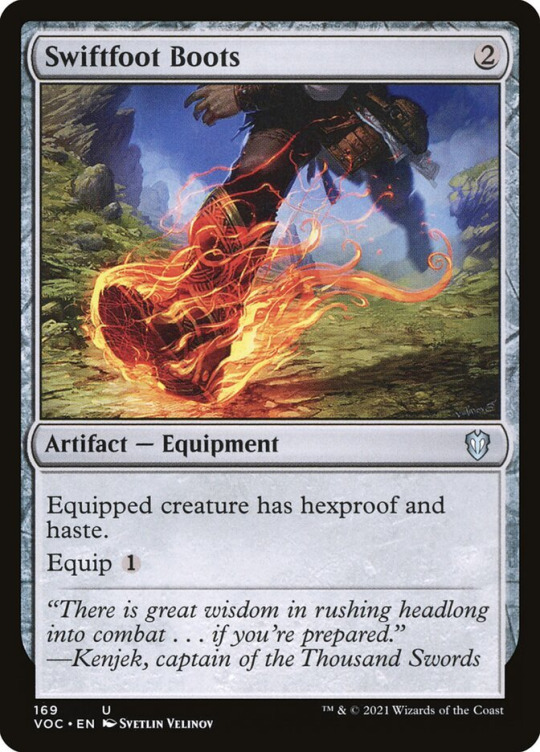
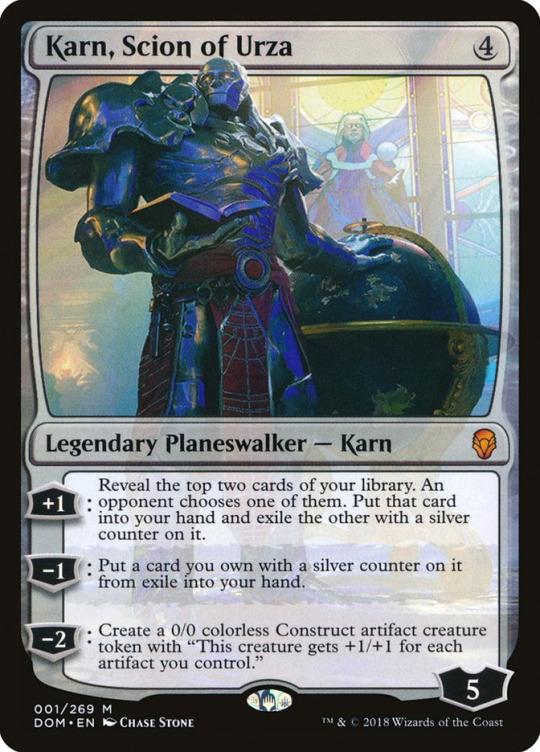
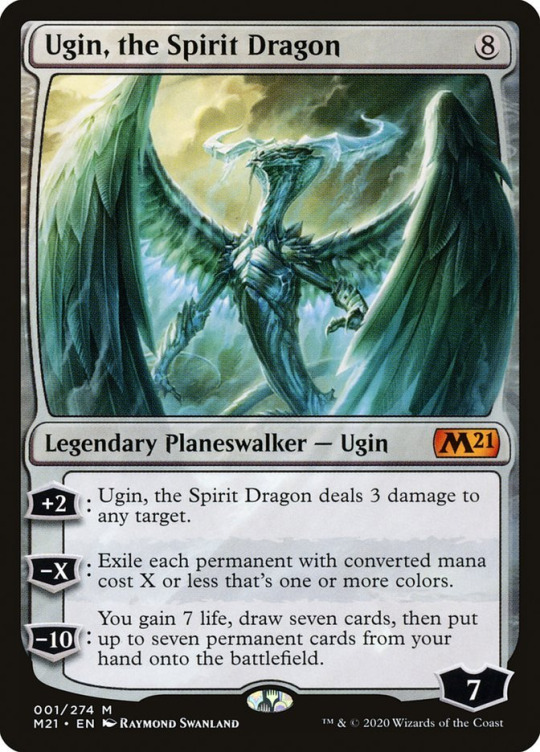
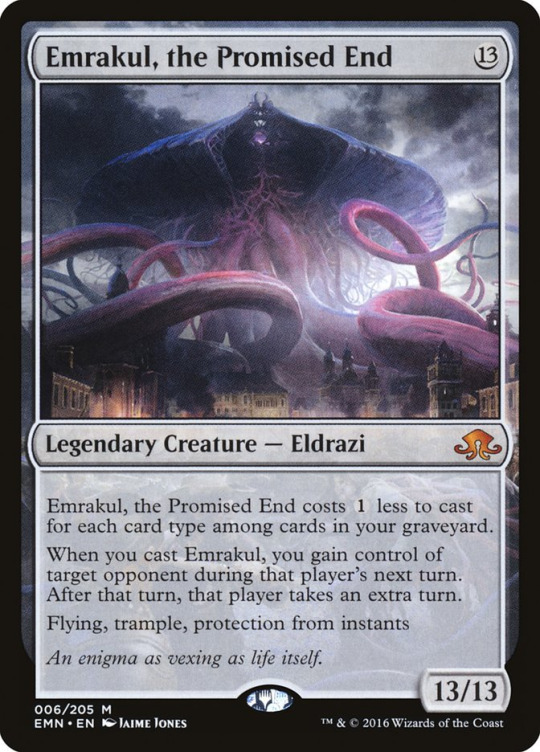
Colorless as a whole doesn’t have any philosophical upsides or downsides since it doesn’t have a coherent philosophy it is adherent to.
Also, for the sake of clarity, there do exist artifacts and objects with a color alignment, even if they tend to be less common than those of the colorless variety. These colored artifacts are either sentient while also having a strong adherence to one of the 5 color philosophies or are just heavily attuned with or connected to some color, or color combination, of mana for whatever reason.

Color Allies and Enemies
Now, earlier I mentioned the Color Pie and WUBRG(White, Blue, Black, Red, and Green) order. Well, let’s come back to that for a second. You see, each color has two of what are called allied colors and two enemy colors. A color’s “allies” are the colors that are directly next to it on the Color Pie while enemy colors are the two colors on the opposite side of the pie from said color.
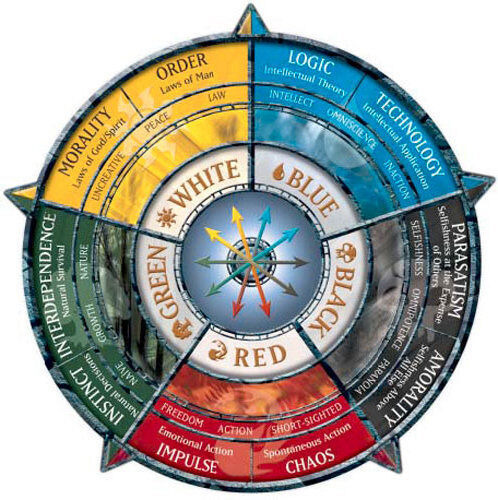
For example, White’s allied colors are the colors next to it, Blue and Green, and its enemy colors are Red and Black. As the names would imply ally colors from a purely philosophical standpoint tend to have more things they agree on with the colors they are allied with and enemy colors tend to have a lot of ideologies that directly oppose their respective enemy colors. If we go back to White we can see that one of the things White prioritizes is structure and the greater good. Green also has a sense of right and wrong like White does and it also has a sense of structure about the way things are supposed to be. Blue also likes structures that can help improve things and spread knowledge, plus it has a sense of the bigger picture and understands that you shouldn’t always put your needs and wants above everyone else. On the other hand, you have Black and Red. Black argues you should always put yourself first and look out for yourself and Red’s philosophy is that you should follow your heart and do whatever you feel like doing. These ideals directly oppose White’s ideals of the greater good and selflessness(These are just brief examples by the way they aren’t meant to be super in-depth).
Now just to be clear, just because a color is allied with another color does not mean that those colors see eye to eye on everything or always agree with each other, and even enemy colors still have things they agree on. Furthermore, not every character that aligns with a color gets along with every single character that is of the allied colors nor do they hate all characters who align with their enemy colors. I mean, yes a Green aligned character is probably more likely to get along with a White aligned character than a Black aligned one because of the fact that in general people with similar philosophies about how the world should work are usually more likely to get along with each other, but this isn’t the end all be all or a hard rule. Heck, characters that fall under the exact same color alignment(s) can be diametrically opposed. Two Blue characters may have different ideas of what perfection they should be striving for and one White aligned character may have a different definition of what’s morally good and peaceful than another White aligned character to the point where they may become enemies, see each other as threats or just simply find themselves on opposing sides of some sort of conflict.
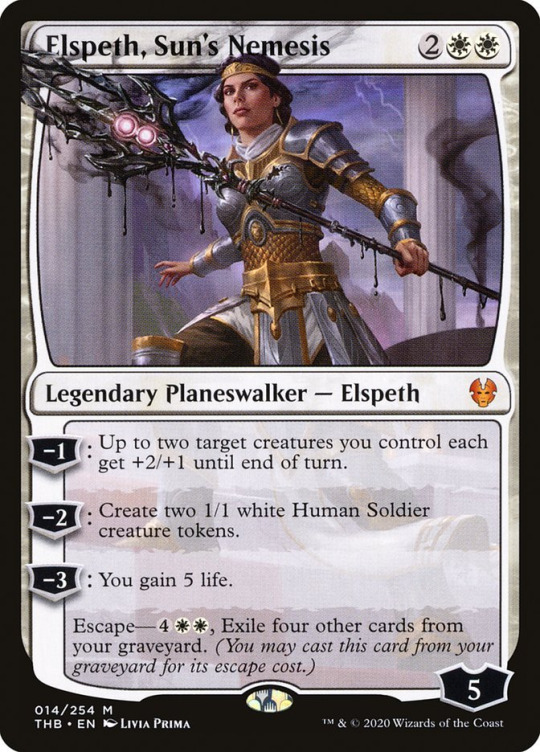

Remember, color philosophy, and philosophy in general, is not just a stock character personality. Certain overarching traits are more likely to occur due to their ideals but this does not mean literally everyone in said color alignment has them nor does it mean everyone within said color alignments embodies literally every aspect of that color. While the colors are archetypes they are PHILOSOPHICAL archetypes, not personality ones.
When it comes to ally/matching color alignments it helps to think of it this way. Does every person within a political alignment or party see eye to eye on every issue, do they all have the same exact personality? No, of course not. There may be some traits a lot of them have due to who their philosophy appeals to but they aren’t all carbon copies of each other nor do they all get along. A color’s relationship with enemy colors can be thought of in a similar way. I’m sure everyone has at least one friend who has wildly different opinions on how good a tv show is or a certain aspect of what they consider ideal for themselves, their community, or the world. Just because your opinions aren’t one to one doesn’t mean you aren’t friends.
To that end, where the color pie places each color is a sort of measurement for how well each philosophy sinks up with each other. A Blue aligned person or character can still have Red or Green aligned friends and family(just make sure to avoid talking about politics with them on thanksgiving). I mean heck, Teferi is a Blue, and sometimes White-Blue, aligned character that is in a happy and loving relationship with the Red aligned Subira, and White and Blue are about as opposite from Red as you can get on the color pie.
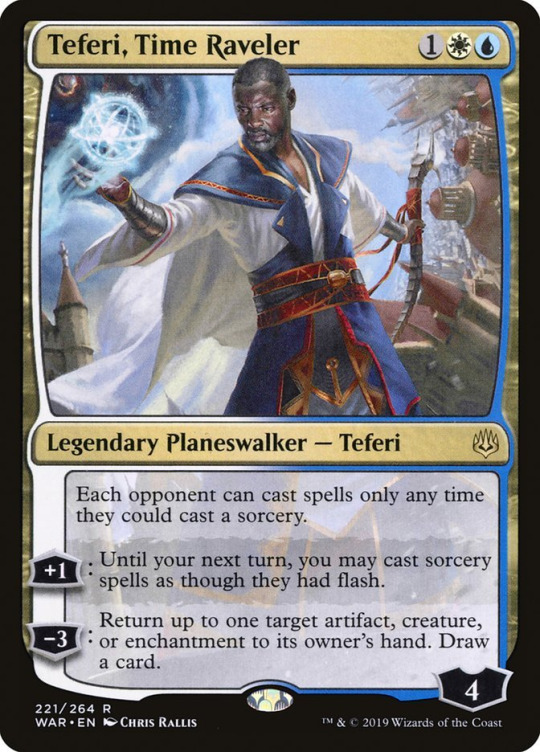

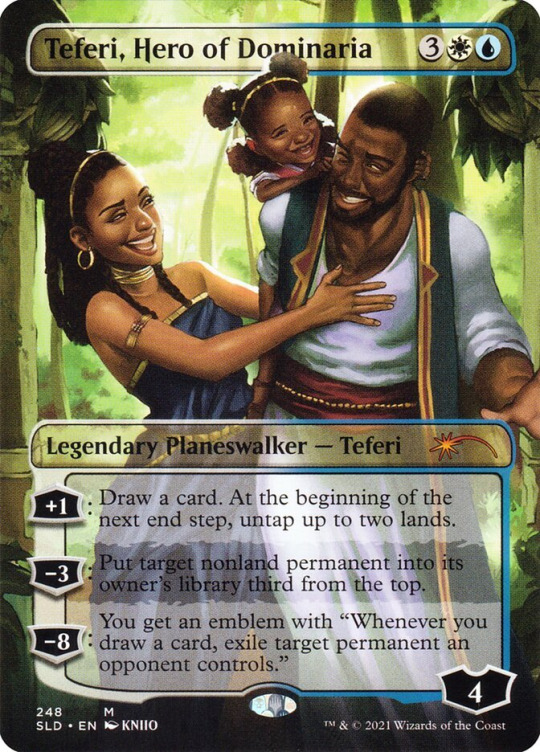
It is also important to mention that characters of various color alignments can rub off on each other in various ways without completely altering the alignment of whoever they’re affecting. You can have a Black aligned character hanging around a bunch of White aligned people and thus have them be more likely to follow whatever laws and/or rules these people make because they know that breaking them and getting caught might be way more trouble than it’s worth. Conversely, you could have a White aligned character hanging around Black aligned people who does something that could normally be considered more Black aligned or immoral due to things such as peer/social pressure without losing their White alignment.
We should also consider that not every person or character necessarily embodies literally every aspect of the color they fall under. Yeah, there are a few key aspects to the ideology which in turn makes the occurrence of certain strengths and/or weaknesses more prevalent or easier to fall into for those aligned with said colors. but not every White aligned character is uncompromising, and not every Blue character comes off as cold or emotionless to others for example. It’s just that characters in these alignments are more likely to fall into these pitfalls when compared to other colors due to their heavily moral and information-dependent values respectively, but it’s not universal or a trait literally every character will have. A lot of these potential shortcomings can also act as various forms of inner conflict, and not just an outer conflict, for characters.
Color Combinations
I might as well randomly segue into color combinations. So you don’t have to pick just one if several colors sound equally correct to you. Any person or thing can have anywhere from one to all five colors in their identity and all the various combinations that entails. Heck, as I went over previously, in Magic there are some things that don’t have any colors in their color identity.
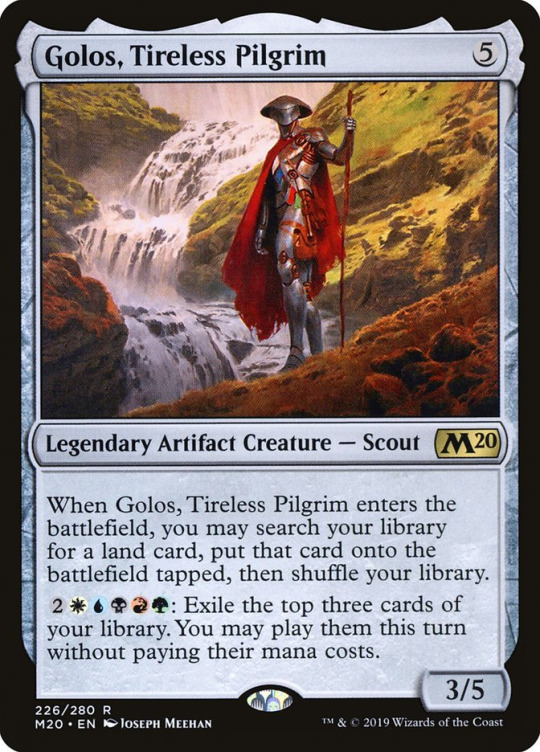
Each color combination has its own philosophy that tends to be based on the agreements of the component colors. For example, Green likes understanding nature and watching nature change and evolve and Blue also likes understanding things, knowledge, and watching things improve. So when you slap these two philosophies together you often get one that prizes things like progress and evolution.

I should also mention that just like mono-colors, there are a myriad of ways that characters with these philosophies can manifest ,and there are no hard rules about how they act or who they can be. Also, the same combination of colors can manifest differently depending on how the two colors combine. Instead of combining the progress aspect of Green and Blue, you could combine Green wanting to understand nature along with Blue wanting to understand things too in order to get a character who seeks to fully understand and harness nature to its fullest potential…
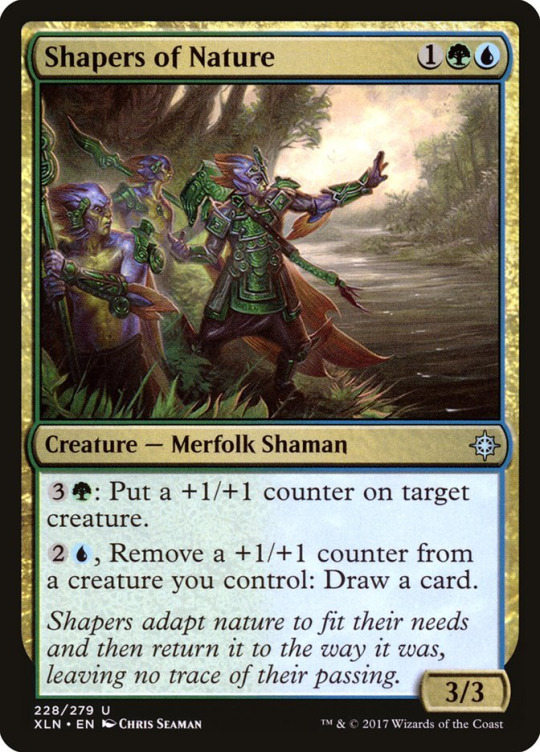
or you could take Green wanting to preserve nature and Blue wanting to preserve things for the sake of preserving information to create a way of thinking that wishes to protect nature.
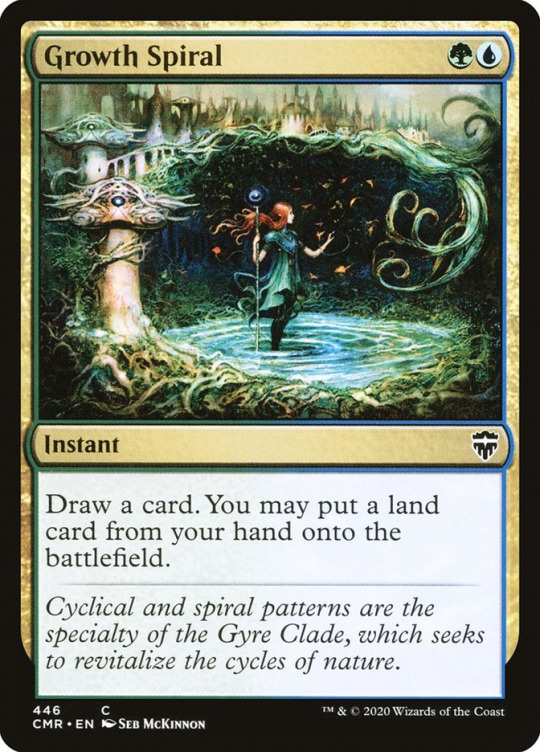
This is all without even getting into center and secondary colors by the way.
Where Colors Fall
Before we continue on, let’s quickly go back to the Color Pie in general and look into more of the specifics regarding why cards within Magic are put into certain color(s). For the sake of convenience, I have decided to make my own categories for the three general reasons that determine where a card ends up, Flavor, Mechanical and Mixed.
I already touched on a bit of philosophy and flavor earlier so I will keep my covering of the Flavor category brief. Cards that I have put in this category have their color identity based on the fact that the action, idea, archetype, or character said card is depicting is either straight up inherently a type of ideology or trait that falls under the philosophy of a specific color(s) or is something that is far more likely to fall under the philosophy of said color(s) than it would in other color identities.
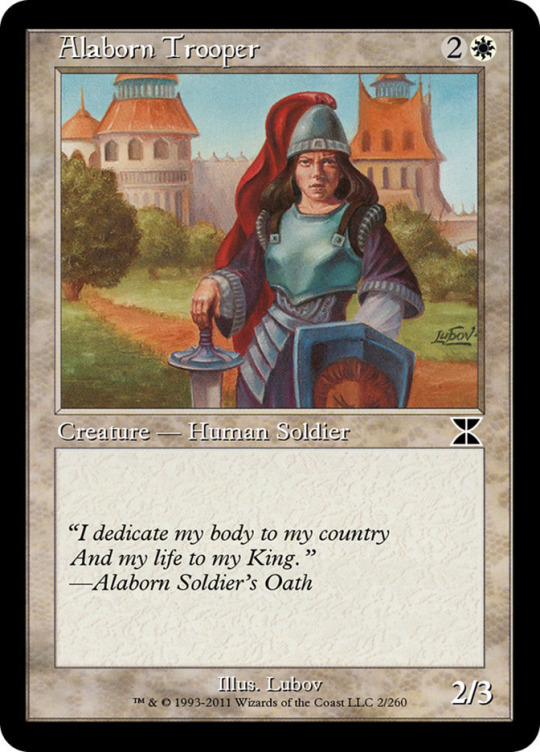


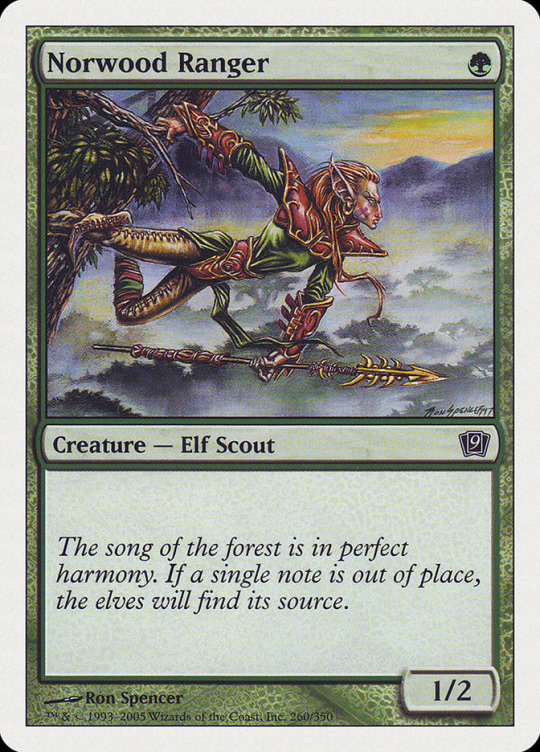
Cards that fall under the Mechanical category are there because their colors are strictly based on their gameplay or mechanics(cards that have their mechanics based solely on the fact that they are part of a cycle could also be considered a subcategory of this type). I’ve noticed that cards in this category can have actions, ideas or archetypes that don’t necessarily align perfectly with a color’s ideology or method of doing something but it’s mechanics do align with the color’s gameplay identity.
I think a good example of what I mean would be cards like Baffling End and Fateful Absence. I’m going to be honest, I don’t really know what is inherently White-aligned about a poor motherfucker just vanishing for no explainable reason, but mechanically these cards fit into White’s ability to sort of “trade” with a player by exiling or destroying something they control and giving them something in return.
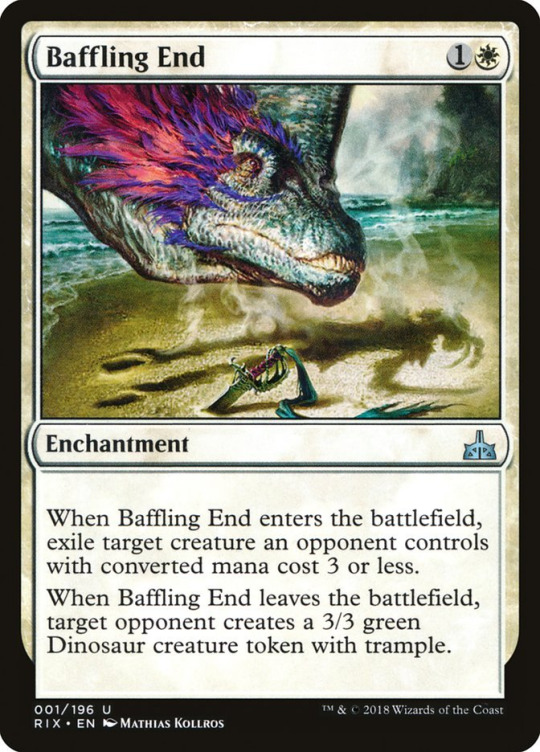
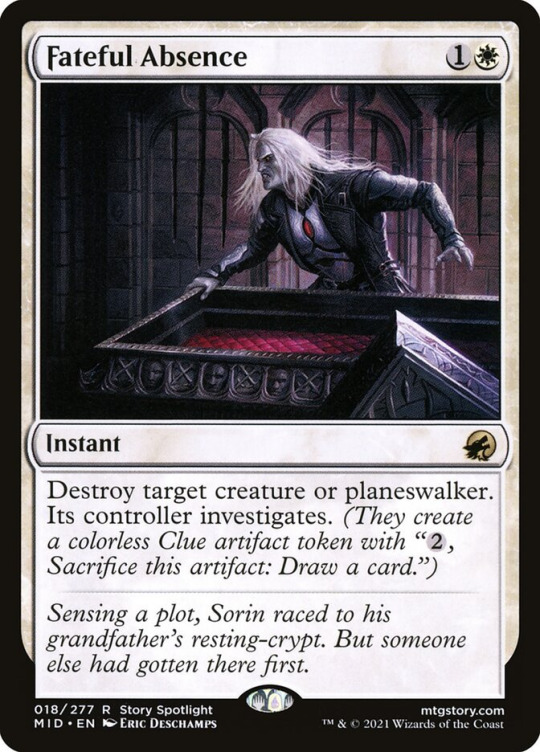
The final category is of course the Mixed category. Which is kind of just here for any cards that don’t fit cleanly into either of the previous categories.
I should mention that I don’t believe this is a perfect categorical system. MTG is very complex and nuanced at times so there are plenty of arguments to be made. For example, you could argue that Armored Whirl Turtle is of the mixed or mechanical category because having high toughness and low power does fit into like White and Blue sections of the Color Pie. These categories are a kind of simplification that is meant to help get some of these ideas and flavor or mechanic themes across.
Center/Focus and Secondary Colors
Due to all this talk about multi-colored alignments, I think it’s time to touch upon center and secondary colors.
A person or character can have one or more “center” and/or secondary colors in their color identity. For example, someone like Teferi might be both White and Blue but their center color is Blue and their secondary color is White.
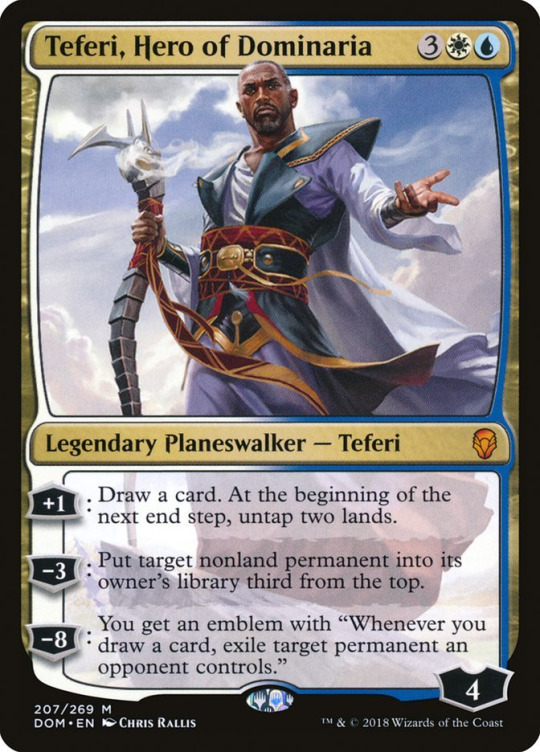

Meanwhile, someone like Kaya has both White AND Black as their center colors. I’ve also seen center colors referred to as focus colors but they are the same thing.

So what even is a center color? As mentioned earlier, multi-colored philosophies tend to be formed from what the colors that make them up agree on. However, when you assign a color as a center or focus you will have the philosophy in question lean towards that color more. The best way to explain is like this, you have a White-Blue character and their center is Blue. So they value Blue’s philosophical goal of perfection and being the best you one can be. However, the presence of White as a secondary color sort of alters how they believe that goal should be achieved. In this case, you end up having a character who tries to achieve Blue’s end goal through White’s means and way of thinking. Thus, you end up with a character who is somehow using White’s structure or morals in order to be the best they can be and try to improve the world around them. This presence of center and secondary colors adds a whole new layer of depth to color identity and can be used to better understand multicolored philosophies. As you can tell when it comes to center and secondary colors you can usually break them down into a formula of whatever the end goal of the color is + what they believe should be done to achieve it.
Now of course, like with most things regarding the Color Pie, there are a lot of nuances to be had. So I’m going to save more specific talks about what different center colors can mean when paired with other specific colors and how they can manifest at a later date. Things like center and secondary colors can have exceptions or manifest in wildly different ways.
Mechanics
Now of course I can’t claim to make a series that will cover how the Color Pie affects Magic the Gathering’s keywords and mechanics without discussing how the colors themselves influence the gameplay and game design of Magic.
Just like how each of the colors and their various combinations have their own strengths and weaknesses from a philosophical point of view they also have their own strengths and weaknesses in their respective gameplay. For example, Red is pretty good at damaging creatures, planeswalkers, players, and destroying artifacts but it usually has a really tough time when it comes to having any way to deal with enchantments. Meanwhile, Blue has counterspells to stop things from entering the battlefield, ways to bounce permanents, and to draw cards. However, it tends to be incredibly bad at destroying permanents once they are actually on the field.
It’s important to remember that there tends to be at least one exception to these mechanical rules I’m describing. Sometimes the design team just makes an honest mistake and gives a color something that messes with what’s supposed to be a color’s weakness(es).
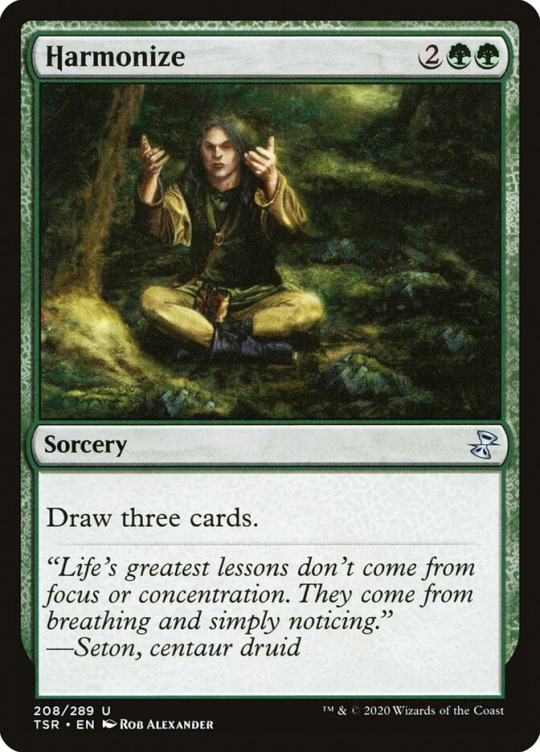
Sometimes the mechanical side of the Color Pie changes and what was once thought to make sense in a color for gameplay and/or philosophy based reasons gets changed, added, removed, etc.
One thing you should always remember, and I can’t state this enough, is that a color doing something it normally can’t isn’t automatically some sort of mistake or Color Pie break. Sometimes colors can do something but only on rare occasions, sometimes there are cards that let a color makeup for a weakness to some degree but at some sort of major cost or downside.
There are times where a set that a color is in has a theme that just ends up applying to all the other colors too. An example of this is Amonkhet’s or Innistrad’s respective heavy graveyard themes. In such sets colors outside of Black may also get more graveyard recursion than usual, in this case, it comes in the form of mechanics like Embalm, Eternalize, Flashback, and/or Disturb.
We’ll come back to Color Pie breaks and bends later. So let’s talk about mana and how it ties into the Color Pie and gameplay.
As you probably already know, in Magic there is a mana system. If you want to cast a Blue spell you need Blue mana, and you can’t just use Blue mana in order to cast a purely Red mana spell-like Shock.
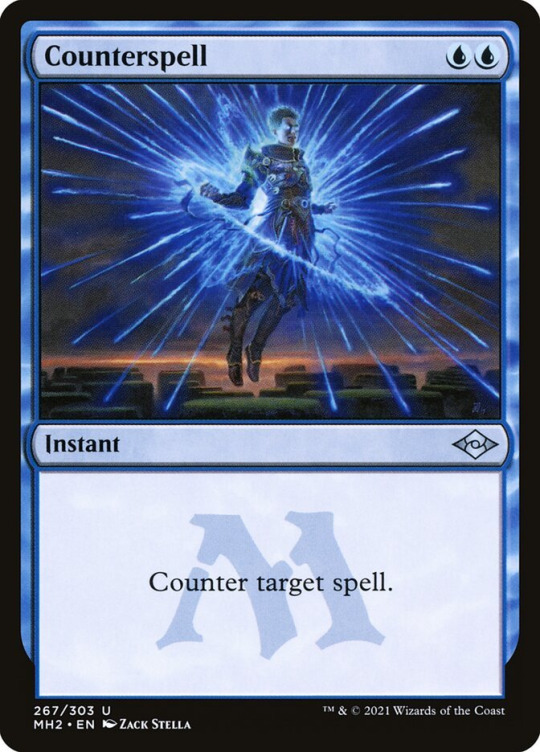
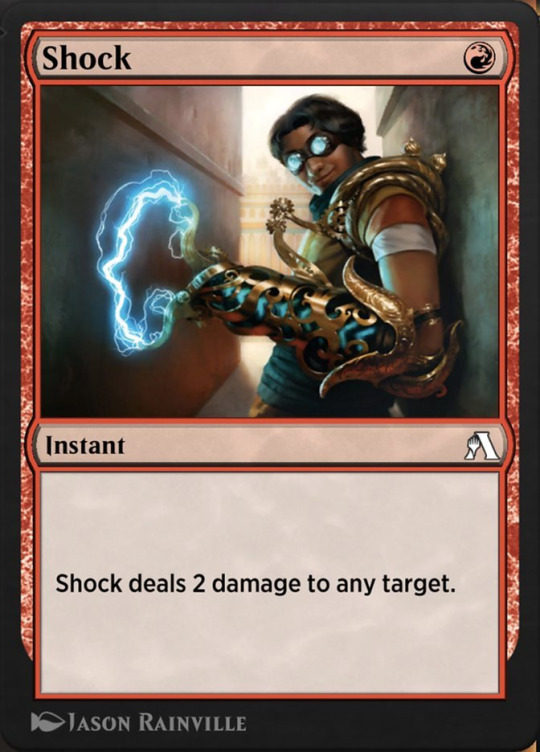
This mana system creates an interesting interaction where players must fight two competing forces within the game. One force is pushing you to play with cards and decks that have as many colors as possible. This is because every color has strengths and weaknesses and the more colors you have in your decks the more likely you will be able to compensate for, and overcome, the weaknesses of each color. You could do something like use Blue to make up for White’s lack of card draw, Red to make up for Blue’s lack of damage dealing, Black’s -1/-1 counters to help Red deal with indestructible creatures, White to help Red deal with enchantments, and so on and so forth.
However, this force comes into direct conflict with the mana system because the mana system actually pushes players in the exact opposite direction.
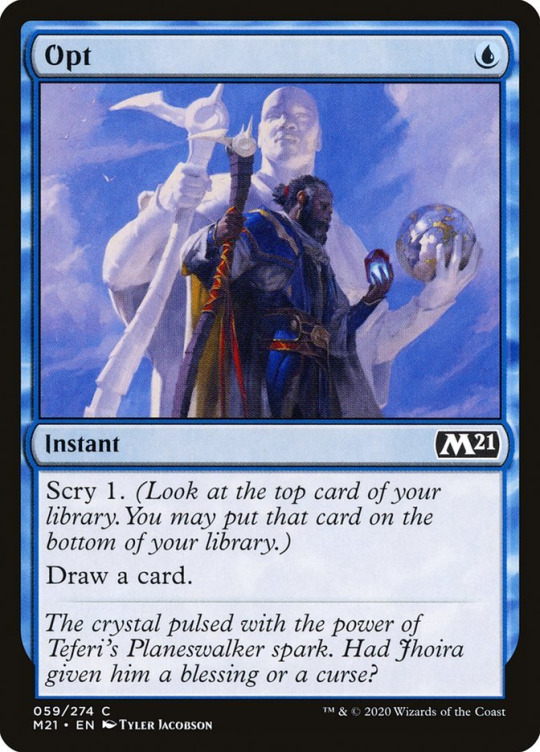
Since you can’t use the Red mana produced by your basic Mountains to pay for your exclusively Blue mana Opt and you are unable to spend Blue mana to cast you purely Green Gigantosaurus you are encouraged to stick to as few colors as possible in order to increase the possibility that you will have the proper mana needed to cast the spells you need at any given time.
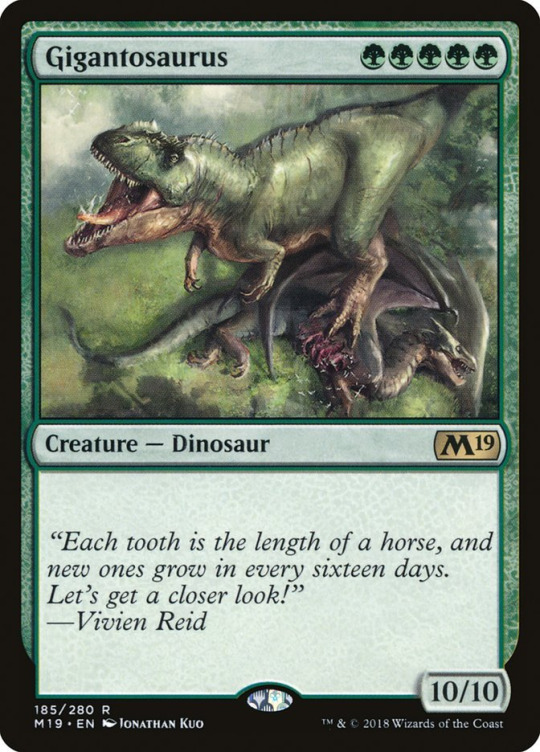
If you’re running a Mono-White deck you don’t have to worry about accidentally drawing a Mountain when you need an Island, but you give up having the presence of Red’s mechanical strengths in your deck and it may make any of White’s mechanical weaknesses in your deck that much more prominent. You are basically forced to choose between variety and consistency to varying degrees on various levels of gameplay. This helps prevent a gameplay situation where five-color decks are literally the only kind of deck worth playing in all forms of Magic until the end of time. These two opposing forces basically force(haha) the player to consider the strengths and weaknesses of each color while also deciding what is the most optimal way to make their deck consistent.
The colors also help give the players realistic expectations of how a match might play out the moment the first lands have been placed down. For example, If I’m playing against Billy and he puts a Mountain into play I now know Billy is playing Red and will likely have some form of direct damage. So I should be careful and play with those factors in mind or else I may end up being punished by having all my small and important creatures destroyed by direct damage. I should also be careful about letting my health drop too low because while a color such as White might not be able to finish me off unless it manages to deal damage with its Flying creatures, a color like Red can just damage me directly with a variety of different spells.
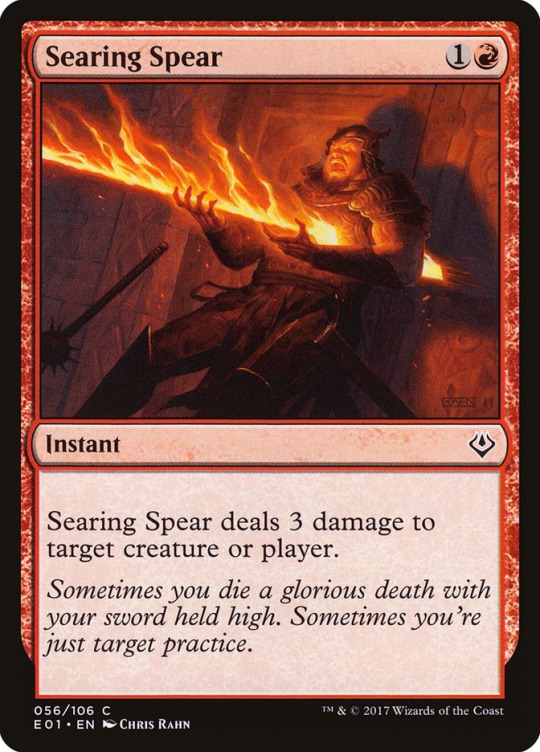
Now if Billy plays an Island I now know he’s playing Blue and that I have to watch out for counterspells. Maybe, I can trick Billy by playing a spell that seems to be important so that if he decides to counter it I can play the spell I actually need to win the game while all he’s out of resources.
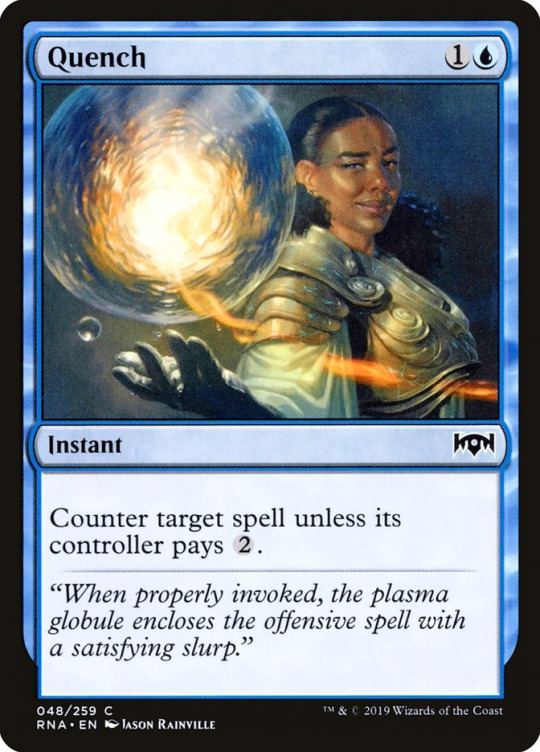
One of the things that Mark Rosewater points out is integral to game design is restrictions and limits. To a random passerby, saying something like this might come off as confusing but it actually makes a lot of sense. Let me put it this way, imagine if Magic the Gathering had no mana costs to consider, you could put any number of cards in your deck(no matter the format), all colors could do literally everything else the other colors could do with no downside, you could pick the exact cards that start in your hand, and had infinite health. Yeah, the game would fucking suck. It is very rare for a game that has no limitations to have any point in playing it. Yeah, I admit that the infinite health example might be a bit extreme. However, even without the infinite health, the version of Magic the Gathering I’ve described would literally play out the exact same every time. Most people would probably end up just running the same deck over and over with the exact same outcomes or they would probably just end up putting more interesting limitations themselves via the creation of new formats. In this way limitations actually breed creativity by forcing you to figure out interesting ways to achieve your goals(As mentioned in “Lesson #18: Restrictions breed creativity” in the “TWENTY YEARS, TWENTY LESSONS—PART 3” article).
Marro has also stated that “To design a good game, you need to understand why your target audience wants to play. And then you have to design your game to match that objective” and at the end of the day we all know Magic is a strategy card game. Part of the fun of Magic is that it’s kind of like a puzzle. It leads to moments like “Ok, I want to play these colors and what’s the best way to do that?,” “Ok, I want to play this specific card, how do I build a deck that supports it?,” or “Uh oh, My opponent played an enchantment that damages me every time I kill a creature, how do I play around it?”
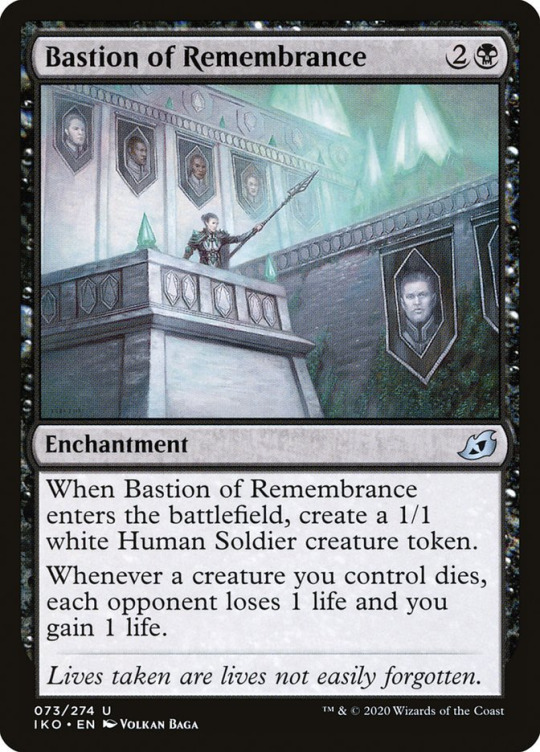
In that last example do you try to kill them before they can amass enough creatures to be a real threat? Do you focus on gaining enough life to counteract their effects? Do you build an army of fliers and try slipping past their creatures? So on and so forth.
Also, Mark does have a good point about the fact that limitations can create really fun stories regarding gameplay. I remember one time I was using my favorite historic Izzet deck and I just barely managed to win at like one health against a Mono-White life gain deck that had managed to get over 130 total life; it was just insane(I really wish I had recorded it. I’m sure almost everyone who has played Magic enough has at least one story where they barely managed to edge out a win in a spectacular fashion through a storm of luck and wits. Stories and experiences like this wouldn’t be possible without the limitations present in the general gameplay and the limitations put on each color.
Luck
I’m going to go off on a bit of a tangent away from just mechanics real quick. It’s something that I feel is important to the game and helps it in many ways and yet it isn’t talked about too often. That thing being luck.
Now, luck in games is a tricky thing. Most people don’t want a majority of their games to be purely luck-based. As that would remove any possibility of using one’s own skills to win and would make any game that isn’t the purest form of casual frustrating. At the same time, there are times where you do want to spice a game up with some luck because if you don’t do that then the game would literally play out the same way time and time again with no variation(which would get boring really fast and limit replay value). The proper ratio of luck to skill in design varies from game to game depending on its genre, mechanics, and goals but I would argue that luck does in fact help Magic as a game.
First of all, there’s the obvious fact that it prevents games from playing out the exact same way even if you or an opponent is running the same deck over and over. If people had complete control over something like their deck order or starting cards in hand then there’s a good chance that after a while any games involving that deck would play out in the exact same predictable fashion. Which would mean that the gameplay is more likely to get stale and/or you are more likely to get bored of your favorite decks.
I would also argue that luck can act as one of the previously mentioned limitations that can be ever so important to game design. It is an obstacle a player must overcome or workaround. In deckbuilding this takes the form of generally trying to make decks reach a certain level of consistency in their function and win condition by choosing the proper cards. It can also take the form of using the cards in your hand in the most ideal or strategically advantageous way, forcing the player to think of the different ways in which they can achieve their goals with different hands or situations. This also applies to facing the same opponent, since said opponents will not always cast the exact same spells, creatures, and various threats in the exact same order, if at all.
Luck is also something that helps even the playing field. It’s thanks to luck that even a five-dollar budget deck has at least a chance, even if it’s small, of beating a finely tuned and more efficient deck. Without luck, there would be very little reason in continuing to play through a game of Magic the second you realized the opponent had a more meta deck than you.
The luck system in Magic the Gathering is definitely not perfect though. We’ve all had that moment where, for some ungodly reason, you somehow mulligan three hands in a row with one land in it and games where you could have easily won if you just drew that one card that should be in your deck. The point of this isn’t to say that Magic the Gathering’s luck is ideal or perfect but I would argue that it helps the game.
#mtg#magic the gathering#color pie#color philosophy#Color Pie Philosophy#TheFlavorOfMagicTheGathering#douglysium#TheTasteOfMagicTheGathering
7 notes
·
View notes
Text


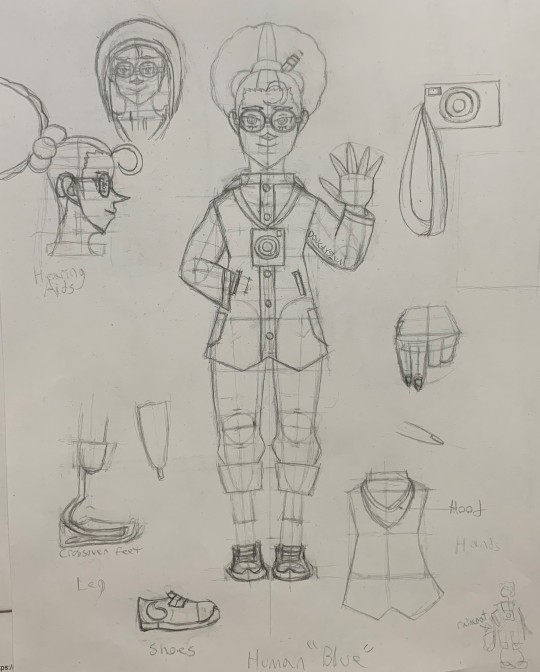
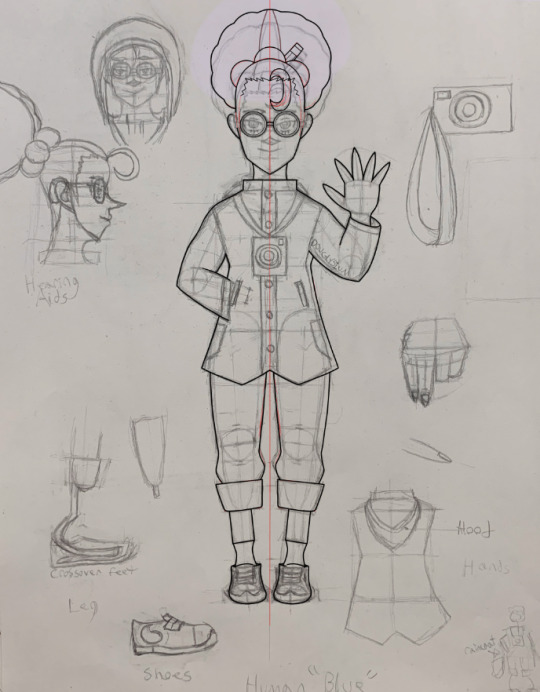
Viola W. Blewett(Human AU)
Viola W. Blewett(Humano)
ヴィオラ・W・ブルーエット(人)
Human AU version of my MTG OC.
#oc#digitalart#mtg#magicthegathering#viola#violablewett#violawblewett#myart#douglysium#douglysiumart
5 notes
·
View notes
Text
The Flavor of MTG’s Color Pie(Part 1/4(Reuploaded))

Introduction
So, I have since finished my little miniseries on the tribes of Innistrad and how their color philosophies express them in their culture, story, and mechanics, and I really enjoyed talking about it so I figured I would write some stuff on the factions as we see them on different planes and how the color philosophies manifest within them.
I have also realized that this article is way longer than I thought it was going to be so I’m going to make a different version that splits each section into parts.
Before I move on if you want to see my previous(much shorter) MTG articles covering the tribes of Innistrad then you can view them here- https://douglysium.tumblr.com/tagged/TheTasteOfMagicTheGathering. If there’s a specific tribe you want to read about then you can view them here.
Werewolves- https://douglysium.tumblr.com/post/662623213059276800/the-taste-of-innistrads-werewolves
Humans- https://douglysium.tumblr.com/post/662755543203643392/the-taste-of-humans-on-innistrad
Angels- https://douglysium.tumblr.com/post/663299115099308033/the-taste-of-innistrads-angels
Geists- https://douglysium.tumblr.com/post/664030257036361728/the-taste-of-innistrads-spirits
Zombies- https://douglysium.tumblr.com/post/664566115054256128/the-taste-of-innistrads-zombies
Vampires- https://douglysium.tumblr.com/post/664656723908362240/the-taste-of-innistrads-vampire
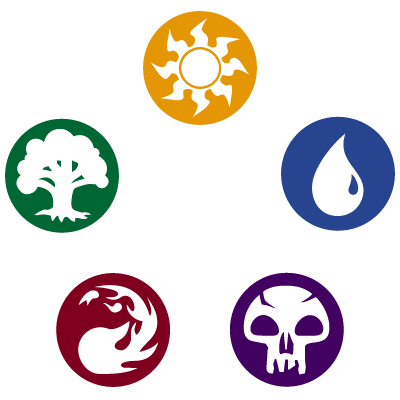

I could basically talk all day about the Color Pie if you caught me in the mood, and it turns out I am in the mood.
Although, before we jump straight into the philosophies themselves I decided to make this little intro first to cover my overall goal with this piece. The idea behind this is that it’s basically a housekeeping article. I take what I feel are some important overarching things to consider no matter what color or mechanic you are looking at and try to summarize them so I won’t be forced to repeatedly explain the same concepts over and over, and we can spend more time looking at the aspects that are more specific to each color.
As for what this series covers? Well, my first goal is simply to give my own explanation and thoughts about how the colors work but I also want to look at both the philosophical, and mechanical/gameplay sides of each color and how they tie into each other. I want to look at flavor questions such as how a White-aligned character may act or why this Green-aligned character may not like that Green-aligned character or how a faction’s color alignment can tell us about its goals and priorities, and gameplay questions like “Why does Blue draw so many cards? Why does Red have Haste? Why is Black always bringing stuff back from the graveyard?” etc. I do plan to still cover the color identities of factions within Magic’s multiverse eventually, probably between color articles to keep things interesting, but for now, our focus is on the colors themselves as I feel this creates a good foundation for any future tribe or faction based analysis, since if anyone is ever confused about something I bring up regarding colors in general then they could probably check them out here.
I should also mention that I’m definitely not the first person to cover the philosophies of the colors. You have people like TheManaSource, Dicetry, It’s Not Good, Lorely Writes, and even people who literally make Magic the Gathering products at Wizards of the Coast themselves, like Mark Rosewater, have plenty of blogs, videos, and podcasts that cover it. In fact, as I’m writing this Mark has recently made a convenient compendium of all his Color Pie related stuff, which you can check out here → https://magic.wizards.com/en/articles/archive/making-magic/lets-talk-color-pie-2021-10-11.
So at the end of the day, my goal with this article is to 1. Summarize and go over some general overarching themes or questions regarding the colors, 2. Act as the groundwork for the rest of the series and 3. Hopefully, allow me to explain why I personally love the Color Pie. So let’s begin.
The Color Pie in General
So first off, what does it even mean to be aligned with a certain color? Well, basically the gist of each color is that they represent a character’s core values and, by extension, their ideology. An example of this would be how Blue believes that the most important thing in life is being the best you one can be and that the optimal way to achieve that is through gaining knowledge, meanwhile Red believes the most important thing in life is to follow your heart and do what you want. What determines what color alignment someone/something falls under is not necessarily the state of their existence or even their personalities but rather what they believe in and value. I mean yeah, goblins are often Red-aligned and different species or tribes within Magic tend to share one or more colors for various reasons, such as culture, but this isn’t the end all be all mind you. Being human doesn’t mean you have to have White in your color identity, and just being a living thing isn’t enough to make you Green-aligned, and simply being hungry and wanting to eat or just feeling emotions does not guarantee you are of the Red-alignment. Heck, if you want to go back to the second point, we have even seen robots with Green in their identity. Which I know may surprise some considering how often it can destroy artifacts and how much it holds nature in high regard.
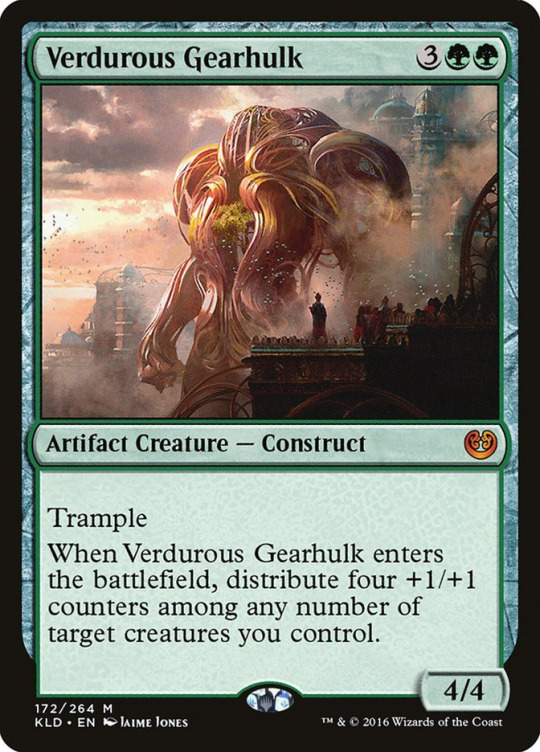
When it comes to the point about personalities, what I mean is that while it is true that a character’s personality can give you clues about what someone’s/something’s values is there is quite a bit of nuance to it. A common example we are given to help prove my point is that just because someone is super organized does not mean that they are aligned with White, but if they VALUE organization and the greater good they might be White-aligned(by extension I suppose this would also mean you can have messy or slovenly White-aligned characters). A mistake that I feel happens relatively often is that I see people assuming that a color has a sort of monopoly on a concept, behavior, or trait. For example, Red is the color that values emotion the most. So some people may look at Red and determine “Ok, so every card that depicts strong emotions, or an emotional moment has to have Red in it right?”
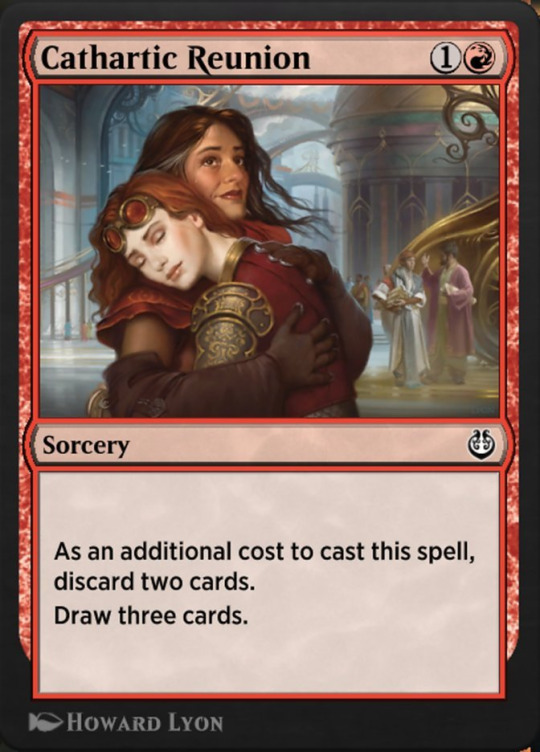
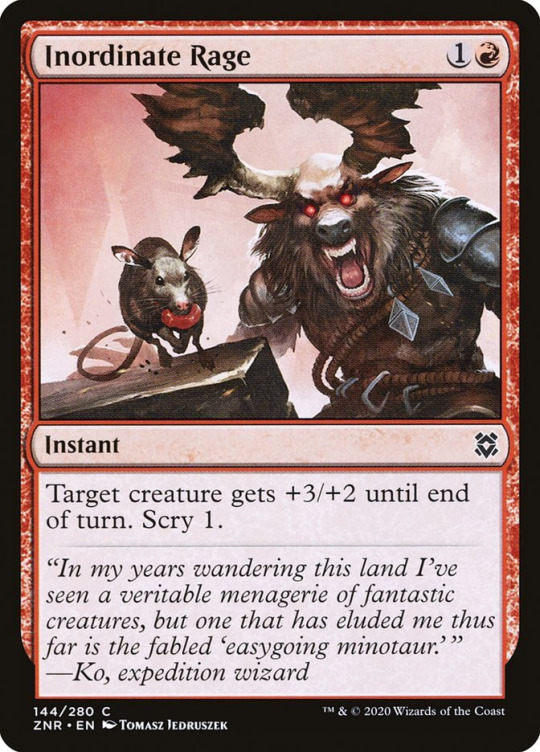
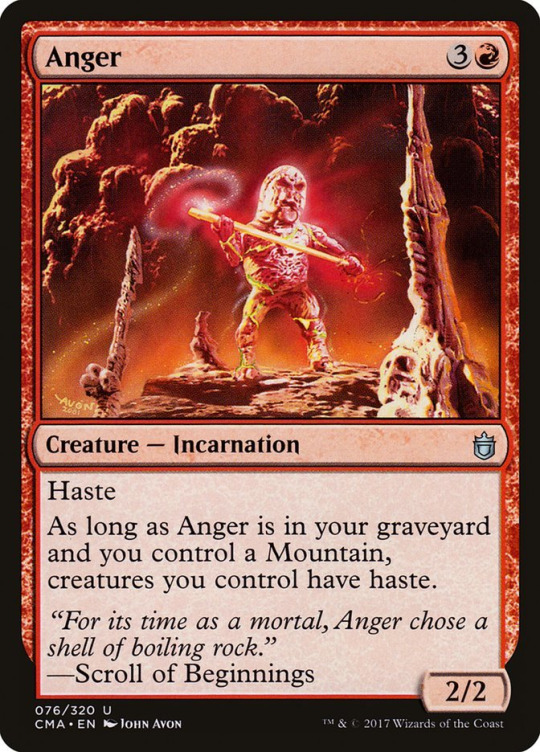


Well… no…

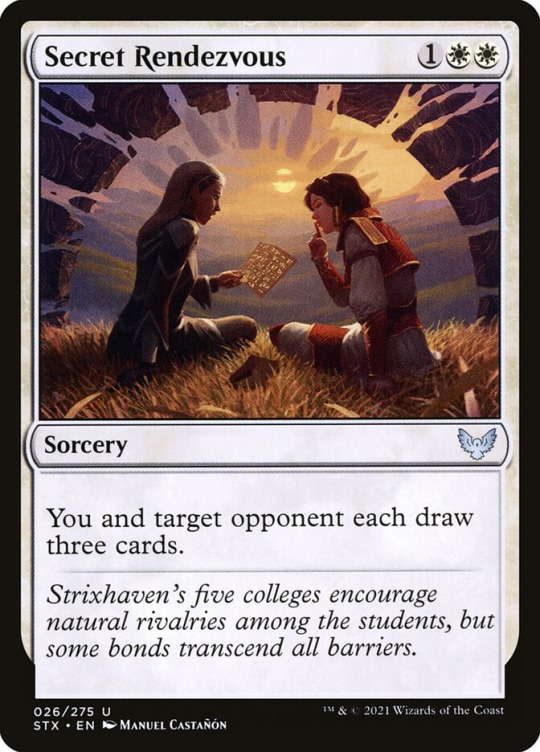
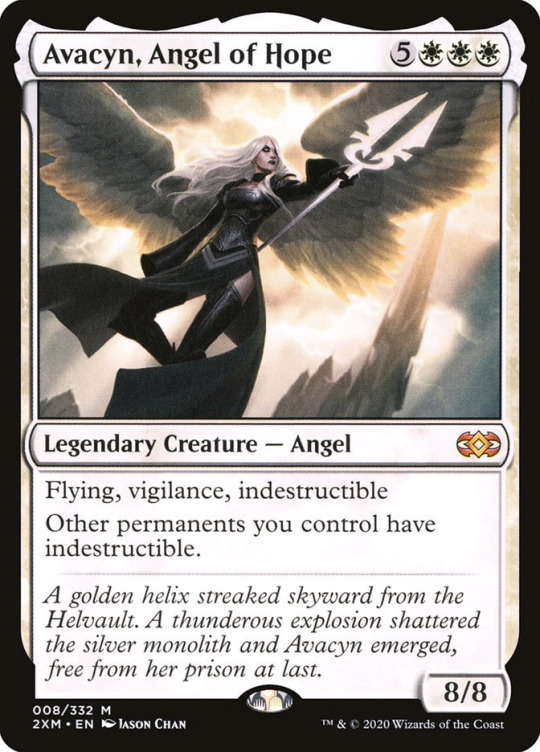

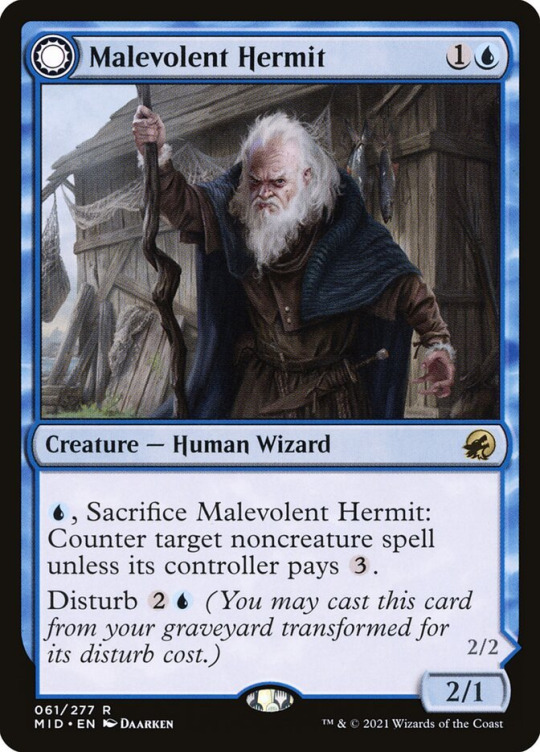
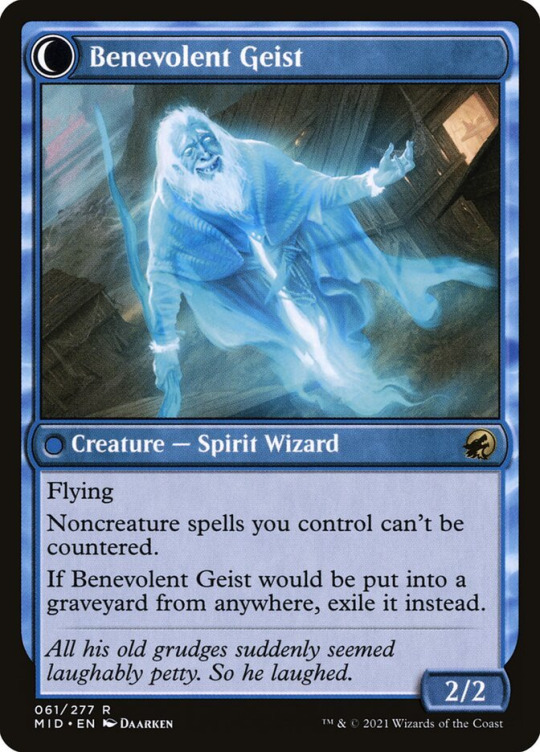
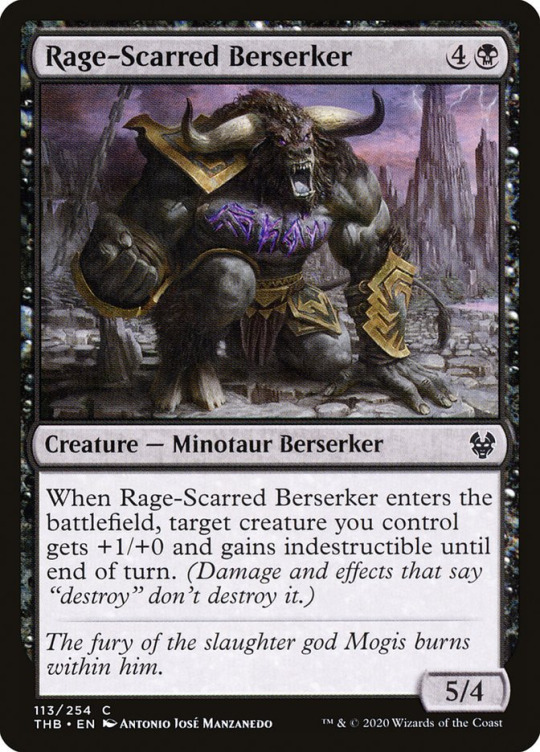
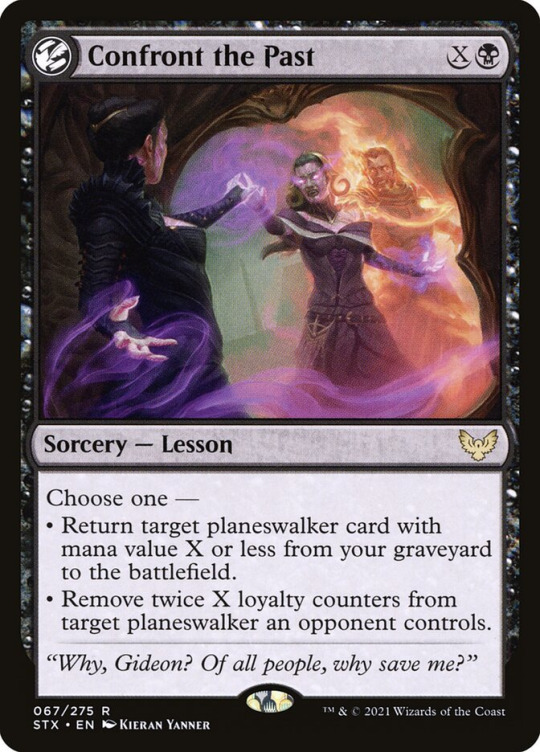
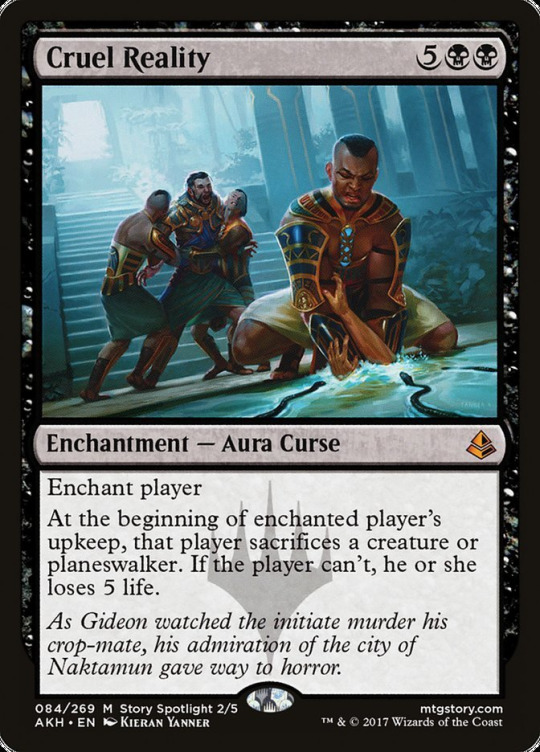
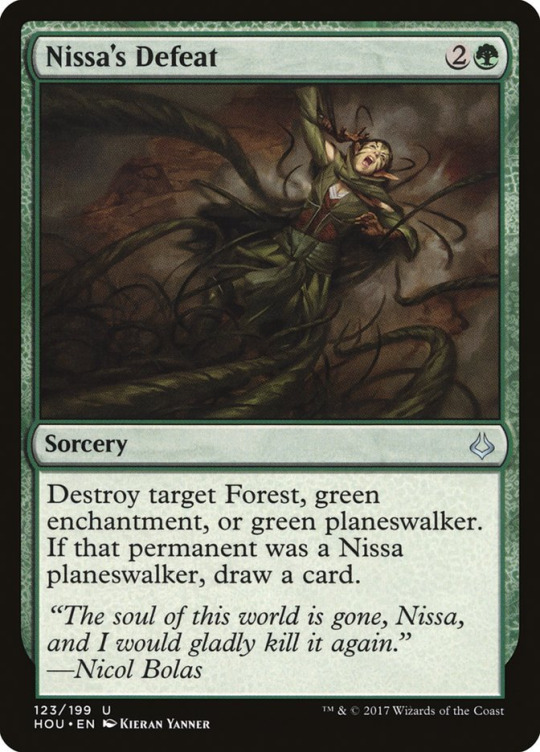
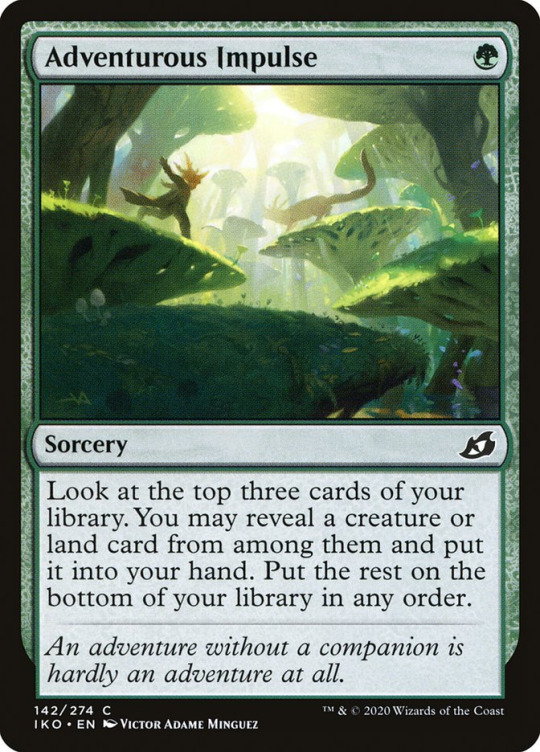
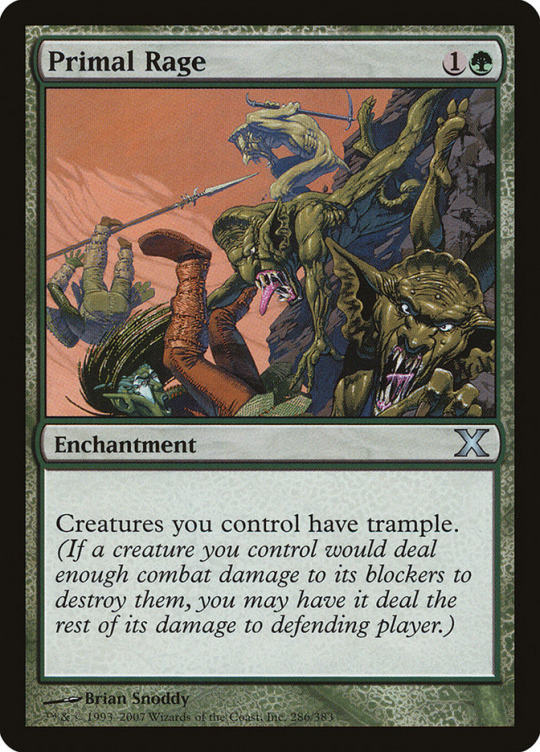
Now don’t get me wrong, Red is clearly the MOST LIKELY to have cards depicting strong emotions due to its belief that you should follow your heart first and foremost. However, that doesn’t mean that the other colors don’t have any emotions or can’t have emotional moments. What tends to be more important when looking at the colors as a whole is not only whether a character within that color has emotions but how they view their emotions and the emotions of others.
Let’s say you have two characters that are both really really angry. We will refer to these characters as John and Jim. John hates bottling up his emotions or holding them back. He believes that you should follow your heart if you want to be happy in life. So when John gets angry he doesn’t pull punches. If someone pisses him off he’ll simply fight them and say something like “Well he shouldn’t have pissed me off,” or maybe he’ll just scream at them and storm off. Both of these outcomes are equally likely.
On the other hand, there’s Jim. Jim is also super emotional but he has a strong moral code. He argues that it’s wrong to get into fights with people when it can be avoided and that you shouldn’t let your emotions control you or else you may end up causing a lot of unnecessary pain for both yourself and others and that’s something he abhors. So when Jim gets super angry he may raise his voice a bit but he will avoid throwing the first punch and will usually go home and do jumping jacks as an outlet for his anger.
Now as many can probably guess in this example, I think it’s safe to say that John is of the Red-alignment in some way while Jim is of the White-alignment in some form. John is someone who believes in following his heart and thus will prioritize what he feels and wants above basically everything else in a given situation. Jim is also an extremely emotional character but he prizes morality and peace above his emotions and is thus more willing to put off things that he wants to do(like punching someone in the face or yelling) for the greater good, or the good of the many. The point I’m trying to get across here is that it’s not that all White or Blue-aligned people intrinsically hate emotion in all its forms but rather they disagree with what Red values and how it reacts to emotions, and by the same token Red has a problem with White and Blue’s priorities. It’s also important to take into account that no one is perfect. It is possible for Jim to get so angry that he fails to properly contain his emotions and he ends up punching someone or getting into a fight. However, due to the philosophy of the White-alignment, I think it’s safe to say that he would probably feel bad about it or at least consider it a mistake/failing on his part in some way. Hopefully, you get what I’m trying to say, the color alignments don’t have a monopoly on concepts like emotion, order, intelligence, greed, concern for one’s own well being, etc., and even though color may be more likely to have it be more pronounced or emphasized in their personality or actions it does not guarantee it nor does it mean that the other colors are completely restricted from having it show up in their personality. The key point I’m trying to get across here is that the best way to help determine where someone sits on the Color Pie is based on what they VALUE as opposed to personality being the end all be all. Also, it should be noted that, yes, a personality can give you clues into what someone values. I mean, if you’re someone who views forethought and knowledge as part of the ideal we should strive for then you are more likely to be thoughtful but not everyone with the same or similar philosophy has the exact same personality. It should be noted that outside factors can also affect how a character acts even if it does not change their alignment, but more on that later.
The Gist of 5 Colors
Now as with most philosophical things there is a lot of discussion and debate to be had, and honestly, I could probably write an entire book solely on Color Pie philosophy alone. However, I figured that since it might be a bit before I finish writing the next article it might be helpful to give you all a taste of what each color is all about. Also, in case you don’t know we are going to go over them in WUBRG order, and for those of you who are unfamiliar with that term, it’s short for White, Blue, Black, Red, and Green and is the order in which the colors are represented. Why is Blue represented by U? I’ll talk about that when I make an article solely dedicated to Blue.

White believes in “Peace through Structure.” That is to say that it wishes to achieve peace and prosperity through various structures, such as laws, moral codes, religion, etc. It also believes in some form of objective morality(there are just some things that are morally wrong to do and some things are morally right). White values the community and the greater good over the good of the individual, and it often attempts to use social constructs and rules in order to help as many people as it can get what they need and guide them on the right path. Now, there is an extremely important distinction in the fact that White believes that there are enough resources for everyone to do what they NEED, and not everything they WANT. Which ultimately ties into White’s theme of sacrifice. Since White believes in putting the greater good above personal/selfish needs it argues that sometimes sacrifices are necessary for the bigger overarching goal. Also, when I say sacrifice in this case I am not solely referring to giving one’s life for a cause, although that can happen, I also mean sacrificing more mundane things like one’s time, money, making sure to avoid going to massive gatherings in order to help prevent the spread of something like a disease or sickness during a pandemic, even if that one party looks rad as hell, and other similar things/concepts. Before I continue, one thing that’s important to remember when looking at all the colors is that none of the colors are inherently good or bad. I mean yes due to White’s moral bent it will basically always want to do the right thing and even if it’s in an antagonist/villainous role it will usually believe it is doing the right thing because… I mean White genuinely does want to help and do the right thing, but at the end of the day intentions can only take you so far. You could also argue that certain colors are more likely to commit acts that a majority of people would consider “bad” or “evil” but again none of the colors are necessarily only negative traits by default. So in order to help get this point across I’ve decided to list one strength each color has as well as one weakness. I will go into more detail regarding each color’s strengths and weaknesses in future content.
One of White’s major strengths tends to be its teamwork and organization. Due to the fact that White prioritizes structure and the needs of the group it tends to be good at working in teams or large groups of people. It also often leans towards utilizing laws and/or moral codes in order to help people stay on the right track.
One of White’s weaknesses is that since it believes in the group over the individual and an objective morality it can sometimes end up having extremely black and white(get it?) view of the world can end up creating a mindset that is extremely controlling of others in an attempt to get them to fit into a strict idea of what is right and a mold that is extremely stagnant and inflexible to changing and adapting.
Some words that are heavily associated with White are peace, law, structure, selflessness, and equality.

Blue believes in seeking “Perfection through Knowledge.” An important clarification is that Blue’s philosophy doesn’t believe you can literally be perfect but rather that we should be constantly trying to improve and be the best us we can be(perfection here is a process not necessarily an end goal). Thus, in a way it can be described as attempting to achieve perfection, since what it’s trying to do is trying to get as close as possible to it. Blue argues that the best way for us to be the best we can be is through knowledge, information, education, etc. At the end of the day, knowledge is power and the key to being able to do something is to simply know how it works and how to do it. Blue believes everyone is a blank slate and that with the proper knowledge basically anything is possible. Now Blue isn’t a philosophy that’s dumb enough to argue that if you are born without wings or with bad vision you could just gain flight and 20/20 vision with sheer willpower. Rather, if you learn how flight or vision works you could do things like build a jetpack or create a set of glasses that could compensate or negate certain issues or even allow you to do new things you never thought possible. In Blue’s eyes, you only have one life so it makes sense that you shouldn’t waste it or ruin it by making shortsighted or emotional mistakes. Thus, you should carefully consider your actions and plan for the future.
One of Blue’s greatest strengths is probably the most obvious, knowledge. Due to the fact that its philosophy prizes knowledge and thinking it tends to be very good at utilizing the information at its disposal and it is less likely to make a silly or shortsighted mistake because it likes to keep the bigger picture, and the future, in mind. So even though a Blue character is capable of making mistakes they will at the very least decrease their chances of making a careless or not thought out action.
However, one of Blue’s major weaknesses is that it can end up being too passive and slow at times. It often sits around thinking and when tasked with making a choice it will try to figure out the best option. While this is often all well and good, sometimes this can lead to Blue getting “frozen” with all the choices it has. This is in the sense that sometimes they take too long to make a decision or act so they can end up not reacting to something fast enough, or in extreme cases just not end up making a decision at all. Sometimes the easiest way to get the upper hand on Blue is to simply act before it has time to think or formulate a plan.
Some of the words that are associated with Blue are knowledge, deceit, cautious, deliberating, and perfecting.

Black believes in “Power through Opportunity’’. This means that, unlike say White, Black believes that there is no objective morality and it prioritizes the self over others. This means that Black believes that there is nothing wrong with doing whatever it takes to win, no matter how underhanded, inhumane, dishonorable, immoral, or unlawful, and thus it’s priorities can be described as trying to amass as much power and strength via any opportunity that it can make or encounter. At the end of the day, Black believes that it’s power that talks and that frankly, the world is a ruthless and unfair place. While some of the White alignment may claim that those who are of the Black alignment are the reason bad things exist, in Black’s eyes it’s the other way around. People are Black-aligned because the world is full of unfairness and brutality which in turn means that it is reasonable that people do whatever they can to survive and gain power. Black isn’t always creating all the world’s problems more so playing with the hand it was dealt in life. It is also important to note that Black is not inherently evil and White is not inherently good. First of all, Black is amoral, which means that it doesn’t actually believe in any sort of objective good and evil, and second of all, from Black’s perspective, life is already hard and unfair enough as it is. Compounding that issue with a bunch of subjective ever-changing morals, limitations, laws, and traditions that you yourself or others put on you is only hindering you. Not to mention that at the end of the day, the only one you can truly guarantee to care about you, your wants, and your safety is yourself. No one else is guaranteed or obligated to look out for you so you should look for any opportunities you see or create and use them to the fullest without mercy or shame. You should do what is best for you and whatever it takes for you to survive.
One of Black’s strengths as a color is that, at its best, it can end up being the most pragmatic out of all the colors, and thus it will be willing to do what needs to be done to achieve its goals. Sometimes other colors may be unwilling to tap into a resource they consider to be icky, scary, or unholy, such as corpses that can be used to make a zombie army, but Black is a color that rarely lets resources like that go to waste.
Now, ironically this sort of ties into one of Black’s biggest weaknesses. While Black does think things out, it’s “nothing is off-limits” ideal can end up manifesting as something that leads Black to take a lot of risks and sacrifices in order to get what it wants. Black is one of the colors that are most likely to end up messing with stuff that people say you shouldn’t mess with for a good reason, and being willing to sacrifice things for an important goal can end up making backfires or misplays blow up in your face all the more. This means that sometimes the color that is most likely to defeat Black can end up being Black itself, since at its worst it’s selfishness, greed, power-hungry ideals, and “no line is a line I’m unwilling to cross” philosophy can sometimes end up shooting it in the foot immediately or down the line.
Some words that are associated with Black are power, self-interest, death, sacrifice, and uninhibited.

Red believes in “Freedom through Action.” That is to say Red believes that in order to enjoy life to the fullest you need only to follow your emotions/heart and do what it is you want to do whenever you feel like doing it. If you feel angry and want to punch something then punch something, if you’re sad and want to cry then cry, if you’re happy and want to laugh then laugh, so on and so forth. Red doesn’t even bother to promise that you won’t make mistakes or get into fights but in Red’s eyes those are just part of life anyway, so there’s no point in trying to bottle up your emotions or sit around scared to do what your heart tells you. I mean you only have one life to live so why spend it not doing the things you really want to do or not acting on the stuff you feel.
One of Red’s strengths is the fact that it often acts quickly. It often knows what it wants and because of that, it will often immediately begin taking the steps needed to get what it wants. It is a color philosophy that doesn’t like just waiting around pining after things and will try to go for what it wants.
One of its weaknesses is that it can be extremely short sighted or chaotic in a lot of situations. It prizes just doing what it wants and following, often fleeting, emotions which means that it may not always think through the consequences of actions or choice. This can lead to Red being bitten in the ass either immediately or down the line because it failed to consider the long-term ramifications of something it did.
Some of the words that can be associated with Red are freedom, emotion, active, impulsive, and destructive.

Last but not least is Green. Green is a color that believes in “Growth through Acceptance.” Green’s philosophy argues that one is born with all they need to be fulfilled and by extension nature has all we need to live a complete life, one just needs to embrace it. It believes that everything is born with a purpose, wolves are born to hunt, deers are meant to be prey, birds are supposed to fly and grass needs to grow. Now, it’s important to remember that Green does believe that things can change, as nature itself is something that evolves and changes over time, but in its eyes such changes should either occur naturally and/or help you better realize your role in nature and the grand scheme of things. If you were born a sparrow then that means you were born to fly and can learn better ways to fly for example. Due to these themes of acceptance regarding your place in the universe and the natural order Green is a color that is tied strongly to things like destiny, divine purpose, and/or many other forms of predeterminism. Green advocates that, instead of fighting against our natural place, we should simply accept them as they are and come to terms with the fact that there are things we just can’t change and some things we can’t fully understand. One cannot magically sprout wings if they are a turtle or become immortal just by thinking about it, and that’s just the way things are. Green is also a color that is strongly connected to the past, tradition, and history as one of the best ways one can figure out where they belong is to look towards the past. If you want to figure out what the role of a bear is in the ecosystem then you may want to look at how bears have impacted the ecosystem in the past or the role they played in the history of that ecosystem.
One of Green’s strengths is that its belief in the natural systems of the world/universe/planes often gives it a strong understanding and connection to nature and the things that occur in it. It is a color that can definitely really appreciate how nature works and the wonder nature can hold.
One of Green’s weaknesses is also tied to the fact that Green sees nature as the best thing since sliced bread. In a weird way, it can sort of end up putting all its eggs in one basket by being unwilling to try anything that it deems unnatural. It also means that if the nature it’s relying on is lacking in something or is too damaged/destroyed it may have trouble adapting due to it’s potentially go natural or go home style beliefs.

Before we move on I might as well at least touch on Colorless, since there are objects and characters that aren’t aligned with any of the five colors. Colorless, as the name would suggest, is the lack of any color and thus it usually represents something that doesn’t have its own ideology to speak of, such as non-sentient objects or artifacts. However, it can also represent characters who have sort of transcended the normal mana colors, such as Ugin as a spirit, or beings that are beyond the understanding of the Color Pie or normal logic, such as the Eldrazi. That’s not to say that a Colorless character can’t have a personality or some sort of value but Colorless as a whole has no consistent permanently overarching philosophy.
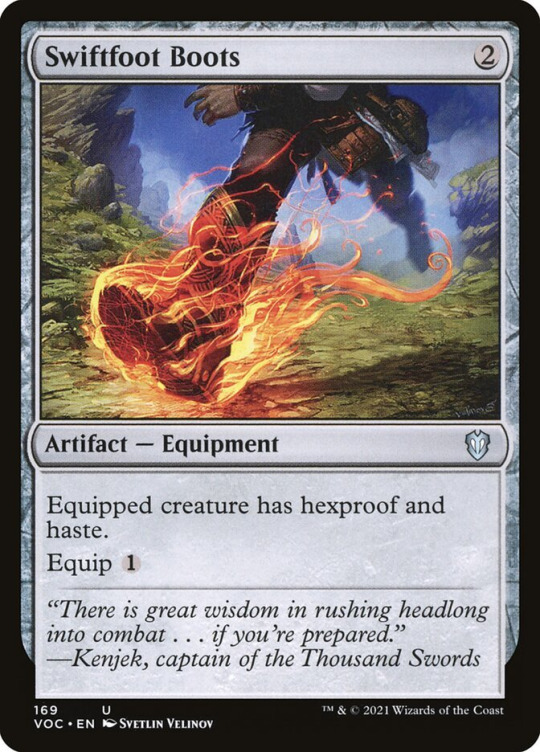

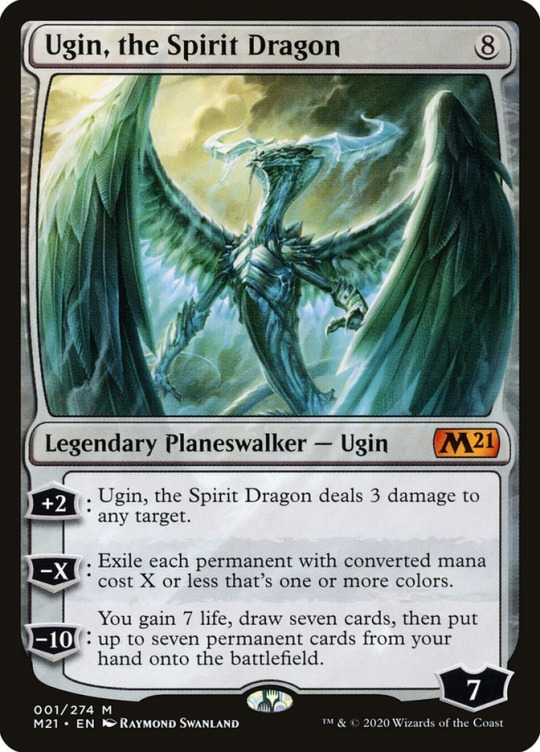
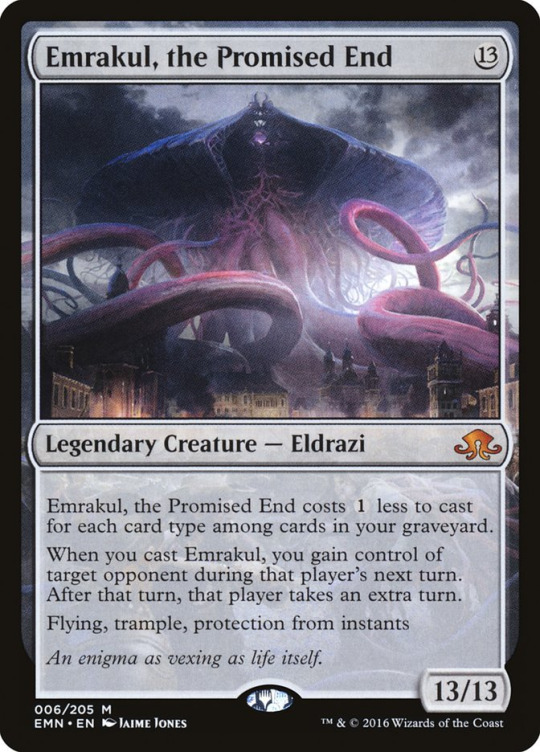
Colorless as a whole doesn’t have any philosophical upsides or downsides since it doesn’t have a coherent philosophy it is adherent to.
Also, for the sake of clarity, there do exist artifacts and objects with a color alignment, even if they tend to be less common than those of the colorless variety. These colored artifacts are either sentient while also having a strong adherence to one of the 5 color philosophies or are just heavily attuned with or connected to some color, or color combination, of mana for whatever reason.

Color Allies and Enemies
Now, earlier I mentioned the Color Pie and WUBRG(White, Blue, Black, Red, and Green) order. Well, let’s come back to that for a second. You see, each color has two of what are called allied colors and two enemy colors. A color’s “allies” are the colors that are directly next to it on the Color Pie while enemy colors are the two colors on the opposite side of the pie from said color.

For example, White’s allied colors are the colors next to it, Blue and Green, and its enemy colors are Red and Black. As the names would imply ally colors from a purely philosophical standpoint tend to have more things they agree on with the colors they are allied with and enemy colors tend to have a lot of ideologies that directly oppose their respective enemy colors. If we go back to White we can see that one of the things White prioritizes is structure and the greater good. Green also has a sense of right and wrong like White does and it also has a sense of structure about the way things are supposed to be. Blue also likes structures that can help improve things and spread knowledge, plus it has a sense of the bigger picture and understands that you shouldn’t always put your needs and wants above everyone else. On the other hand, you have Black and Red. Black argues you should always put yourself first and look out for yourself and Red’s philosophy is that you should follow your heart and do whatever you feel like doing. These ideals directly oppose White’s ideals of the greater good and selflessness(These are just brief examples by the way they aren’t meant to be super in-depth).
Now just to be clear, just because a color is allied with another color does not mean that those colors see eye to eye on everything or always agree with each other, and even enemy colors still have things they agree on. Furthermore, not every character that aligns with a color gets along with every single character that is of the allied colors nor do they hate all characters who align with their enemy colors. I mean, yes a Green aligned character is probably more likely to get along with a White aligned character than a Black aligned one because of the fact that in general people with similar philosophies about how the world should work are usually more likely to get along with each other, but this isn’t the end all be all or a hard rule. Heck, characters that fall under the exact same color alignment(s) can be diametrically opposed. Two Blue characters may have different ideas of what perfection they should be striving for and one White aligned character may have a different definition of what’s morally good and peaceful than another White aligned character to the point where they may become enemies, see each other as threats or just simply find themselves on opposing sides of some sort of conflict.
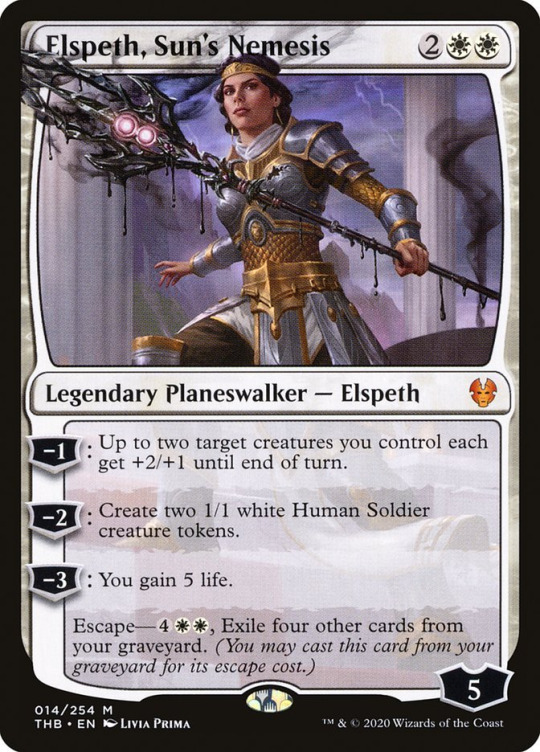
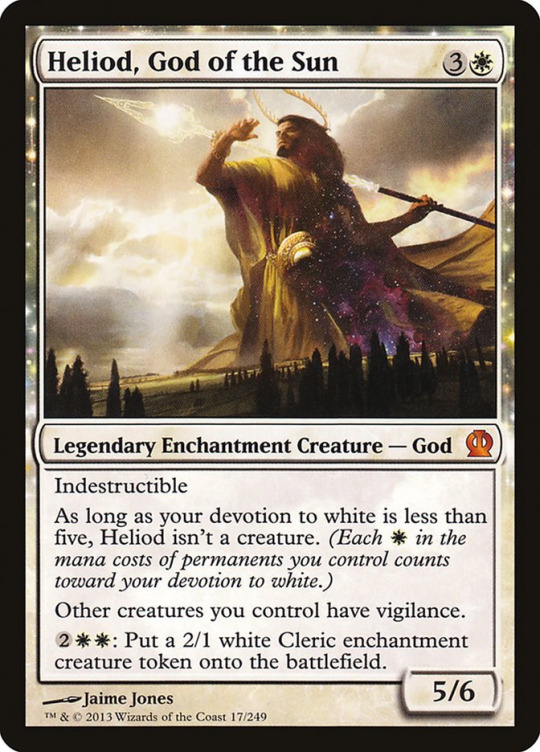
Remember, color philosophy, and philosophy in general, is not just a stock character personality. Certain overarching traits are more likely to occur due to their ideals but this does not mean literally everyone in said color alignment has them nor does it mean everyone within said color alignments embodies literally every aspect of that color. While the colors are archetypes they are PHILOSOPHICAL archetypes, not personality ones.
When it comes to ally/matching color alignments it helps to think of it this way. Does every person within a political alignment or party see eye to eye on every issue, do they all have the same exact personality? No, of course not. There may be some traits a lot of them have due to who their philosophy appeals to but they aren’t all carbon copies of each other nor do they all get along. A color’s relationship with enemy colors can be thought of in a similar way. I’m sure everyone has at least one friend who has wildly different opinions on how good a tv show is or a certain aspect of what they consider ideal for themselves, their community, or the world. Just because your opinions aren’t one to one doesn’t mean you aren’t friends.
To that end, where the color pie places each color is a sort of measurement for how well each philosophy sinks up with each other. A Blue aligned person or character can still have Red or Green aligned friends and family(just make sure to avoid talking about politics with them on thanksgiving). I mean heck, Teferi is a Blue, and sometimes White-Blue, aligned character that is in a happy and loving relationship with the Red aligned Subira, and White and Blue are about as opposite from Red as you can get on the color pie.
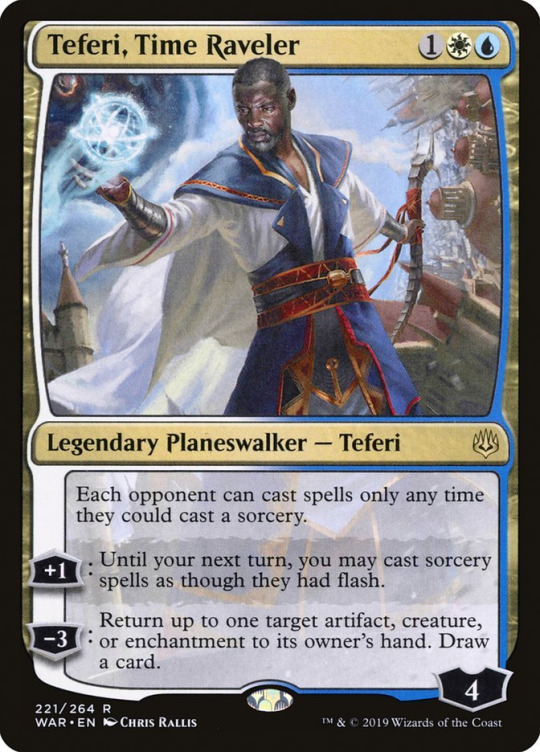
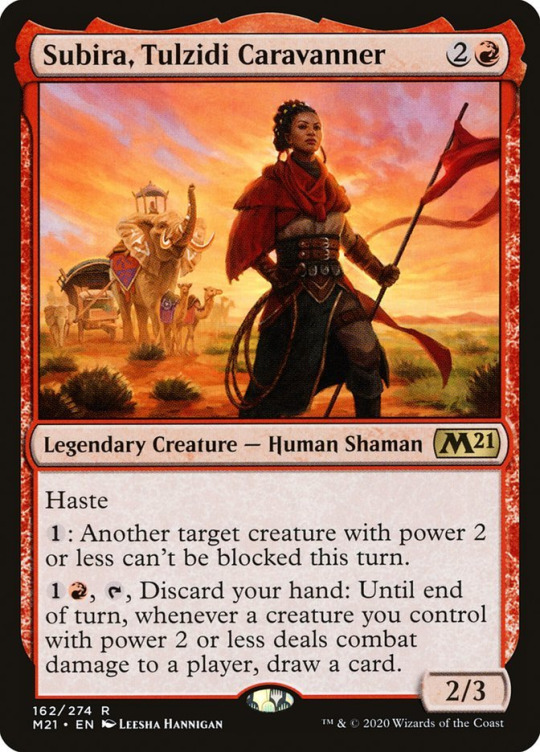

It is also important to mention that characters of various color alignments can rub off on each other in various ways without completely altering the alignment of whoever they’re affecting. You can have a Black aligned character hanging around a bunch of White aligned people and thus have them be more likely to follow whatever laws and/or rules these people make because they know that breaking them and getting caught might be way more trouble than it’s worth. Conversely, you could have a White aligned character hanging around Black aligned people who does something that could normally be considered more Black aligned or immoral due to things such as peer/social pressure without losing their White alignment.
We should also consider that not every person or character necessarily embodies literally every aspect of the color they fall under. Yeah, there are a few key aspects to the ideology which in turn makes the occurrence of certain strengths and/or weaknesses more prevalent or easier to fall into for those aligned with said colors. but not every White aligned character is uncompromising, and not every Blue character comes off as cold or emotionless to others for example. It’s just that characters in these alignments are more likely to fall into these pitfalls when compared to other colors due to their heavily moral and information-dependent values respectively, but it’s not universal or a trait literally every character will have. A lot of these potential shortcomings can also act as various forms of inner conflict, and not just an outer conflict, for characters.
Color Combinations
I might as well randomly segue into color combinations. So you don’t have to pick just one if several colors sound equally correct to you. Any person or thing can have anywhere from one to all five colors in their identity and all the various combinations that entails. Heck, as I went over previously, in Magic there are some things that don’t have any colors in their color identity.

Each color combination has its own philosophy that tends to be based on the agreements of the component colors. For example, Green likes understanding nature and watching nature change and evolve and Blue also likes understanding things, knowledge, and watching things improve. So when you slap these two philosophies together you often get one that prizes things like progress and evolution.

I should also mention that just like mono-colors, there are a myriad of ways that characters with these philosophies can manifest ,and there are no hard rules about how they act or who they can be. Also, the same combination of colors can manifest differently depending on how the two colors combine. Instead of combining the progress aspect of Green and Blue, you could combine Green wanting to understand nature along with Blue wanting to understand things too in order to get a character who seeks to fully understand and harness nature to its fullest potential…
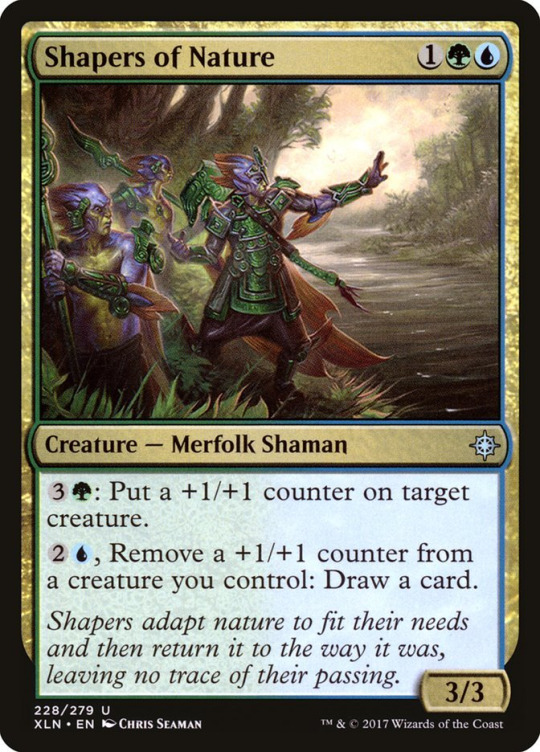
or you could take Green wanting to preserve nature and Blue wanting to preserve things for the sake of preserving information to create a way of thinking that wishes to protect nature.

This is all without even getting into center and secondary colors by the way.
Where Colors Fall
Before we continue on, let’s quickly go back to the Color Pie in general and look into more of the specifics regarding why cards within Magic are put into certain color(s). For the sake of convenience, I have decided to make my own categories for the three general reasons that determine where a card ends up, Flavor, Mechanical and Mixed.
I already touched on a bit of philosophy and flavor earlier so I will keep my covering of the Flavor category brief. Cards that I have put in this category have their color identity based on the fact that the action, idea, archetype, or character said card is depicting is either straight up inherently a type of ideology or trait that falls under the philosophy of a specific color(s) or is something that is far more likely to fall under the philosophy of said color(s) than it would in other color identities.

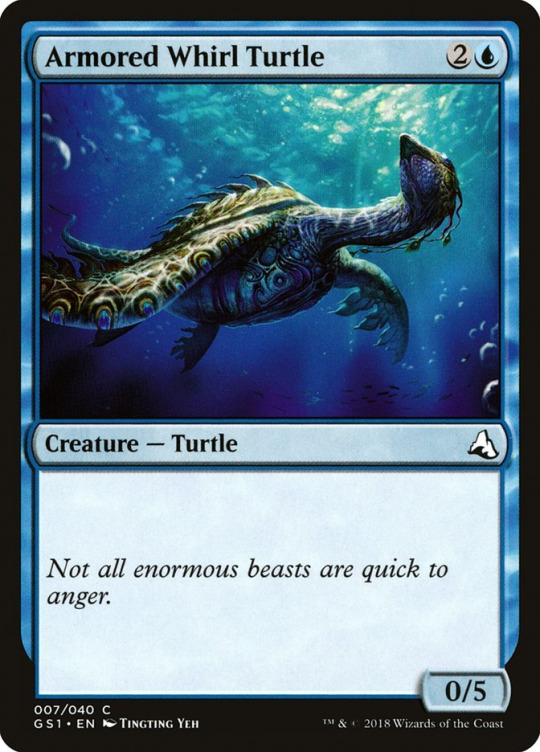
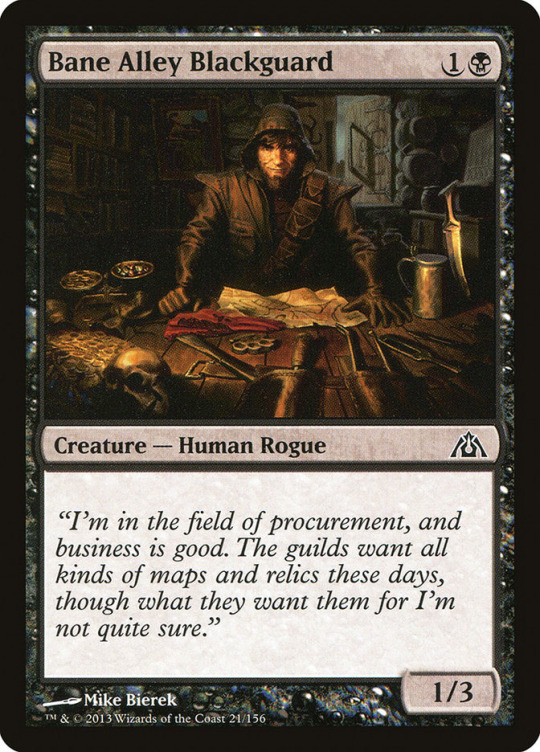
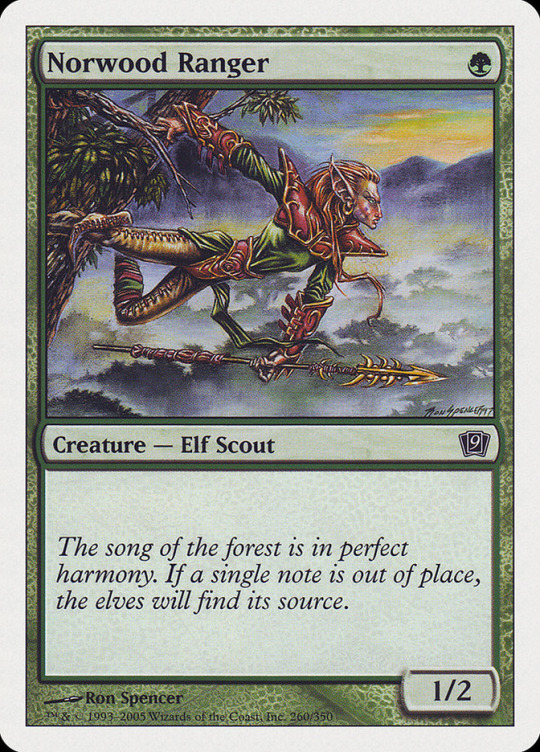
Cards that fall under the Mechanical category are there because their colors are strictly based on their gameplay or mechanics(cards that have their mechanics based solely on the fact that they are part of a cycle could also be considered a subcategory of this type). I’ve noticed that cards in this category can have actions, ideas or archetypes that don’t necessarily align perfectly with a color’s ideology or method of doing something but it’s mechanics do align with the color’s gameplay identity.
I think a good example of what I mean would be cards like Baffling End and Fateful Absence. I’m going to be honest, I don’t really know what is inherently White-aligned about a poor motherfucker just vanishing for no explainable reason, but mechanically these cards fit into White’s ability to sort of “trade” with a player by exiling or destroying something they control and giving them something in return.

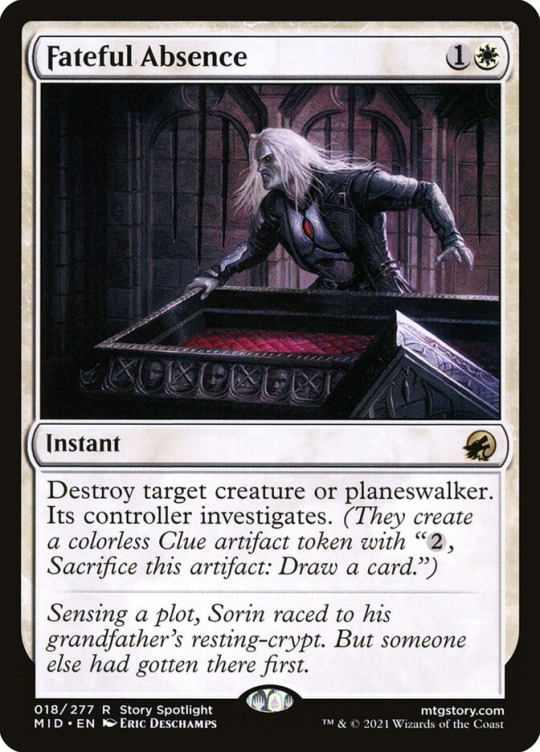
The final category is of course the Mixed category. Which is kind of just here for any cards that don’t fit cleanly into either of the previous categories.
I should mention that I don’t believe this is a perfect categorical system. MTG is very complex and nuanced at times so there are plenty of arguments to be made. For example, you could argue that Armored Whirl Turtle is of the mixed or mechanical category because having high toughness and low power does fit into like White and Blue sections of the Color Pie. These categories are a kind of simplification that is meant to help get some of these ideas and flavor or mechanic themes across.
Center/Focus and Secondary Colors
Due to all this talk about multi-colored alignments, I think it’s time to touch upon center and secondary colors.
A person or character can have one or more “center” and/or secondary colors in their color identity. For example, someone like Teferi might be both White and Blue but their center color is Blue and their secondary color is White.
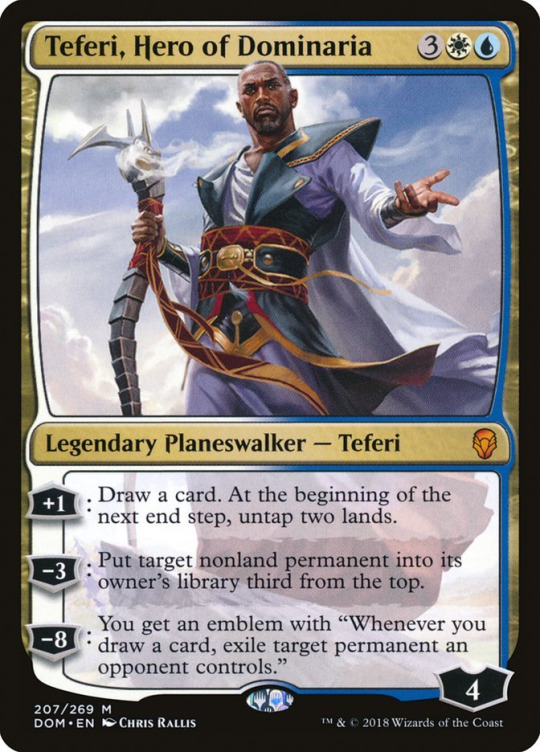
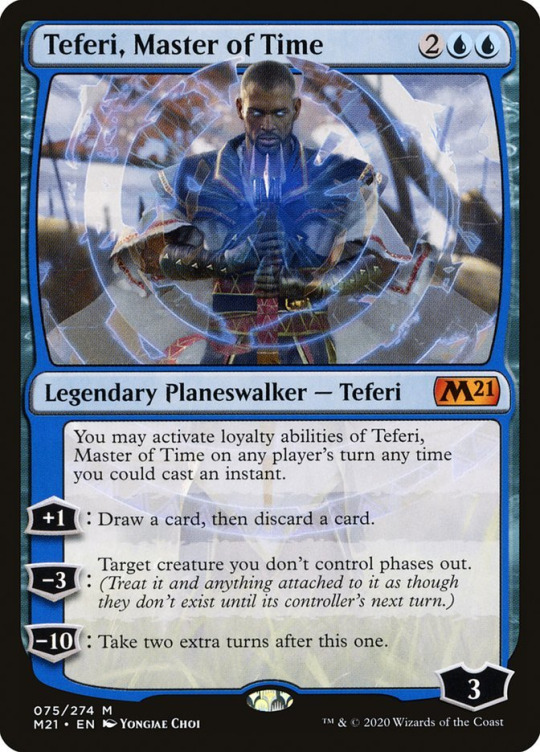
Meanwhile, someone like Kaya has both White AND Black as their center colors. I’ve also seen center colors referred to as focus colors but they are the same thing.
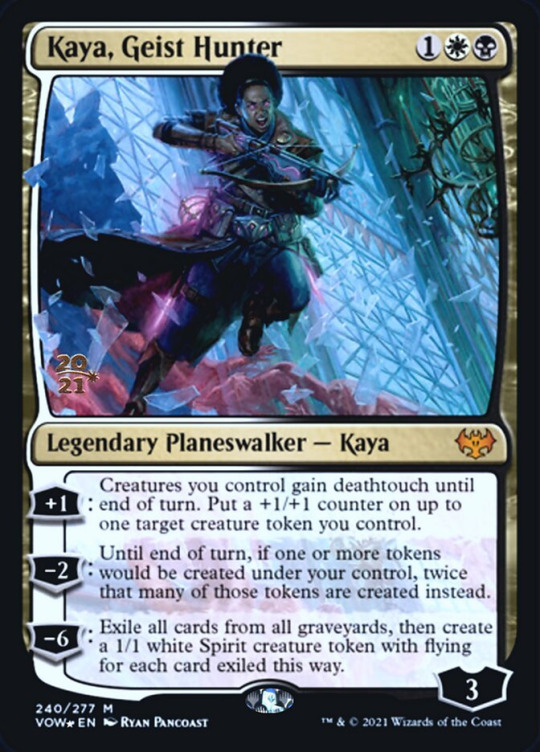
So what even is a center color? As mentioned earlier, multi-colored philosophies tend to be formed from what the colors that make them up agree on. However, when you assign a color as a center or focus you will have the philosophy in question lean towards that color more. The best way to explain is like this, you have a White-Blue character and their center is Blue. So they value Blue’s philosophical goal of perfection and being the best you one can be. However, the presence of White as a secondary color sort of alters how they believe that goal should be achieved. In this case, you end up having a character who tries to achieve Blue’s end goal through White’s means and way of thinking. Thus, you end up with a character who is somehow using White’s structure or morals in order to be the best they can be and try to improve the world around them. This presence of center and secondary colors adds a whole new layer of depth to color identity and can be used to better understand multicolored philosophies. As you can tell when it comes to center and secondary colors you can usually break them down into a formula of whatever the end goal of the color is + what they believe should be done to achieve it.
Now of course, like with most things regarding the Color Pie, there are a lot of nuances to be had. So I’m going to save more specific talks about what different center colors can mean when paired with other specific colors and how they can manifest at a later date. Things like center and secondary colors can have exceptions or manifest in wildly different ways.
Mechanics
Now of course I can’t claim to make a series that will cover how the Color Pie affects Magic the Gathering’s keywords and mechanics without discussing how the colors themselves influence the gameplay and game design of Magic.
Just like how each of the colors and their various combinations have their own strengths and weaknesses from a philosophical point of view they also have their own strengths and weaknesses in their respective gameplay. For example, Red is pretty good at damaging creatures, planeswalkers, players, and destroying artifacts but it usually has a really tough time when it comes to having any way to deal with enchantments. Meanwhile, Blue has counterspells to stop things from entering the battlefield, ways to bounce permanents, and to draw cards. However, it tends to be incredibly bad at destroying permanents once they are actually on the field.
It’s important to remember that there tends to be at least one exception to these mechanical rules I’m describing. Sometimes the design team just makes an honest mistake and gives a color something that messes with what’s supposed to be a color’s weakness(es).
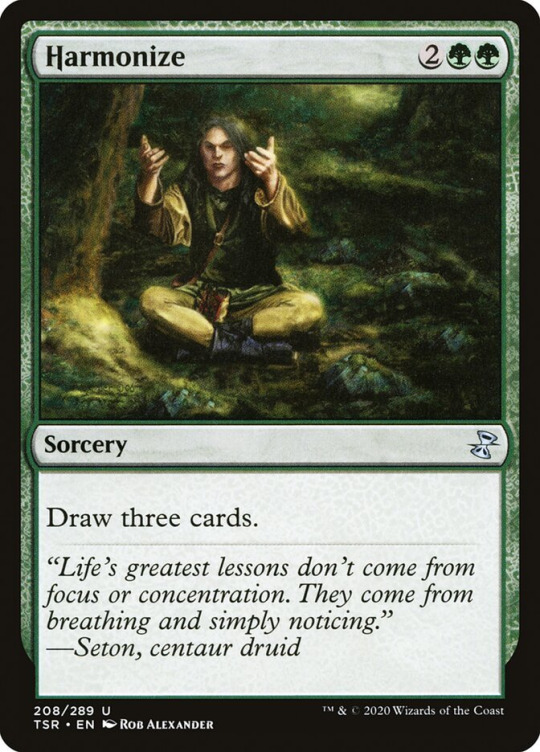
Sometimes the mechanical side of the Color Pie changes and what was once thought to make sense in a color for gameplay and/or philosophy based reasons gets changed, added, removed, etc.
One thing you should always remember, and I can’t state this enough, is that a color doing something it normally can’t isn’t automatically some sort of mistake or Color Pie break. Sometimes colors can do something but only on rare occasions, sometimes there are cards that let a color makeup for a weakness to some degree but at some sort of major cost or downside.
There are times where a set that a color is in has a theme that just ends up applying to all the other colors too. An example of this is Amonkhet’s or Innistrad’s respective heavy graveyard themes. In such sets colors outside of Black may also get more graveyard recursion than usual, in this case, it comes in the form of mechanics like Embalm, Eternalize, Flashback, and/or Disturb.
We’ll come back to Color Pie breaks and bends later. So let’s talk about mana and how it ties into the Color Pie and gameplay.
As you probably already know, in Magic there is a mana system. If you want to cast a Blue spell you need Blue mana, and you can’t just use Blue mana in order to cast a purely Red mana spell-like Shock.


This mana system creates an interesting interaction where players must fight two competing forces within the game. One force is pushing you to play with cards and decks that have as many colors as possible. This is because every color has strengths and weaknesses and the more colors you have in your decks the more likely you will be able to compensate for, and overcome, the weaknesses of each color. You could do something like use Blue to make up for White’s lack of card draw, Red to make up for Blue’s lack of damage dealing, Black’s -1/-1 counters to help Red deal with indestructible creatures, White to help Red deal with enchantments, and so on and so forth.
However, this force comes into direct conflict with the mana system because the mana system actually pushes players in the exact opposite direction.

Since you can’t use the Red mana produced by your basic Mountains to pay for your exclusively Blue mana Opt and you are unable to spend Blue mana to cast you purely Green Gigantosaurus you are encouraged to stick to as few colors as possible in order to increase the possibility that you will have the proper mana needed to cast the spells you need at any given time.
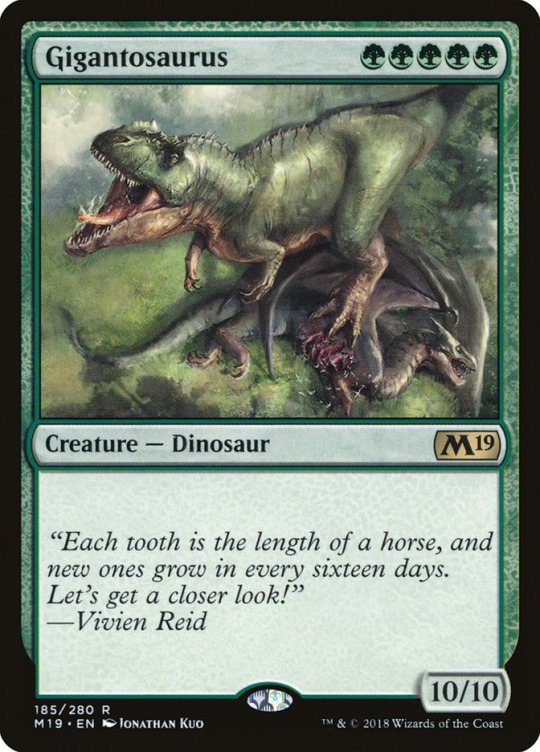
If you’re running a Mono-White deck you don’t have to worry about accidentally drawing a Mountain when you need an Island, but you give up having the presence of Red’s mechanical strengths in your deck and it may make any of White’s mechanical weaknesses in your deck that much more prominent. You are basically forced to choose between variety and consistency to varying degrees on various levels of gameplay. This helps prevent a gameplay situation where five-color decks are literally the only kind of deck worth playing in all forms of Magic until the end of time. These two opposing forces basically force(haha) the player to consider the strengths and weaknesses of each color while also deciding what is the most optimal way to make their deck consistent.
The colors also help give the players realistic expectations of how a match might play out the moment the first lands have been placed down. For example, If I’m playing against Billy and he puts a Mountain into play I now know Billy is playing Red and will likely have some form of direct damage. So I should be careful and play with those factors in mind or else I may end up being punished by having all my small and important creatures destroyed by direct damage. I should also be careful about letting my health drop too low because while a color such as White might not be able to finish me off unless it manages to deal damage with its Flying creatures, a color like Red can just damage me directly with a variety of different spells.

Now if Billy plays an Island I now know he’s playing Blue and that I have to watch out for counterspells. Maybe, I can trick Billy by playing a spell that seems to be important so that if he decides to counter it I can play the spell I actually need to win the game while all he’s out of resources.

One of the things that Mark Rosewater points out is integral to game design is restrictions and limits. To a random passerby, saying something like this might come off as confusing but it actually makes a lot of sense. Let me put it this way, imagine if Magic the Gathering had no mana costs to consider, you could put any number of cards in your deck(no matter the format), all colors could do literally everything else the other colors could do with no downside, you could pick the exact cards that start in your hand, and had infinite health. Yeah, the game would fucking suck. It is very rare for a game that has no limitations to have any point in playing it. Yeah, I admit that the infinite health example might be a bit extreme. However, even without the infinite health, the version of Magic the Gathering I’ve described would literally play out the exact same every time. Most people would probably end up just running the same deck over and over with the exact same outcomes or they would probably just end up putting more interesting limitations themselves via the creation of new formats. In this way limitations actually breed creativity by forcing you to figure out interesting ways to achieve your goals(As mentioned in “Lesson #18: Restrictions breed creativity” in the “TWENTY YEARS, TWENTY LESSONS—PART 3” article).
Marro has also stated that “To design a good game, you need to understand why your target audience wants to play. And then you have to design your game to match that objective” and at the end of the day we all know Magic is a strategy card game. Part of the fun of Magic is that it’s kind of like a puzzle. It leads to moments like “Ok, I want to play these colors and what’s the best way to do that?,” “Ok, I want to play this specific card, how do I build a deck that supports it?,” or “Uh oh, My opponent played an enchantment that damages me every time I kill a creature, how do I play around it?”

In that last example do you try to kill them before they can amass enough creatures to be a real threat? Do you focus on gaining enough life to counteract their effects? Do you build an army of fliers and try slipping past their creatures? So on and so forth.
Also, Mark does have a good point about the fact that limitations can create really fun stories regarding gameplay. I remember one time I was using my favorite historic Izzet deck and I just barely managed to win at like one health against a Mono-White life gain deck that had managed to get over 130 total life; it was just insane(I really wish I had recorded it. I’m sure almost everyone who has played Magic enough has at least one story where they barely managed to edge out a win in a spectacular fashion through a storm of luck and wits. Stories and experiences like this wouldn’t be possible without the limitations present in the general gameplay and the limitations put on each color.
Luck
I’m going to go off on a bit of a tangent away from just mechanics real quick. It’s something that I feel is important to the game and helps it in many ways and yet it isn’t talked about too often. That thing being luck.
Now, luck in games is a tricky thing. Most people don’t want a majority of their games to be purely luck-based. As that would remove any possibility of using one’s own skills to win and would make any game that isn’t the purest form of casual frustrating. At the same time, there are times where you do want to spice a game up with some luck because if you don’t do that then the game would literally play out the same way time and time again with no variation(which would get boring really fast and limit replay value). The proper ratio of luck to skill in design varies from game to game depending on its genre, mechanics, and goals but I would argue that luck does in fact help Magic as a game.
First of all, there’s the obvious fact that it prevents games from playing out the exact same way even if you or an opponent is running the same deck over and over. If people had complete control over something like their deck order or starting cards in hand then there’s a good chance that after a while any games involving that deck would play out in the exact same predictable fashion. Which would mean that the gameplay is more likely to get stale and/or you are more likely to get bored of your favorite decks.
I would also argue that luck can act as one of the previously mentioned limitations that can be ever so important to game design. It is an obstacle a player must overcome or workaround. In deckbuilding this takes the form of generally trying to make decks reach a certain level of consistency in their function and win condition by choosing the proper cards. It can also take the form of using the cards in your hand in the most ideal or strategically advantageous way, forcing the player to think of the different ways in which they can achieve their goals with different hands or situations. This also applies to facing the same opponent, since said opponents will not always cast the exact same spells, creatures, and various threats in the exact same order, if at all.
Luck is also something that helps even the playing field. It’s thanks to luck that even a five-dollar budget deck has at least a chance, even if it’s small, of beating a finely tuned and more efficient deck. Without luck, there would be very little reason in continuing to play through a game of Magic the second you realized the opponent had a more meta deck than you.
The luck system in Magic the Gathering is definitely not perfect though. We’ve all had that moment where, for some ungodly reason, you somehow mulligan three hands in a row with one land in it and games where you could have easily won if you just drew that one card that should be in your deck. The point of this isn’t to say that Magic the Gathering’s luck is ideal or perfect but I would argue that it helps the game.
#mtg#magic the gathering#color pie#color philosophy#Color Pie Philosophy#TheFlavorOfMagicTheGathering#douglysium#TheTasteOfMagicTheGathering
3 notes
·
View notes
Text




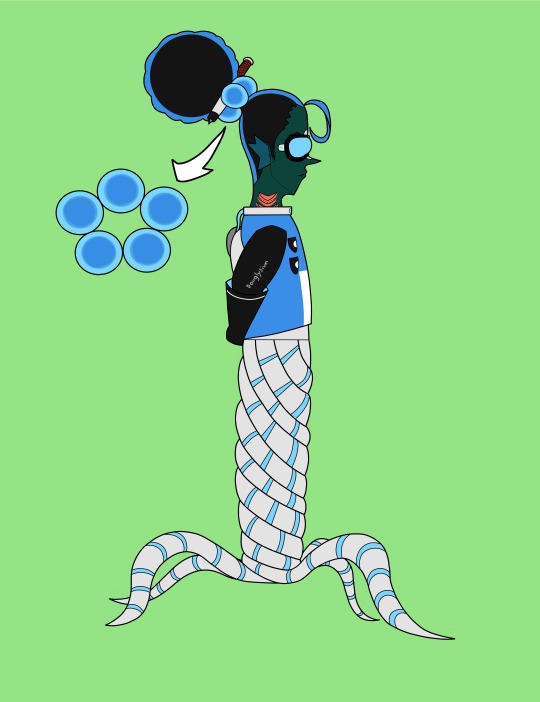










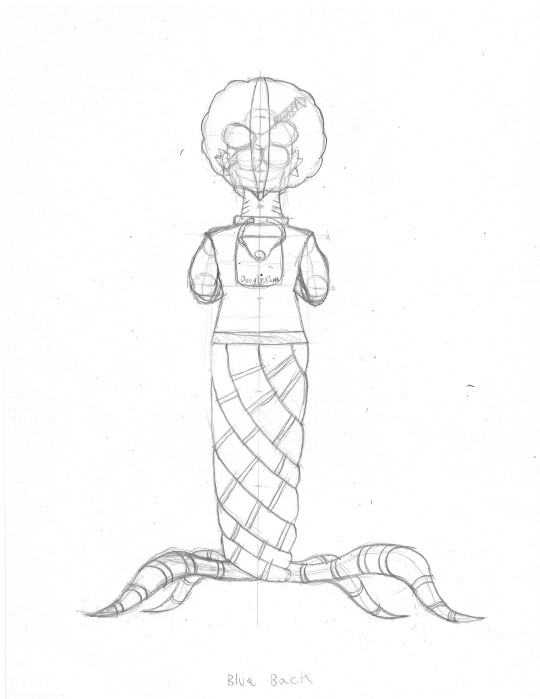
Viola W. Blewett
ヴィオラ・W・ブルーエット
Viola is a Blue-aligned merfolk from my MTG fan-plane of Stellatium. They are both an engineer and a pilot for a faction known as the Technoceanus Shipwrights, which are a center Blue faction that builds, repairs, and invents ships, probes, mechs, hedrons, and satellites. Merfolk on this plane have lower halves that resemble octopi and these extra limbs prove useful for managing the controlling of ships or slipping them into tight spaces to repair for many merfolk. They can also change the color of their skin and most tend to rely on sign language or changing the color of their bodies to communicate(something that is very helpful when you are underwater or in the vacuum of space). Viola had their lower half replaced with a mechanical prosthetic due to them being born with the octopus-like arms of their lower body almost completely missing.
#mtg#magicthegathering#oc#originalcharacter#digitalart#myart#douglysium#Viola#ViolaBlewett#ViolaWBlewett
4 notes
·
View notes
Text

Trying to add more styles to my repertoire. Here's some of my ocs in a different style.
2 notes
·
View notes
Text
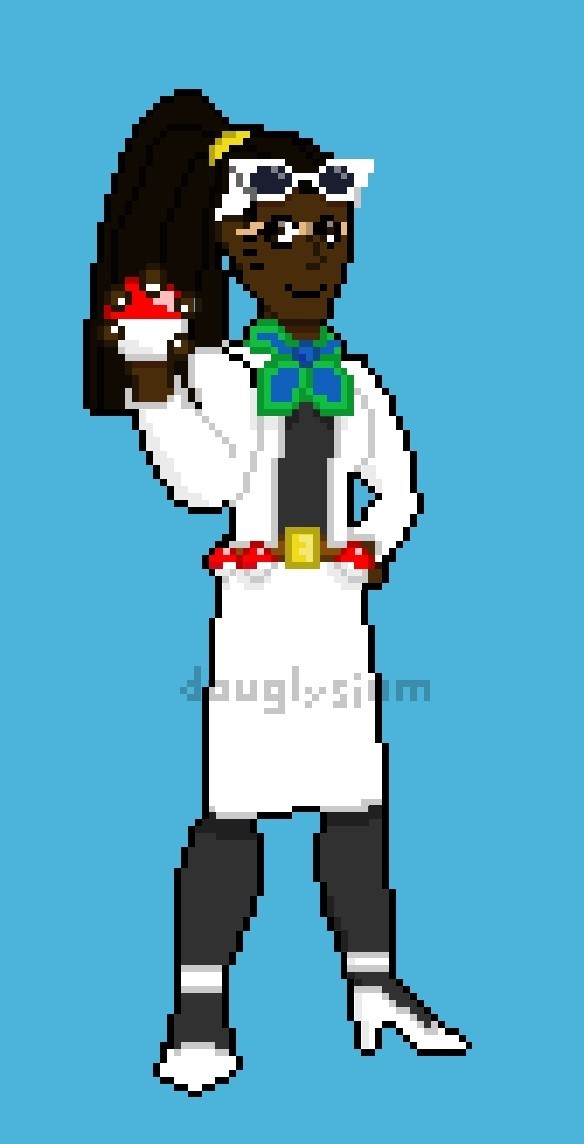

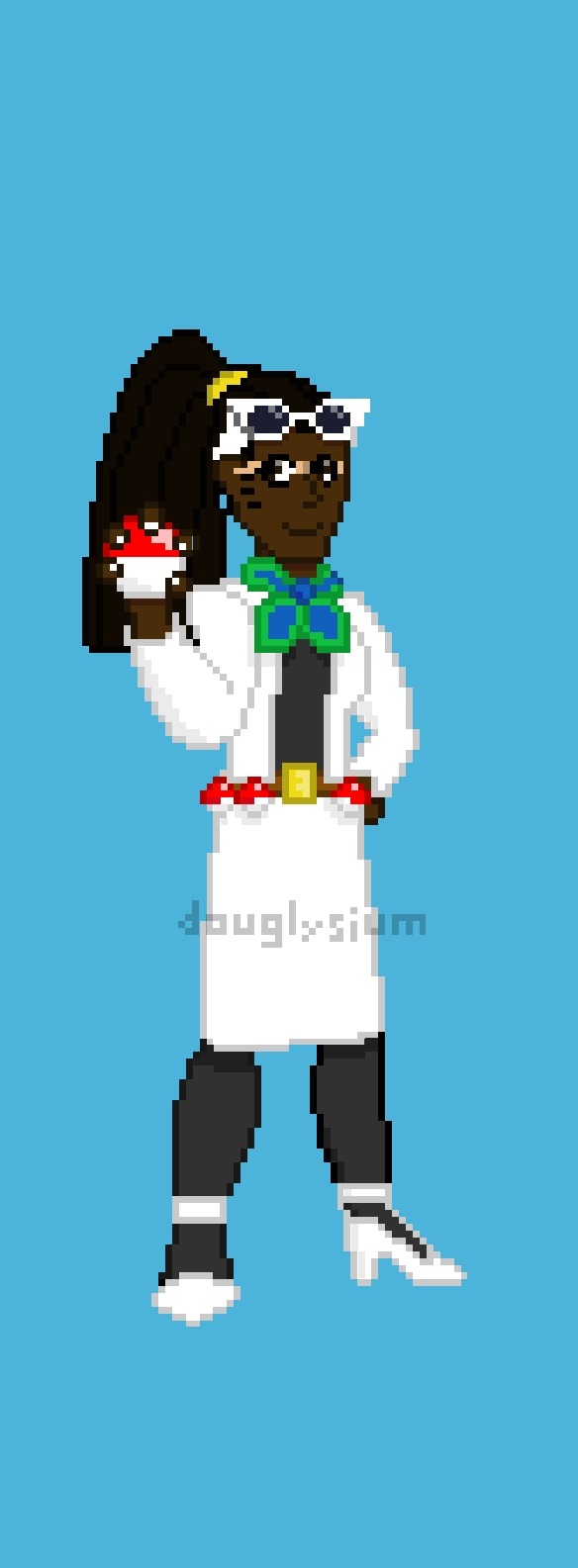
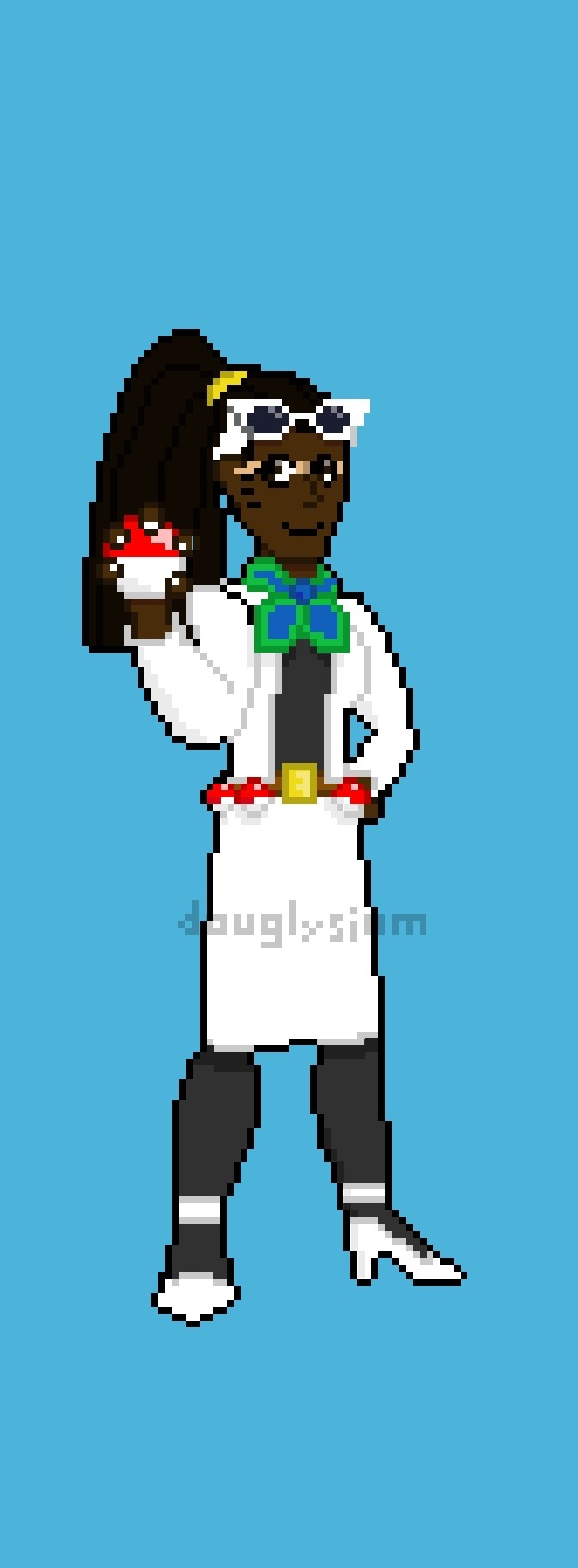

Pokemon Trainer Lily
ポケモントレーナーリリー
Lily el Entrenador de Pokémon
Long time no pixel art. These were meant to be like Gen 5 sprites but I ended up doing my own thing.
2 notes
·
View notes
Text

Fork --> Mouse
Horquilla --> Ratón
フォーク --> ねずみ
A project I did for art class last year. We had to make a sequence of objects transforming from one thing to another out of clay sculptures. I chose to do a fork transforming into a mouse.










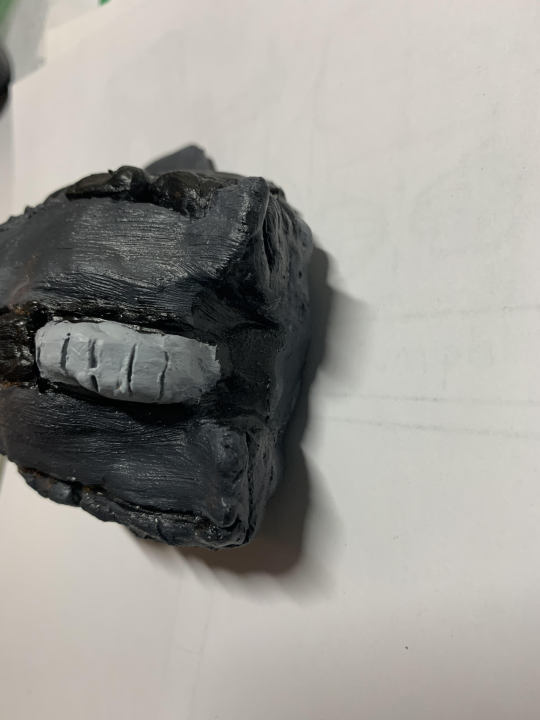





1 note
·
View note
Text
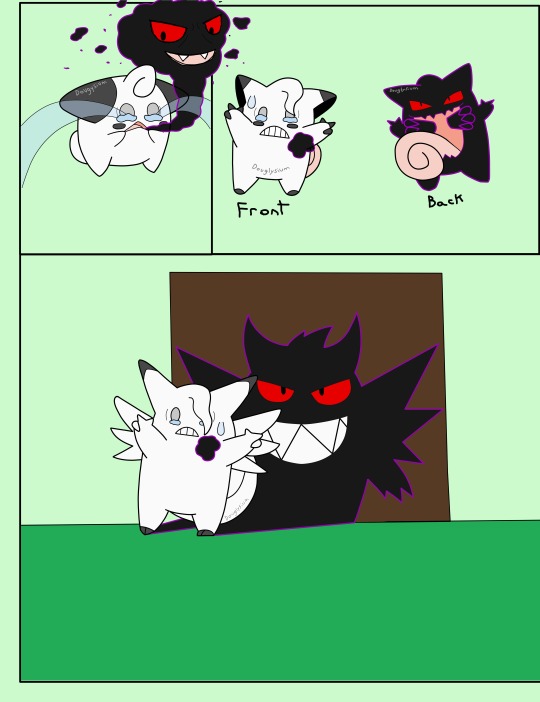
Mazian Clefable / マジアンピクシー
I dusted off an old concept for the regional/Galarian form of a Clefable I drew a long time ago and gave it a redesign while also fleshing out the line by creating regional variants for the entire evolution line. I wanted to add a mega evolution but I know my limits and have school so, unfortunately, I couldn’t make a quality mega evolution concept in time.
Mazian Clefable
Pokemon: Mazian Cleffa
Type: Normal / Ghost(all Pokemon in this line are normal / ghost)
Dex Entry: It is speculated that the Ghastly that haunts Mazian Cleffa is symbiotic in nature and that the relationship was born from many Ghastly attempting to possess Cleffa. However, these Cleffa slowly developed an immunity to its poisonous gas and somehow the two become fused. While the Ghastly loves startling Cleffa the poison gas that makes up its body makes Cleffa unappealing to potential predators.
Pokemon: Mazian Clefairy
Dex Entry: Evolution seems to have caused the two pokemon to become more fused together. Mazian Clefairy rarely sleeps due to the Haunter on its back keeping it awake. It is also known to constantly shiver and shake due to said Haunter lowering its body temperature. Clefairy is known to try to keep its back hide its back from others due to the Haunter’s mischievous and fickle nature. These Haunter are also well known to taunt and mock people and Pokemon and the poor innocent Clefairy will sometimes get caught in the resulting skirmish.
Pokemon: Mazian Clefable
Dex Entry: For better or worse the Mazian Gengar attached to Clefable has taken on a shadow-like form. Allowing it to more freely interact with the world and create mischief with or without consent. Mazian Clefable is known to be very shy and typically prefers solitude in order to prevent Mazian Gengar from causing trouble for it and everyone around it.
The inspiration for this line is the old Pokemon theory that Clefable and Gengar are counterparts, with Gengar representing Clefable’s shadow. The supposed evidence for this was the similar body shapes and the fact that Clefable’s original typing(normal) along with Gengar’s ghost typing would render them immune to each other. Sort of like how you and your shadow can’t really interact. I don’t really buy this theory myself but it was too fun of a concept to pass up.
1 note
·
View note
Text
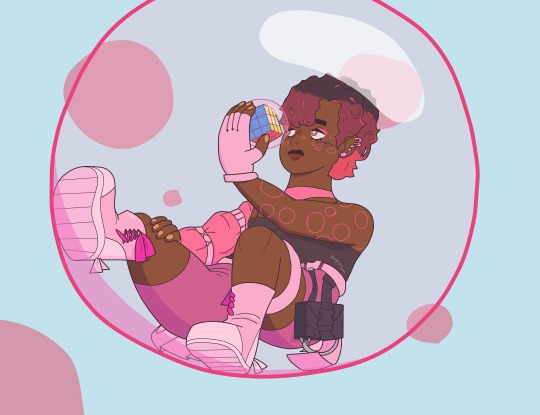



Cipher / サイファー
An artfight attack on Aeniiac's Cipher
Aeniiacが所有するキャラクター
0 notes
Text
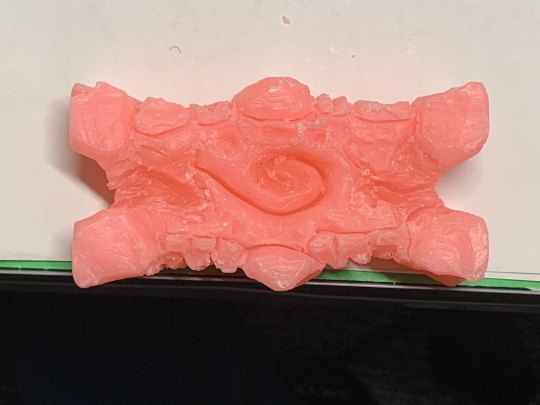








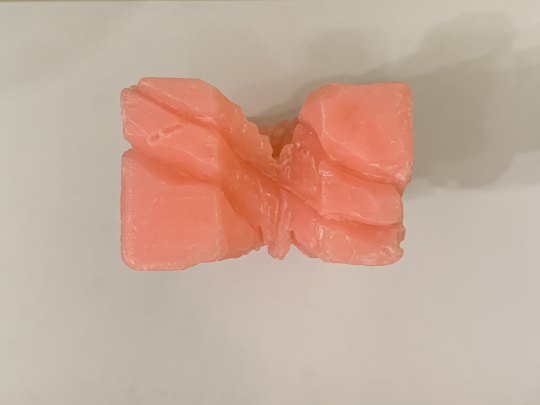


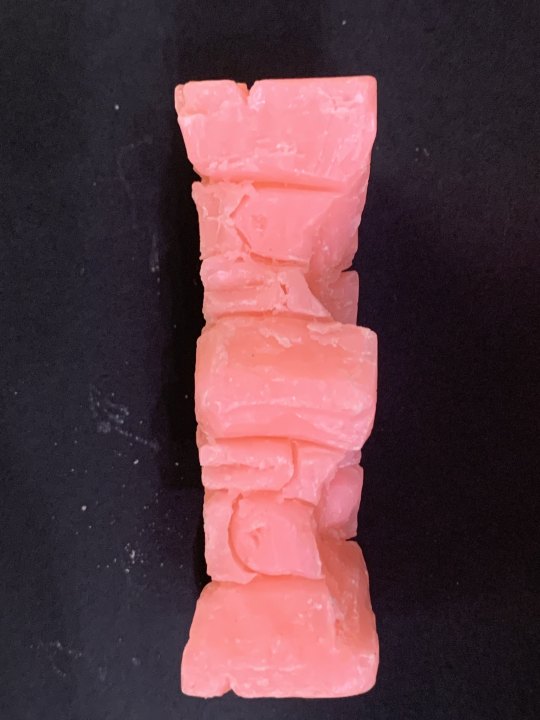
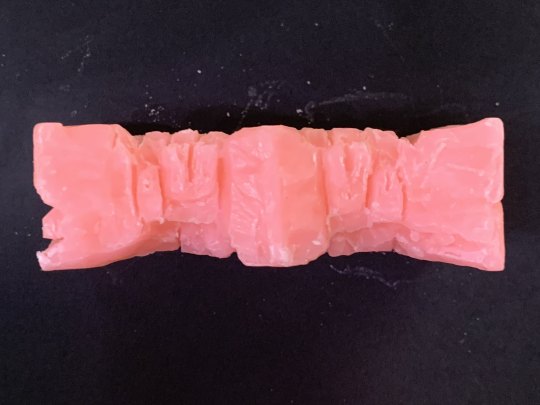

Soap(Stormy and Tightly)
Jabón(tormentoso y estrechamente)
せっけん(嵐のときつく)
I had an art project last year that involved carving soap. The challenge was that the piece had to be completely subtractive, which means we could do things like stick soap back on after we cut it off. We also had to design them around the theme of 2 words, and the words I got were stormy and tight. We also had to be abstract so we couldn’t use actual objects. So in this case I couldn’t just carve a storm. I decided a good way to show this was to try to invoke the idea of someone or something attempting to contain the raw power of a storm. So I made a lot of shapes that resembled teeth and fingers and positioned them to make it look like they were clamping down on a storm and trying to hold it in place.
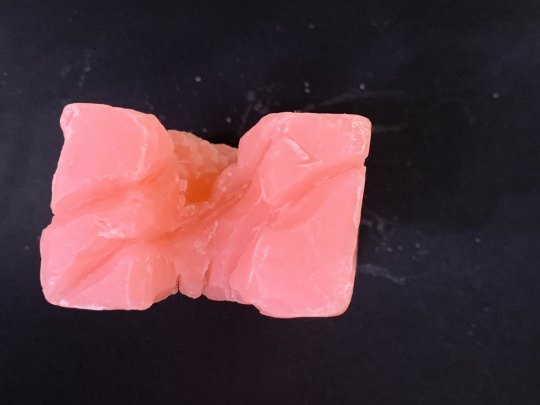
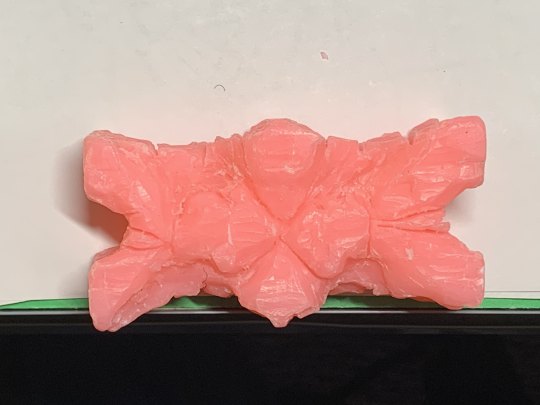


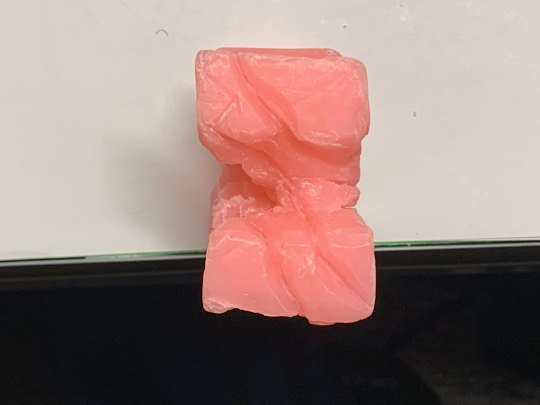


1 note
·
View note
Text
Episode 12 TMP Quick Thoughts
Housekeeping and Prologue
Hello, this is Douglysium and you might not know me as that guy who wrote over 100 pages of analysis on the Eye (which can be read on Tumblr here (https://douglysium.tumblr.com/post/735599414228484097/the-relationships-between-the-dread-powers-the) or Google Docs here (The Relationships Between the Dread Powers: The Eye- Knowledge is Fear and Ignorance is Bliss)) or as that guy who wrote an article on the Extinction (which can be read on Tumblr here(https://douglysium.tumblr.com/post/717929126195003392/what-would-avatars-of-the-extinction-be-like-a) and Google Docs here(What would Avatars of the Extinction be like?: A TMA Speculation)). Suffice to say I might be a bit of a TMA fan. Also, spoilers for TMP up until episode 10. You can read my ramblings on the last episode here (Episode 11 TMP Quick Thoughts).
However, Protocol offers a very unique opportunity and experience for me because I didn’t actually get into TMA until after it was over and I binged all of it. So this is my first time experiencing something even remotely similar to what the original TMA fans probably experienced when waiting for each episode week by week and slowly having to put everything together with the limited information they had. So I decided to throw my hat into the ring since this might be my only chance to do something similar. However, I’m working on some longer form TMA content so I can’t spend as much time on these articles giving a bunch of super detailed thoughts. I will try to keep these short and that inevitably might mean some could have questions about why I think or predict certain things and in those cases I would probably recommend you read at least some of the two articles I mentioned above to get a better idea of where I’m coming from. This also means I won’t be giving you a play-by-play of every single thing that happens in the episode so I encourage you to listen to or read them yourselves and feel free to comment if you feel something is important.
These reviews are probably going to end up focusing mostly on the Entities and their manifestations as they are what I have thought about the most and spent the most time interpreting and there’s been a lot of… interesting theories floating around about how the Entities are manifesting that I want to go over.
Finally, I’m just going to say it right now, spoiler warning for all of The Magnus Archives. I know that Jon and co said one could start with Protocol and be fine, and while that’s probably true, media like this tends to be made in conversation with or take into consideration what came before it in the irl chronology in order to connect them. While I’m sure you could skip The Magnus Archives, I don't really see the point of skipping over it when we are already getting characters from TMA showing up in TMP in Protocol. So to me it’s pretty clear that if we want to understand the full picture of TMP and all the things it is trying to say then we can’t just try to pretend TMA doesn’t exist or scrub it away. Just because you could understand what’s happening without the context in broad strokes doesn’t mean you're getting all the nuances.
These articles are meant to be quick and short so sorry if there’s typos and if I don’t address every possible question or possibility. I don’t want to repeat myself too much in this series outside of the prologue so be sure to skim some of my other articles.
Episode 12 “Getting Off”
I think this episode is definitely one of the more straightforward Protocol episodes we have gotten so far, so hopefully this Quick Thoughts won’t br too long (but knowing me I probably just jinxed it).
We take in the scene through a CCTV in the breakroom of the OIAR at night. The transcripts clarify that Celia is very tired and searching through the cupboards for something and it is quickly made apparent that she is looking for tea and, since the break room has run out, Sam gives Celia a teabag from a secret stash that he apparently has. Sam then asks Celia out on a date and while she is busy at the moment she does show that she is willing to go out with Sam on “Saturday, 6? under the clock at Leicester Square. That work? We’ll go for dinner- well, breakfast- you know what I mean.” Once again, we see that the OIAR jobs appear to be very exhausting and have odd work hours. I also wonder what Celia’s end goal is. Does she genuinely like Sam or does she see him as means to an end. Is Celia here to help Sam and co or is she here to harm them?
As Celia leaves, Alice walks in and proceeds to make fun of Sam for clearly being extremely nervous as he asked out Celia. Alice says “(normal again) You know it’s rude to have absolutely no game? Christ, all these years and you still ask people out like a baby foal learning to tapdance.” A reference to the fact that she and Sam dated at some point, and how Sam probably acted very similarly when trying to ask her out. Sam does point out “Look it worked didn’t it?” which seems like it could be a sort of double meaning. Sam’s nervous approach got Celia to agree to a date but also Alice presumably agreed to go out with him in the past too.
Sam apologizes to Alice for dragging her to the ruins of the Institute only to fund nothing… well nothing Sam and Alice know about since something escaped the Institute. Sam says he’s done with Magnus stuff and Alice responds with “So you’re telling me that if I had a case full of emails with the title “Magnus Institute re: Samama Khalid – Massive Conspiracy” you wouldn’t be tempted?” to which Sam says no before asking “You don’t, though. Do you? That was just, like, a joke. Right?” Alice then says “Come on, for now let’s just focus on getting you as jaded and apathetic as possible.” Considering that Alice does appear to be pretty jaded about listening to the cases and piecing them together this could be related to her point about ignoring the talkers and not getting caught up in thinking too much about what’s happening.
NORRIS starts expositing the next case
“Claim Review: EL-56920
Policy Holder: Soho Jack’s Ltd.
Policy Number: 548651-656
Policy Type: Employers’ Liability
Site Address: Soho Jack’s, 9 Carlisle St, London W1D 3BK
Affected Employee: Ms. Jordan Bennett
Date of Incident: 9 March 2024
Incident Location: On site.
Documentation: Crime Report – Submitted
Medical Practitioner Report – Submitted
Incident Book Entry – Submitted First Aider’s Report – Submitted
Supervisor’s incident Report - Submitted
HSE communications - Submitted
Health-And-Safety policies - Submitted
Employment Contract - Submitted
Claim Valuation: £1,560,000 Assessment
Conclusion: Claim Denied Reason: Fraudulent claim (see incident description and police report)”
This, along with some information Jordan mentions later, means Jordan is suing Soho Jack’s Ltd. They go on to say that their lawyer has advised them to cooperate with Soho Jack’s insurance claim as a show of good faith, even if they’re planning on “suing your asses to kingdom-come.” They start recounting an event that occurred on the company’s property and apologize for their terrible handwriting (which we later learn is probably because Mr. Bonzo bit off one of their hands).
They go over how they started working at Jack’s in the spring of 2021 after they had finished Flair Academy. After struggling to find a job they managed to get an interview and then job at the aforementioned Jack’s. The club seems to have a good reputation as Jordan refers to it as “the Soho Gentleman’s club.” The company’s building “...has dances on the bottom two floors with VIP suites for hire above with a dedicated bouncer keeping them separate. Really, it’s just a quieter box with a private bar, some comfy chairs and the option of private dancers.” Despite this being “THE” Soho Gentleman’s club Jordan says “It’s always booked up with swank dickheads trying to show off, but Stags are the worst: they’re cheap, they’re loud, they drink too much, tip too little and only ever hire one dance for the groom. Plus there’s always some “nice guy” that won’t shut up about exploitation without even bothering to stop staring.”
Jordan begins to explain how the party the specific party that led to them wanting to sue Jack’s. They state that this specific party’s lot was not the worst and were “Just a bunch of heavyset, middle-aged lads with names like Ozzer, or Rozzer or whatever. ” and notes that “The groom was fine, acted embarrassed even though he was obviously keen and they were easily pleased. ”
“They started giving the groom gifts. Same old tat as always, cufflinks, poo gags, all the standard stuff. Then the groom spotted the last one on the table, this cheap yellow and purple kids lunch box. It looked old and shoddy and no one admitted to bringing it but the groom just squealed with glee and carefully opened it before pulling out a bunch old souvenir merch. Pencils, postcards, keyrings, all sorts of crap, all the same yellow and purple and last of all a cracked CD case. When they saw it the whole bunch gave this big laughing cheer.” I have talked about how I think Mr. Bonzo is probably tied to The Stranger if we view him through the lens of Smirke’s 14. I will retread some of those reasons later but right now I want to point out that no one admitted to bringing the Bonzo CD. It could simply be that it’s a prank and someone happened to grab an artifact or something tied to Bonzo, and maybe someone from the OIAR even planted it there, but it could also be connected to the idea of The Stranger and the fear of the unknown because it could be that no one actually knows who got that CD.
We also know that The Stranger is no… stranger to dropping off or delivering strange artifacts in order to feed on the fear of people interacting with unknown /mysterious objects. Breekon and Hope’s delivery service are a good example of this (strangers that show up and drop off never before seen or uncanny objects and artifacts).
“I could see which way the wind was turning and sure enough the bestman came over and asked if he could play it. The cover had this awful comic sans title: “Mr. Bonzo’s On His Way” and I wasn't exactly thrilled by this.” Jordan explains that “Mr. Bonzo was way before my time and from what I had seen online he had always looked pretty messed up. But hey, it was their night, if they wanted to spend it on some cringy nostalgia trip, who was I to say no?” Which could mean that Jordan doesn’t know a lot about Mr. Bonzo, and lack of familiarity with something is one of the things that we know entities like The Stranger love to prey on.
“This kind of thing happened often enough that we kept a battered old CD Player in the back that we could patch into the room's speakers, just in case. So, I ducked back there, put it on, turned the volume down as low as I could get away with, and prayed it wasn’t too obnoxious. Immediately the cheering children’s voices blared out the speakers accompanied by bouncy tubas loud enough to drown out the rest of the club’s music. It was awful but I could hear the lads stamping the floor in rhythm and as the kids started singing the men were singing along: “Mr. Bonzo’s on his way, he wants to stay, he wants to play! Mr. Bonzo’s on his way, he wants to stay, he wants to play!” If you want to listen to the song Jordan is referring to it is actually available on Youtube: Mr Bonzo (from 'The Magnus Protocol'). Maybe you can put yourself in the shoes of an annoyed Jordan or ecstatic old man at the club.
Jordan clearly finds the song annoying and after waiting a minute, in order to avoid being a “total killjoy,” they decide to turn off the song before “ Derek came down from the office to “have a word.” I assume Jordan meant Derek would complain about the music. However, when Jordan turns the CD player off it “...just grew louder, rattling the glassware in the bar: “Mr. Bonzo’s on his way, he wants to stay, he wants to play!” I even yanked the cables from the speakers, but it just kept getting louder.” Obviously, something supernatural is going on but Jordan reasonably assumes that the player just broke and begins to reach for their walkie talkie in order to call for some tech support. However, as they do so they are interrupted by a massive crash coming from another part of the room followed by a cheer. Jordan gets ready to reprimand the party goers for whatever mess they might have made but instead sees Mr. Bonzo. “It was hunched in the doorway, a bulbous figure with a purple hat that cast crazed shadows in all directions thanks to the club’s lighting effects. Then it doffed its hat and pushed itself into the room, foam catching on the doorframe with a squeak that set my teeth on edge. Its massive bulbous google-eyes seemed to roam all over the room before settling on the groom and it was almost as if the huge toothy grin grew wider when it saw him.” We know that Gwen delivered a name and address to Bonzo and in the previous episode Lena even tells Gwen “I’m sure you’ve already worked that out. But just in case you haven’t, keep an eye on the case loads over the next few days. It should become abundantly clear.” Implying that this could be the case Lena was alluding to or that the groom (or someone else in the room) is Bonzo’s target (but it’s almost definitely the groom).
Everyone in the room assumes the appearance of Bonzo is some sort of gift or prank and “The rugby boys were tripping over themselves to get in and hug it, laughing and pushing the groom to the front and so I figured at that point it was a prank. Again, none of them took credit for it and there was a moment of genuine hesitation, until one of them yelled out “It's ya lapdance, Baz!” and they all fell about laughing.” Jordan is furious that a coworker named Joey presumably let Bonzo in and the idea that Joey might have bailed on Jordan again by “ducking out for a smoke.” But as Jordan moves forward they notice something- “I began to stride over, readying for the inevitable complaints then hesitated as I saw something far more unnerving than the ugly costume that was capering with the groom in the middle of the group. There was a pair of heavy boots on their side, poking just inside the still open doorway. Joey’s boots, and they weren't moving. Just then the google eyes looked turned to me, and a puffy finger raised cheekily to its mouth.” So Joey was killed by Bonzo and all the while “the men had all started chanting “Bonzo! Bonzo! Bonzo”, stamping their feet and banging the tables in a circle around the pair in the center…” and the music kept getting louder. So loud that it began to sound distorted from the strain the song was putting on the speakers.
Out of all the Entities the Slaughter seems to have a pretty strong connection to music but The Stranger also has a strong precedent for music. For example, The Calliope in TMA is an artifact tied to The Stranger. In MAG 024 (Strange Music) it is mentioned that the instrument has "Be still, for there is strange music" carved into the cover of the keyboard. While The Slaughter’s connection to music is probably due to an association between rhythm and war (think the marching of an army or the phrase “drums of war”) as well as the fear of “violent” music, The Stranger’s connection to music seems to come from the idea of either strange unknown sounds or a song / sound that sounds really uncanny. It is noted by Jordan that Mr. Bonzo’s song grows louder and more distorted overtime which would mean that the song is becoming more and more incomprehensible as it would slowly change into a song with lyrics you couldn’t understand or identify as easily. It could also be that the song sounds uncanny in the sense that it is familiar in some ways but something is off about it.
Jordan tries to call for help on his walkie talkie but can only hear Mr. Bonzo’s theme blaring out of its tiny speaker. Jordan tries to warn everyone and get out but no one can hear him over the music. Bonzo takes the groom and begins to “dance” with him by spinning around faster and faster until Bonzo decides to rip his arms off and even as this act of gorey brutality took place the other party goers present continued to laugh and laugh until Jordan’s scream caused them to realize this wasn’t some sort of prank. Almost everyone begins to yell in terror but some yelled in rage and proceeded to attack Bonzo: “A few of the bigger guys picked up chairs or bottles and began to beat and slash at the thing. It didn’t seem to notice, its bulbous, bloodshot, eyes staying fixed on the groom’s body as it raised it overhead.” Bonzo then proceeds to continue pulverizing the body by smashing it against the ground over and over.
“For a split second, all was still but the music just pounded on, barely recognizable now over the distortion from the smoking speakers as those voices, no longer childlike, still chanted the words “He’s here to stay… He wants to play…”” “Then Mr. Bonzo turned towards us with its head bowed almost reverentially and everybody went silent. Slowly, awfully slowly, it raised its head, titling it coquettishly to one side. Then the seams across its face split revealing its gaping maw filled with even larger, sharper teeth.” Jordan admits that they don’t remember much about what happened after that but “I dream about it most nights. In the dream it digs through all those men to get to me, grabbing fistfuls of them and throwing them to smash against the wall. The strobe fires as its hands plunge into the pile of us and each flash shows a little less flesh between me and it, between me and all those teeth… finally everyone else is gone. I raise my arm to protect myself and it gently but inexorably lifts it into its mouth, smiles and bites… None of us was left whole but I was the luckiest. All I lost was a hand, it wasn’t even my dominant one.” The biting was set up previously in episode 10 when the transcripts mention “Gwen holds out the envelope and Mr Bonzo snatches it into his mouth, audibly chewing it. His teeth are not soft.”
Jordan says that they “told the investigators everything I know, doctors too. I don't know why nobody outside the room heard or saw anything, why the cameras weren't working, why it let me live. But I do know why there weren't any bodies. All I actually want is my hand back so I can tend bar but that isn’t going to happen is it? So I’ll have to settle for the next best thing and sue you for everything I can get, because I don’t know what happened that night but it was in your venue and no one came to help. Not Derek, not another doorman, no one. So yeah, you’d better have one hell of a settlement waiting for me, or I'll see you in court.”
While you could make an argument for themes of Entities like The Desolation, Flesh, Hunt, etc. I’m still going to primarily argue for Bonzo being tied to The Stranger or a similar Entity due to what we see in his previous appearances. For the sake of clarity, if there is any debate about what The Stranger embodies in MAG 200 it is stated “And as they learned to know their friends and kin, so too did they learn to fear the unknown figure, the coming of the stranger” and in MAG 092 (Nothing Beside Remains) Jonah tells Jon “We thrive on ceaseless watching, on knowing too much. What we face is the hidden, the uncanny, and the unknown.” while in MAG 111 (Family Business) Jon says “The Stranger is the unknown. The uncanny.” and Gerard doesn’t correct him.
However, a lot of Mr. Bonzo’s behaviours in previous episodes resembles The Stranger (and The Stranger has violently attacked or killed people in the past). Mr. Bonzo is also described as being a clown. Something we know The Stranger has a precedent for manifesting as, probably due to both the idea of the uncanny valley being achieved with a costume or makeup and the idea of a traveling circus full of strangers you don’t know from out of town in addition to a clown costume acting as a disguise that can obscure whoever is wearing it. Not to mention that Mr. Bonzo is described as a suit, which could very easily connect to an Entity like The Stranger. Firstly, The Stranger tends to have a big emphasis on wearing things like skins and suits. Additionally, Gwen mentions in episode 11 “That… abomination wasn’t a costume. That was skin. It was sagging, it was sweaty!” and we know The Stranger has a tendency for wearing skin, skinning things (such as with taxidermy), etc. as a form of disguise, in order to hide itself, or to metaphorically rob something of their identity.
This also applies to costumes in general since usually wearing costumes or disguises can actually obscure who is wearing them and thus their true identity is unknown. There’s also the fact that costumes themselves can easily fall into the uncanny valley. Ever since Five Nights at Freddy’s became popular there’s been an uptick in horror media focusing on how creepy and uncanny things like animatronic suits can be. Not that Mr. Bonzo is an animatronic but it is a suit. Also, Bonzo apparently has hard teeth and having solid teeth on a suit could look uncanny.
The surprise gift and sudden appearance of Bonzo that others assume is some sort of surprise or prank could also tie into The Stranger and the idea of something mysteriously appearing or not being expected. Bonzo was originally made to prank celebrities. As Nigel explains in episode 10 that his produce ““inviting a famous person on, someone really serious, and we tell them we’re going to have them do a segment with a popular children’s entertainer. Now, obviously these folks won’t have any idea about what kids are actually watching, so we could come up with the most horrendous thing, claim kids loved it and see how long it took for the guest to realize that they were the joke. That they’d been “berried”” and “The problem with a surprise prank is that doing it on Saturday night primetime means pretty soon everyone knows about it, and the guests knew it was coming. A couple even requested it. So the prank part of it sort of died, and he just became an SOS mascot. One of my many tormentors in the dungeon. By the end we’d even retired Mr. Six, and it was all Bonzo.” Once again, a focus on surprise and I think it’s interesting that Bonzo loses his punch the more people know about and understand him. Bonzo is a character that thrived specifically on the guests not knowing who he was and did. So a potential relationship with the unknown again.”
In episode 10 Nigel says to Gwen ““Try not to stare. He doesn’t like it when people stare.” Which could relate to The Stranger. While all the Entities are connected, overlap, and need each other for a ritual bringing them into the world to work, with even seemingly opposing Entities bleeding into each other or having overlapping fears, The Stranger can often have an antagonistic relationship with The Eye and forms of being known. The Stranger tends to thrive off the fear of being unknown so staring at something aligned with The Stranger might make it react negatively. In MAG 092 (Nothing Beside Remains) Jonah tells Jon “We thrive on ceaseless watching, on knowing too much. What we face is the hidden, the uncanny, and the unknown.” In MAG 165 (Revolutions) Not-Sasha says this in regards to The Eye’s Post-Change world “Do you know how it feels? To be – anonymous? And yet known! To have all the sweetest dread I can create tainted by the relentless gaze of that damned Eye. I’ve suffered enough.” So if my theory that Bonzo is tied to something like The Stranger is correct, that could explain a potentially negative reaction to being looked at for too long since aspects of The Stranger often don’t like it when people try to figure out what they are. This could ring extra true if it does turn out that the OIAR is somehow connected to The Eye.
Bonzo’s eating and biting could potentially be linked to The Stranger’s tendency for odd uncanny behavior, like that time Breekon / Hope ate a butterfly. The fact that this monster looks like Bonzo could also be related to the idea of the uncanny, since he would resemble Bonzo but behave and look a bit off. Also, it seems hard to tell if Bonzo is a costume or a monster resembling a costume which makes it harder to know what he is for sure, and The Stranger loves playing up mystery (think how we never know which character is Breekon and which character is Hope from Breekon and Hope in TMA, and Jon describes one of them as “one half of Breekon and Hope”). Also, Bonzo can only say his name which means you never really know what he’s saying or talking about.
Bonzo killing everyone in the room but leaving someone alive is not a completely unheard of idea. The Entities in general often seem to leave witnesses if in doing so more fear is generated and we see creatures like the Not-Them kill and replace people while ensuring that at least one person remembers what the original persona actually looked like even if no one else does. The reason for this is because if the Not-Them’s disguise was perfect and changed every bit of memory and evidence then there wouldn’t be anyone to be afraid of the idea that someone they know has been replaced by a stranger.
Jordan mentions “I don't know why nobody outside the room heard or saw anything, why the cameras weren't working, why it let me live. But I do know why there weren't any bodies.” which emphasizes his confusion about what’s happening. While confusion is often tied to The Spiral, in this case it stems from a bunch of unknown factors and variables, like why there were no other witnesses and why the cameras weren’t working.” As far as there being no witnesses and the cameras failing to work, the Entities are known for usually being on the downlow and not common knowledge but Entities like The Stranger tend to thrive off the fear of mystery and have a precedent for things like mysterious disappearances or hiding people / things. The Calliope I mentioned earlier mysteriously disappeared from the Institute’s archives at some point in TMA and in MAG 092 (Nothing Beside Remains) Jonah tells Jon “We thrive on ceaseless watching, on knowing too much. What we face is the hidden, the uncanny, and the unknown.” Jonah specifically mentions that The Stranger has a connection to “the hidden” among other things. In MAG 102 (Nesting Instinct) Jonah even says that The Stranger essentially hid Jon from him when saying “I was doing everything in my power to locate you. Everyone was working on finding the ritual site.” and “[Irritated] I am sorry, John, that my powers have not yet reached the level of omniscience.” Jordan does say that they know why there weren’t any bodies which implies that Mr. Bonzo probably ate them.
Jordan having trouble remembering exactly what happened actually does have a precedent with The Stranger since the Entity does have connections to memory loss or a loss of identity. In MAG 165 (Revolutions) we see Not-Sasha watch over a Domain that takes the form of a merry-go-round with people fighting over faces. People with no faces must fight over the faces of others to rip them off and regain some sense of identity. When they lose their face it is said “And soon enough they will forget they ever even had one, rest assured; it’s best to step the dance and keep your face secured as much as you are able. Just. Keep. Running.” Jon and co also face memory loss when they interrupt The Stranger’ ritual in TMA and forget who they are and what they are doing for a period of time.
Some other Entities this statement parallels are that of The Slaughter (with sudden brutal and gory violence), The Flesh (via bodily disfigurement by way of losing a hand, Bonzo being described as releasing “some vile mixture of putrid water, rotten foam and rancid meat.” when cut at some point, and Bonzo biting into people), The End (a lot of people brutally die), The Corruption (from the aforementioned vile mixture pouring out of Bonzo), and even The Eye (with the strange and horrifying dreams Jordan is forced to relive over and over resembling how people who give Jon live statements are forced to relive said moments in the form of nightmares over and over). Like always, I have to at least touch on the fact that The Eye doesn’t seem to just be the fear of being watched but also being a witness to something you don’t want to see. Jon can force people to recount and relive terrible moments, Jonah can force information into the heads of people like Melanie and Martin, and in MAG 200 The Eye is stated to have been born from the fear of one’s own eyes showing them too much.
All this being said, I still think the OIAR is somehow connected to The Eye. There’s the cases being like statements but also the fact that they supply sensitive information (such as names and locations) to things like Mr. Bonzo. People like Jonah could almost always know one’s location thanks to their Eye powers and The Eye is connected to the fear of someone / something knowing too much about you (such as knowing where and who you are). I wonder why Bonzo was sent to kill this particular groom when he was just partying? Did the groom know something or overstep some line or was the groom just some sort of offering to appease Mr. Bonzo? How was this person’s name and address obtained? Was it just mundane tracking or something closer to Jonah’s clairvoyance? Nigel acted like he was doing the OIAR a favor so right now it seems like this was a target decided by the OIAR and not necessarily Nigel. Unless you want to argue that the “favor” is aiding in keeping Bonzo pacified, under wraps, or something potentially more mutually beneficial. I wonder if Jordan’s dreams are somehow connected to being directly involved in a case or facing an External of the OIAR? It could also simply be that Jordan is traumatized.
We cut to Gwen and the transcripts say she “is sat at her desk, stunned by what she has just heard.” and she only says “Jesus Christ…” I wonder if this is because the case is unusually brutal or gorey when compared to most others or if she realized there’s a connection between the letter she delivered and what happens in this case. Considering what Lena said it's very possible that some of the cases the OIAR gets are connected to the activity of their own Externals (such as Mr. Bonzo).
ALICE CONT.
“Gwen? Hello?”
GWEN
“(dazed) What?”
Getting sucked into a statement like this and statements having a negative impact on one’s mental state are both things we have seen in TMA. Jon had a hard time stopping once he started a statement and at one point Jon expresses worry that Martin was listening to a bunch of statements for Peter Lukas and his plan in regards to The Extinction. Although, it could be that Gwen is merely shocked.
Gwen explains that she met one of the Externals but Alice seems to think Gwen is just referring to some annoying assholes as opposed to any supernatural monsters that takes the form of beloved childhood characters.
Gwen seems to finally wonder the question that I’ve been wondering for a while now:
GWEN
“What do you think we’re actually doing, here at the O.I.A.R.?”
ALICE
“Apart from mortgaging our mental health for a wage packet?”
GWEN
“We’ve both been here long enough to know this place. We’re not doing good. We’re not just sifting random data. There’s something wrong here.”
ALICE
“What are you getting at?”
GWEN
“You never wonder what the point is? Who benefits from all this awfulness?”
ALICE
“I don’t wonder. I know.”
GWEN
(sitting up) “What? Really?”
ALICE
“(portentous) Oh yeah. I’ve known for a while. What we’re doing here, it’s all part of a grand plan to satisfy one of the most unspeakable evils known to mankind... “
Gwen’s on the edge of her seat.
ALICE
“(almost a whisper) …the UK government.”
In TMA the point of the Institute sifting through statements and stuff was twofold. Firstly, to feed The Eye but also to set up the lynchpin for The Eye’s ritual with the position of the Archivist. I wonder if something similar is going on here but I can’t say since while you could argue that being an Externals Liaison is like the Archivist and shares the role as being a “living chronicle of fear” (especially since Lena remarked that Gwen should show fear via screaming because Externals tend to like that) Gwen had to blackmail her way into that position. I have no idea who was the Externals Liaison before her or if there are other Liaisons, if there even was one(s) before / with Gwen at all. Also, unlike the Institute, the OIAR is explicitly connected to the government and is meant to respond to things (not just watch). So it’s very likely that the OIAR has a role that is different from just “The Mass Ritual / Institute 2.0.” They could still be gathering fear related to the statements and being observed like the Institute in TMA though. However, even the Institute still wanted the Archival staff to do a good job following up statements and stuff. Jon tries to reorganize the Archives after Gertrude purposefully left them disorganized and Tim corrects Jon about some errors he made when reading some statements. The OIAR doesn’t really seem to care how well or poorly their workers categorize the cases and I don’t know if anyone checks.
Alice’s joke about the greatest evil known to mankind being the UK government feels like foreshadowing considering that the OIAR, and by extension all the Externals like Bonzo, are connected to the government.
Alice’s comment “Apart from mortgaging our mental health for a wage packet?” references how stressful this job seems to be.
Conclusion
Yeah, idk. This was a very simple episode overall and it mostly just seemed like it was following up Lena’s point about paying attention to the caseload.
Okay, hold on, before I end this I figured I should actually try to look at the voices in the computer system a bit more closely, since quite frankly, like with the alchemy symbols, I’ve admittedly been neglecting them and not focusing on them as much as I should have. This is because I actually couldn’t tell if there was any kind of correlation between the voices and the kinds of cases they read but a video by Maddie’s Maxis called “This Channel's First Video - The Magnus Protocol Analysis and Theories” (which you can view here This Channel's First Video - The Magnus Protocol Analysis and Theories) hypothesizes that there is actually a correlation. As we all know two of the computer voices sound like Martin and Jon and Maddie argues that the kinds of statements the voices read correspond to something that had to do with the character. For example, in theory NORRIS (Martin’s voice) tends to have statements relating to self-loathing and loneliness. I don’t know what they are feeding Maddie but Maddie is potentially cooking here. So I decided to glance over at some of the statements and see if there are any patterns.
I’m going to start with the theme that seems the most concrete in my opinion. The cases that NORRIS (Martin’s voice) reads seem to often be tied to themes of isolation, losing loved ones, or feeling abandoned. I should make it clear that while I know Martin in TMA is connected to The Lonely I am not saying all the cases NORRIS reads are connected to The Lonely. The mere presence of feeling alone or isolated doesn’t automatically make a statement Lonely related in the same way someone dying, getting attacked, or something taking place at night or in darkness automatically means End, Slaughter, or Dark respectively. Also, it’s important to remember that every Entity, even seemingly opposing ones, have overlap, shared fears, commonalities, etc..
But let’s look at the cases to see if this pattern is really there. The case NORRIS covers in episode 1 involves the Anglerfish, or something resembling it, killing and replacing their romantic partner. Harriet even says “And that voice I have loved for twenty years answered: “Some of him.”” So loss of a loved one.
In episode 3 NORRIS covers a case in which Dr. Samuel seems to feel immense guilt and sorrow about the death of Maddie. Once again, the loss of a close loved one.
In episode 8 NORRIS goes over a report Terrance submits about the effects of brutal liminalism. While no one dies or is replaced in the actual events of the case, Terrance does mention “originally took my role as a night janitor at Forton following a protracted divorce which cost me the majority of my friendships.” So while their partner isn’t dead they did lose a loved one, and if you read my thoughts on that episode you know that I actually think the case has a lot of similarities with The Lonely. The fog, the vaguely familiar but impossible to understand gibberish, people with repeating features, being isolated in a dark void, etc.. Even if you disagree that it’s The Lonely there is still a connection to themes of losing someone close and being alone.
If there was an episode to disprove this theory it would probably be episode 12 since it’s just Bonzo murdering a room full of people. Jordan does say “I don't know why nobody outside the room heard or saw anything” and earlier in the case they mention that they believed their coworker by the name of Joey the doorman might have ditched him again but this definitely feels a bit more like a stretch. Jordan does seem to blame the establishment for what happened and this is because from the perspective of Jordan no one came to help despite how obvious and loud the commotion was. Which could maybe tie into the idea of being abandoned or left alone but this is definitely pushin it and it’s clear that our understanding of what kinds of cases each voice reads might expand as the series goes on.
Maddie argues that CHESTER (Jonathon’s voice) seems to usually cover cases related directly to the Magnus Institute. Which is generally true, CHESTER covers the cases of RedCanary spelunking in the Institute’s ruins in episode 1, and the gambling dice being submitted to the Institute in episode 9 for example. But CHESTER also covers the case about Tom wanting to watch Voyeur in episode 5, the case regarding Hilltop Center in episode 7, Gordon’s encounter with the tattoos and Ink5 during construction in episode 11. It’s very possible that these are just related to the Institute in ways we don’t understand yet, for example some of the characters that appear could be members of the Institute or something, but in my opinion this definitely throws a wrench into some things.
CHESTER seems to have a stronger case for a theme of curiosity and a desire to know in general as opposed to just the Magnus Institute. RedCanary investigates the archives out of curiosity, Tom really wants to see the Voyeur movie for their blog, the narrator explains that they experimented with the gambling dice to figure out how they worked, and Gordon keeps talking about how they “just need to see it. I need to know what’s in the water.” As I’ve mentioned previously, The Eye also has a major emphasis on a desire to know and understand something even if it comes at the cost of yourself and / or other people. Hilltop Center still seems like a bit of an outlier here but while Dianne isn’t spelunking through ruins or anything she does mention that she was looking for people to help her work at the center. Which, while a bit of a stretch, could fit with a theme of curiosity or desire to know in the case of Chester. Or at least the idea of something being searched for as a theme at least.
If you wanted to argue that CHESTER actually related to things being looked for you could say that the case about the gambling dice revolves around the narrator giving the Institute artifacts, and they even say “So yeah, I tell you all about them, how I got them, all that crap and you just… You take them away, right? You accept them? Good. I think. I’m pretty sure that’s how it works. It’s how it worked for me, at least. Put them in whatever vault you like, bury them, drop them in the ocean, for all I care. All that matters is that they’re yours now.” So you could say that the Institute was looking for artifacts. You could also argue that the narrator was looking for people to roll the dice, looking for good luck, or started making their way towards Gary when they found him.
AUGUSTUS has a voice I am not familiar with (and we will get to the popular theory in a moment). I can only recall AUGUSTUS voicing one case, I might be forgetting one or something, so I don’t have a lot to go on. AUGUSTUS could be covering really old statements, as Sam notes the one in episode 4 is from the 18th century, or statements revolving around others climbing their way to their top and doing whatever it takes to do so. It’s kind of unclear until I can see some more AUGUSTUS statements.
There’s also some obvious character associations with this theory. Martin, someone connected to The Lonely, has statements reflecting some kind of isolation or abandonment, Jon, the Archivist with a strong tie to The Eye and someone who was strung along while trying to solve Jonah’s plan and learn the truth about the Entities, has statements involving extreme curiosity or people looking for things, and Jonah, someone who is really old and ruthless (so ruthless that they made the world a fear hellscape in an attempt to avoid death), has had a statement taking place in the 18th century involving someone giving a blood sacrifice to play violin super well.
There’s a popular theory going around that the three voices in the computers are actually Jonathon, Martin, and Jonah, and this definitely seems like one of the more credible theories floating around the community to a degree. AUGUSTUS’ unfamiliar voice could be the voice of Jonah’s original body. Jon, Martin, and Jonah were all in the panopticon when the Change ended which could be the event that got them tied to the computers. It could also have to do with being the pupil of the Eye somehow. Jonah and Jon were both the Eye’s pupil at some point and Jon got his position by killing Jonah to take his spot. It’s possible something weird happened like Martin was about to become the Eye’s pupil after removing Jon from the position, giving them this common link, but I can’t say for sure.
Maddie also points out another big thing to remember in the video. I have mentioned that Annabelle seems generally right about what happens to the Entities’ various Monsters and Avatars after the Entities get pulled into the next universe. Monsters, like potentially the Anglerfish, presumably get sucked into the new universe since they are part of the Entities. Other people may or may not get sucked into the universe depending on how attached they were to the Entity. It’s also possible that they will always just be left behind. However, Annabelle also mentions that it’s possible the Entities will take the aspects of a person that are connected to or are a part of the Entity. So, it’s possible that the parts of Jon, Martin, and Jonah in the computer are not them in their entirety but merely specific aspects of their personality or being. It could literally just be their voices taken by one or more Entities for all we know.
We also know that some Entities, like The End, seem capable of making copies or “memories” of people after / when they die. In MAG 154 (Bloody Mary) Eric states “I know that I’m not really Eric; I’m just a memory someone wrote down. It hurts, most of the time. I don’t like it.” So one could argue that the voices in the computers are not the fully sentient original versions of Jon, Martin, and Jonah but “memories” or copies created by one or more Entities. This could also explain why the third voice might be Jonah even though Jonah potentially died before the Entities jumped universes. This voice could simply be The Eye’s metaphorical recollection of Jonah or Jonah wasn’t completely dead when the Entities switched universes. This also means that the voices in the computers could be more malicious than we first assume if there’s a chance they are in actuality not Jon, Martin, and Jonah or are in truth aspects of The Eye or bits of their personalities trying to achieve a specific goal.
As I’ve mentioned previously, the cases the voices read out don’t seem to be completely random. The second Sam is about to give up his search for the Magnus Institute CHESTER spits out a case that is perfect for reigniting his curiosity with the addition of a new clue, and when Celia takes the job the first case she gets is about Hilltop Center (which could relate to Celia’s questions about multiversal and time travel). I still can’t say if the CHESTER or any other of the computers are trying to help Sam or use him for more nefarious purposes.
I’m not super confident about this being the patterns the computers follow at the moment because frankly there isn’t a lot of cases to go off of, and I need to see more AUGUSTUS. It’s also possible that the cases are more variable or context dependant. What the voices read could depend on the person at the computer, for example: it’s possible CHESTER reads a bunch of cases connected to the Institute because that’s what Sam was most interested in. There are also some cases we don’t have enough context behind yet, for example the mysterious figure in the Hilltop Road case could be connected to something like the Institute in some way, or that some of the voices focus on certain Externals Liaisons, people, etc..
If you want another TMAGP theory video to watch here’s one by Pinkelotje: https://www.youtube.com/watch?v=MX51EHLy7BQ&ab_channel=pinkelotje.
20 notes
·
View notes
Text
Episode 11 TMP Quick Thoughts
Housekeeping and Prologue
Hello, this is Douglysium and you might not know me as that guy who wrote over 100 pages of analysis on the Eye (which can be read on Tumblr here (https://douglysium.tumblr.com/post/735599414228484097/the-relationships-between-the-dread-powers-the) or Google Docs here (The Relationships Between the Dread Powers: The Eye- Knowledge is Fear and Ignorance is Bliss)) or as that guy who wrote an article on the Extinction (which can be read on Tumblr here(https://douglysium.tumblr.com/post/717929126195003392/what-would-avatars-of-the-extinction-be-like-a) and Google Docs here(What would Avatars of the Extinction be like?: A TMA Speculation)). Suffice to say I might be a bit of a TMA fan. Also, spoilers for TMP up until episode 10. You can read my ramblings on the last episode here (Episode 10 TMP Quick Thoughts).
However, Protocol offers a very unique opportunity and experience for me because I didn’t actually get into TMA until after it was over and I binged all of it. So this is my first time experiencing something even remotely similar to what the original TMA fans probably experienced when waiting for each episode week by week and slowly having to put everything together with the limited information they had. So I decided to throw my hat into the ring since this might be my only chance to do something similar. However, I’m working on some longer form TMA content so I can’t spend as much time on these articles giving a bunch of super detailed thoughts. I will try to keep these short and that inevitably might mean some could have questions about why I think or predict certain things and in those cases I would probably recommend you read at least some of the two articles I mentioned above to get a better idea of where I’m coming from. This also means I won’t be giving you a play-by-play of every single thing that happens in the episode so I encourage you to listen to or read them yourselves and feel free to comment if you feel something is important.
These reviews are probably going to end up focusing mostly on the Entities and their manifestations as they are what I have thought about the most and spent the most time interpreting and there’s been a lot of… interesting theories floating around about how the Entities are manifesting that I want to go over.
Finally, I’m just going to say it right now, spoiler warning for all of The Magnus Archives. I know that Jon and co said one could start with Protocol and be fine, and while that’s probably true, media like this tends to be made in conversation with or take into consideration what came before it in the irl chronology in order to connect them. While I’m sure you could skip The Magnus Archives, I don't really see the point of skipping over it when we are already getting characters from TMA showing up in TMP in Protocol. So to me it’s pretty clear that if we want to understand the full picture of TMP and all the things it is trying to say then we can’t just try to pretend TMA doesn’t exist or scrub it away. Just because you could understand what’s happening without the context in broad strokes doesn’t mean you're getting all the nuances.
These articles are meant to be quick and short so sorry if there’s typos and if I don’t address every possible question or possibility. I don’t want to repeat myself too much in this series outside of the prologue so be sure to skim some of my other articles.
Episode 11 “Marked”
And we are back, baby. I’ve actually started writing this literally the second after I finished listening to the episode. I was originally planning to wait until the weekend to write this but I’ve become so excited I can’t help myself, and Rusty Quill has been on top of posting the transcripts when the episodes comes out.
As always, the episode is being told to us through some sort of device. In this case we cut to Celia via her phone. The transcripts make it clear what’s happening “A busy motorway nearby. CELIA is asleep on grass. She starts to make slightly distressed noises as she stirs. A lorry roars past nearby and she awakes with a start.” She obviously seems frustrated upon realizing something has happened again but she realizes something as she begins to pat herself down looking for her phone or some other (most likely communication) device.
CELIA
“(to herself) Yes! Ok, phone in the pocket works. She starts tapping the screen.”
CELIA
“(to herself) If it had signal. She sighs in helpless frustration.”
CELIA
“Shit.” She stretches and starts trudging off towards the motorway.
CELIA
“Hold on, Jack, I’m on my way.”
Celia probably comes from or has some relation to the TMA universe but what this entire situation has to do with it, if anything, is beyond me. I don’t know who Jack is and Celia implies that this entire situation has happened before. It is once again confirmed however that whatever is listening through all the electronic devices in TMP doesn’t need said devices to have wi-fi or internet connection to be able to do so. Which was further emphasized by the fact that it was capable of listening through a tape recorder last episode.
Now that I think about it, did Celia need the phone for communication or some other thing. It’s possible that she was trying to access something like a GPS or online map to figure out where she was or where to go but it’s unclear. I can’t say if Celia implying this has happened before means she has woken up at this exact spot or random areas in general. Considering her questions to Sam about multiversal and time travel I wonder if she attempted some sort of experiment which led to her appearing in this location. Is Celia trying to get somewhere in particular? Maybe she’s trying to get back to the TMA universe or maybe she’s trying to get somewhere new?
We cut to the OIAR offices via one of the computers. I consider the interaction we witness in this scene to be another enlightening one about some of the possible dynamics at play in the OIAR workplace. Alice clearly cares strongly about Sam and they like to tease each other a lot. Sam seems a bit down about finding no clues about the Magnus Institute and Alice tries to cheer Sam up. The two talk about where Celia and Gwen are but neither knows where they are. It makes sense that they would wonder since Gwen seems like a stickler for rules and it seems weird that about half the people working in this office have disappeared with no notice. Gwen brought Sam and Celia coffee while also mentioning “I’ve got a mocha for Celia and I was really looking forward to pretending I “accidentally” forgot to order Gwen anything.” Once again, highlighting how antagonistic their relationship is and how Alice can go beyond just simple teasing and towards just being outright hostile or mean toward Gwen.
Alice seems extremely nervous and mentions “ just… I dunno. When I left the coffee shop, it felt like someone was following me.” Sam jokes “Sounds like maybe you were more bothered by that “soggy ruin” than you admit.” but Alice asks him not to joke about it, which shows that she’s extremely rattled. This level of fear from being watched sort of parallels the Institute in TMA with how Jon was scared from a feeling of being watched in the Institute. In MAG 39 (Infestation) Jon says “Because I’m scared, Martin!. Because when I record these statements it feels… it feels like I’m being watched.” However, it’s clear that what Alice is probably feeling is related to whatever escaped from the Institute in the last episode. I wonder if that being is somehow connected to The Eye. It is an Entity connected to both the fear of being watched and even followed or stalked. Not to mention the creature came from the Institute, a faction that was at least aligned with The Eye in TMA.
However, there’s an argument that this could just as easily be something related to The Spiral, Stranger, Hunt, or some other Entity entirely. The Institute had dealings with all kinds of Entities, not just The Eye. The most obvious example of this is their Artifact Storage, which collected objects connected to various Entities. So it’s possible this is some other Entity’s Monster or Avatar that was being sealed and / or researched. Considering all the alchemical undertones I even have to wonder if it’s some sort of artificial creation like some kind of homunculus.
Sam offers to walk with Alice home, to which she appreciates, and they get to work categorizing their statements. We follow the statement that Sam is listening to as exposited by CHESTER.
This statement comes from emails being sent from Gordon J to Alison Leshi regarding “Padstow civil cemetery exhumations.” In case you don’t know, an exhumation is “the action of digging up something buried, especially a corpse.” Gordon starts off by explaining to Alison that everything is going as planned, despite the sudden cold snap, due to proper planning. He also says “We also did some load testing of the ground near the cliff edge, and it looks like there’s only a few graves where the erosion means we won’t be able to use the Bobcat, and that’s few enough that my boys can do that by hand.” The first few days of this project have gone smoothly and David, their medical examiner, seems happy with their precautions.
Gordon mentions “with all the precautions we’re taking, and while we’ve certainly had our fair share of lookie-loos, there’s not been any sign of the protestors you were so concerned about stirring up. I guess it helps that no-one’s been buried here for over a hundred years, so it’s not like we’re pulling up granddad. The sailors sleeping here haven’t seen mourners since Queen Vic.” I think Gordon raising the possibility that there could be protestors is interesting. I wonder if it’s simply the fact that people might be upset at the destruction of these graves or if there’s some other reason? For example, someone might see it as an important historical site or maybe they view this project as harming the environment in some way? If you want a more supernatural reason, it could be that someone is afraid that disturbing the site could anger someone / something?
Gordon gets more personal and talks about how this job means a lot to them. They say “I know we can’t have been the cheapest company to put in a bid, but as local lads we’ve been coming to this graveyard all our lives (even if just to sneak some booze as stupid teenagers), and now that the cliff’s finally giving up the ghost (if you’ll pardon the pun), it feels right for us to be the ones taking it apart.” I looked up the phrase “giving up the ghost” and it seems like it can refer to “to stop trying to do something because you know that you will not succeed.”
Gordon says they’ll get back to Alison when the job is done but they send an email earlier than expected due to some unforeseen circumstances, and apparently David told Gordon to update Alison on the circumstances despite the fact that Gordon thinks it shouldn’t throw off their current schedule. They encountered some human remains that seem like they are in quite good condition. “...for context, the containers they’re buried in are of really varied quality. I’d say just under half were buried in decent coffins that are still in good enough shape to remove and transport unopened. For others though, the wood has rotted to the point where it’s pretty much impossible to keep the boxes together and some were just wrapped in oil cloth. This means we’re seeing, touching and moving a lot of human remains directly. Don’t worry, this isn’t about a health and safety thing – we have all the right gear and David’s making sure we follow procedure. It’s just that one of the graves had a body in that was too well-preserved for the age it should have been. Or at least, most of the skin was in extremely good condition. The back was completely covered in this complicated tattoo of a ship sailing across an open sea towards an open horizon. It was really impressive.” Take note of the tattoo since this isn’t the first time we’ve encountered a complex and very visually impressive tattoo in TMP and it’s going to come up again in this very episode.
David says that they need a second opinion and some tests since if the bodies have been buried more recently than 1908 it would mean that the cemetery is technically a crime scene for legal reasons. Gordon also mentions that the graves have been getting to him with “I’ll be honest though, I’m glad of the break. Taking up all these graves is starting to get to me a bit. I almost feel sorry for doing it. The waves are so close and getting closer. If I were a sailor buried here, I’d take some comfort in that. As you can see I’m getting morbid. Short break will do us all some good I think. Will update you when I hear word.” These feelings seem like they could relate to either The Vast, The Buried, or The End with the themes of coffins and being buried in a grave potentially tying into The Buried or End but the vast ocean possibly connecting to The Vast. But let’s keep going.
David starts acting weird and Gordon asks Alison to give David a nudge for the sake of the project. “He’s still working on that body we found and he’s stopped responding to my emails. I got him on the phone, but to be honest he doesn’t sound like he’s in any real rush to complete the job and while he’s worrying about salt water and tattoos, we’re out here sat on our hands and I’m paying the lads by the day. It’s almost enough to make you dream of sailing away for real. Like that poor fella’s tattoo. Saying that, I had another look at the photos David attached and I’m starting to think I might have been wrong about it. When I first looked, I thought it was hopeful, a crew sailing towards the sunrise. But looking again, the sun is lower than I thought, and there’s a shape in the water behind the ship. I think they’re being chased by something. Creepy eh?” So Gordon’s dream of sailing away could potentially point to The Lonely, especially given that the Entity also has a connection to the ocean and ships with Peter Lukas and the Tundra, but the whole being chased could relate to The Hunt. While Entities do chase things all the time I could see the fear of sharks or some large sea creature attempting to chase you as potentially relating to The Hunt. However, it could also potentially relate to The Vast with the idea of something massive lurking in the water, like a kraken or whale. There’s also an argument for something like The Dark with something emerging in the night as the sun sets. Well, assuming that the sun in the tattoo is setting and not rising.
And here’s where the tattoo thing comes up again. Gordon says “Oh, and speaking of tattoos, you remember you wanted an update on local sentiment about the move? Well, I don’t know if this counts as resistance – hell, I don’t even know if they’re local – but there’s someone started poking around the site asking questions. Big snake tattoo up their arm and a bunch of other ink. Wouldn’t give their name, but claims to be a big deal “online”. Don’t really know what that means, but they’ve been asking questions about the body.” The person with the “big snake tattoo” up their arm has a description that almost perfectly matches Ink5 from episode 2 (Making Adjustments). When Daria describes Ink5oul (Pronounced Inksoul) she notes that they had “an absolutely gorgeous floral serpent design running up their arm and into their neck that was so vivid it looked ready to slither off their skin and onto the chair.” It’s clear that Ink5 probably has an interest in tattoos, like the one Gordon saw on the body. This person also mentions that they are a big deal online, which would be true if this is Ink5 since we know that Ink5 is a famous tattoo artist online and even does streams. This could even explain why the person in question didn’t give their name since if it was Ink5 we are only aware of their online username. Gordon even mentions that Ink5 said “...the tattoo is an “Oscar Jarrett”, and that’s a big deal to some folks in that community – something to with Sutherland Macdonald whoever that is. Dunno if that’s quite what you were worried about but thought you’d want to know.”
`I did some light research and Oscar Jarrett doesn’t seem like a style or type of tattoo. Which points to the idea that Oscar is a person. Considering all the tattoos we are saying Oscar might be comparable to Smirke in some ways. In the sense that in the same way there was special Smirkean architecture there could be special Jarettian tattoos if that makes any sense. Tattoos that are designed to have supernatural effects of some kind. It’s also possible that Oscar simply learned and taught some kind of supernatural technique, kind of like the techniques that The Boneturner’s Tale could grant someone in TMA or how Martin sort of ended up learning how to “disappear” by following Peter Lukas’ attempt to connect him to The Lonely. Oscar Jarrett and Ink5 are definitely people to look out for in the future. Sutherland Macdonald surprisingly did yield actual search results. He is apparently “a prominent English tattoo artist in the late 19th century and early 20th century, and the first tattooist in Britain with an identifiable premises open to the public.” This makes Sutherland notable for the same reason someone like Smirke might have been in TMA. A historical figure who somehow learned and / or spread knowledge about the Entities. Again, it’s possible that there are Macdonald style tattoos in the same way there is Smirke style architecture. It could also be that the Oscar Ink5 is referring to is in fact the body with the tattoo that Gordon found and Gordon just doesn’t know what they are referring to. It could also be that there are multiple tattoo artists or Oscar is some student or follower of Sutherland in the same way people like Jonah, Maxwell Rayner, and Mordechai Lukas all had a connection to Smirke via being students or associates. In some characters even explicitly got the idea of possible rituals from Smirke and his research, despite the fact that most weren’t concerned with Smirke’s ideals of balancing the Powers.
Gordon considers calling the police on Ink5 due to how much the tattoo artist seems to be creeping Gordon and their team out but Gordon decides not to as to avoid potential backlash from the public. Gordon’s next email involves him giving condolences in regards to David, which implies that the reason he was taking so long with the reports was due to an untimely death at some point. I wonder if David’s death was related to something he came across on the bodies? It could be that there was some artifact or one of the bodies was actually alive? It could also be that if something is indeed up with the tattoos then the tattoos themselves may have had some sort of effect on David? Did Ink5 kill David? Was David the person Mr. Bonzo was sent to target in order to create some sort of opening for Ink5?
Gordon apologizes for the perceived unprofessionalism and says “My thoughts and opinions on maritime matters will no longer be included in my emails. In addition, I should be most grateful if you could see fit to provide myself with appropriate authorisations to contact the medical examiner’s offices to follow up with the cadaver that has been causing such consternation.” Based on Gordon’s next email it seems like Alison thought Gordon was making fun of them or acting condescending since Gordie states “Look, I was not “making fun of you” but I’m not sure what you want. I’m emailing an employer about my work and am getting accused of my emails being “unprofessional”. That’s the best I can manage. I haven’t been sleeping much recently. Weird dreams. Shapes in the water and that. And before you say that it’s “unprofessional” to tell you that I’m just giving an explanation, That’s all. I need you to contact the examiner again, he’s dragging his feet. Besides, I want to see the body again. I dug him up, he’s my responsibility. I just need to see it. I need to know what’s in the water.” Considering the possible change in behavior I wonder if Alison encountered something that made them scared and afraid of people not taking them seriously. I wouldn’t be surprised if Alison and / or David get their own statements in the future.
Gordon also mentions a lack of sleep due to “Weird dreams. Shapes in the water and that.” and also mentions “Besides, I want to see the body again. I dug him up, he’s my responsibility. I just need to see it. I need to know what’s in the water.” This desire to know and see something actually parallels an Entity like The Eye. The Eye, as I end up saying in every article, isn’t merely the fear of being watched but also being the watcher or seeing something you don’t want to. In MAG 200 The Eye is mentioned as having been born from the fear of one’s eyes showing them too much, and Gertrude mentions that The Eye is connected to a desire to know and understand even if in trying to do so you get hurt in the process. These themes also explain why Jonah can force information into the heads of people like Melanie and Martin. It’s the idea of knowing too much or being forced to witness things. Due to this The Eye also has a connection to, and tendency for cultivating, curiosity. Jonah mentions doing so to Jon with certain statements and we know he purposefully left files and information out to stoke Rosie’s more “nosy” personality traits. The Institute itself also sort of acts like bait for The Eye by attracting people looking for answers or closure via the information in its Archives or statements. Jon can also force people to give statements and thus make them relive and recount terrible events so that he can listen to them.
I’m bringing this up now because while I don’t think that what Gordon is going through is connected to The Eye the themes I am talking about will come up later anyway. Entities like The Eye also like to try to prey on the curiosity of people. I’m not saying Gordon is unjustified in being curious (even if I do find some of the behavior obviously strange) but that certain Entities have a precedent for preying on certain emotions or behaviors (like the desire to chase for The Hunt or anger for The Slaughter. No matter how justified that behavior may or may not be doesn’t always matter). You could also potentially relate some other parts of the statement to themes of The Eye. Most notably, the fear that protestors or other people might be observing the dig site, and the fear of being judged by the public. You could even point to Gordon sharing “too much” info to Alison with all the weird thoughts he’s having. Well, Alison seems to not like it, I’m not trying to say Gordon is crossing any sort of technical line or is even unjustified.
Gordon’s next email is titled “Examiner’s office break in” and Gordon insists that it was not him who broke into the examiner’s office and that Ink5 did it. “I saw them hanging around the office when I was waiting. Waiting so long just to see it, just to know what’s in the water. And they took it. They think they’re smart, but I saw them I know where they’re staying and if they think they deserve it they’re wrong. It belongs to the deep. I’m going to go get it and I’m going to find it and if they try and stop me I swear the ocean will claim us all. I can taste the salt and spray. It’s waiting in the water.” Once again a desire to know what’s in the water and the fact that Gordon is defensive of the idea that they might have broken into the office shows that Gordon is afraid what they said earlier about wanting to obtain the bodies might paint them as a suspect. The statement ends with
To: Alison Leshi ([email protected])
From: Gordon J ([email protected])
Date: January 20th 2020.
Subject: Re: Re: Examiner’s office
break-in
There was a problem delivering your
message to “[email protected]”
This email address is no longer in
service.
This statement is a little interesting because it feels like a lot of the stuff is more passive or in the background. For example, while Gordon is perturbed, Ink5 doesn’t attack or tattoo them directly. Gordon’s thoughts and feelings about the water could connect to various Entities. Most notably, all the water stuff could connect to the Vast, Buried, or Lonely. All 3 of these Entities have a notable connection to either water or the ocean. The Vast via the fear of large things with the immensity of the ocean as well as the things the could be in it, The Buried with the feeling of drowning or being trapped / crushed underwater, and The Lonely via boating and how isolated being alone on the open ocean can make you. Gordon’s desire to sail away could relate to The Lonely or The Vast while his comment about wanting to be Buried in the graveyard could be connected to well… The Buried. Not to mention his desire to put the supposed corpse back where it belongs, in the grave, could also relate to The Buried.
If I had to pick the most likely Entities here I would argue The Buried and Vast. If I had to chose between the two I would have to say the Buried. The Vast does have an emphasis on the depp ocean, and Simon Fairchild even attempted to perform a ritual using a submarine and the deep ocean, but Gordon’s desire to bury the bodies seems at least somewhat similar to Hezekiah Wakely in MAG 152 (A Gravedigger’s Entity) and his desire to make sure that people stay in their graves. In the statement Hezekiah mentions “To my mind there are far worse fates. But he has in his head an idea to begin fitting the graves I dig with these new “safety bells” that he has heard of, so that any as might be alive below ground might signal us above for rescue. I dread the idea. If it had been me in that coffin, destined for the peace below ground, I can think of little that I would hate more than the jarring, clanging of a bell pulling me from my rest.” and he also mentions weird dreams with “I had a dream, then. I dreamt a rain had come. A terrible bitter rain that chilled my bones and turned the soil around me dark and sodden. The walls grew damp and slippery, their firm shape lost as they began to slip and crumble. And then all at once they collapsed, the grave filling in a moment with a wave of mud and wet dirt. In a single terrible moment of utter terror, it was atop and around me, covering my face and filling my lungs with its awful choking sod.”
While the emphasis on the deep could easily relate to The Vast, one of The Buried’s nicknames is actually “Forever Deep Below.” So someone referring The Buried as “The Deep” or something similar would not be without precedent, especially given its connection to drowning, being trapped underwater, and deep water in general. Gordon also says “It belongs to the deep. I’m going to go get it and I’m going to find it and if they try and stop me I swear the ocean will claim us all. I can taste the salt and spray.” which could imply that in a way they believe the ocean will bury everything. You could easily relate some of this to The Vast with the idea that the ocean has existed longer and will outlast the erosion of the land.
One part I actually really liked in TMA, despite how little it came up overall, is all the different names people would use to refer to the same Entity(s). So I wonder if, assuming the existing Entities are around in some capacity, Entities like The Buried will be referred to with different names in the Protocol universe. It wouldn’t surprise me if people started referring to an Entity like The Buried as “The Deep” for example due to the idea of being trapped deep underground or in the ocean.
Like always, there are some overlapping themes that seem similar to other Entities. The tattoo possibly depicting sailors getting chased could relate to The Hunt, I already mentioned some possibilities with The Eye, and the emphasis on graves, and dead bodies could parallel The End.
Ink5's appearance in this statement is forcing me to consider some things. I maintain that the statement in episode 2 screams “This is The Flesh”, or at least something similar to that Entity, and I believed Ink5 to be connected to The Flesh. But I remember someone also raising the idea that the effects of Ink5 tattoos could vary, which I considered a very likely possibility since Ink5 doesn’t start tattooing until they are inspired by Daria mentioning that they are an artist. Implying that Ink5 was working off of inspiration and what they make and potentially even the effects of the tattoos could vary from person to person. If this is true that could mean Ink5 is more like Smirke and isn’t directly connected to (or loyal to) a single Entity, or Ink5 could be connected to multiple Entities somehow. Maybe the specific tattoo they gave Daria was connected to The Flesh in the same way Smirke’s architecture was connected to the Entities in a way Smirke himself wasn’t always. It’s still very possible that Ink5 somehow is connected to The Flesh but is also capable of interacting with aspects of other Entities somehow.
We cut back to the OIAR office and Sam also notices the topic of tattoos having come up again and asks Alice if there is a way to cross reference cases.
ALICE
“And? You already know the page to check the scores.”
SAM
“Yeah… but I just thought it might be worth noting somewhere that they might be linked. There’s this tattooist, and I think they might be”
ALICE
“What have I told you about thinking?”
SAM
“Don’t?”
ALICE
“That’s right.” Alice sighs.
ALICE
“(cont.) I don’t think there’s any way to mark cases as connected. They all come in standalone, that’s just how it works.”
Once again Alice’s whole “don’t think about it” vibe. I would argue the whole idea of “ignorance is bliss” and how knowing too much can hurt or scare you often relates to The Eye. I would argue that the OIAR or the computers are probably connected to The Eye, given all the statements and other stuff I mentioned previously, but I’m not saying Alice or Sam are secret Eye Avatars or something. What I'm trying to say is that The Eye likes to prey on certain behaviors, such as curiosity or a desire for answers, and Alice and Sam might have these traits. We know, for example, that Jon and Tim both ended up at the Institute because they were looking for answers about an encounter they had previously.
Alice sighing and then proceeding to honestly indulge Sam’s question is interesting and I think is another implication that Alice is probably more curious than she lets on. Realistically, she has probably been burned from having a similar mindset to Sam or seeing someone else asking too many questions but she consistently ends up indulging Sam’s curiosity or giving honest answers anyway, instead of simply shutting it down and moving on. There have also been times where Alice is noted as listening to something in the transcripts “despite herself.” Implying that sometimes she can’t help herself or her curiosity gets the better of her.
All the cases being sent in standalone sort of parallels the Institute in TMA and how disorganized the Archives were when Jon was using them (due to Gertrude). Even in TMA the statements would sometimes have recurring characters but they weren’t organized by topic or people involved in the case. The most we tend to get about the organization system of the statements is that it’s usually just sorted by date (which could be confusing if two statements have the same date) and sometimes follow-ups on cases were performed for more info and context. So obtuse organization systems that make it harder to connect various details or events aren’t unusual for TMA.
I also once again have to wonder if Sam is being shown certain events on purpose in order to stoke his curiosity or to get him to do certain things. I find the idea that literally every statement is random to be dubious but that doesn’t mean literally every statement is handpicked. Which makes me wonder, once again, what Sam and co’s jobs are meant to accomplish. Are they just supposed to be “an archive of fear” and witness terrible events or someone someone / something doing anything with the information or statements they are given or categorize?
Gwen enters the room and she seems to be in pretty bad shape since Alice says “Christ on a peddlebike, what happened to you?” and Gwen says “(setting up at her desk) Tube was delayed. Points failure.” Gwen also mentions that she had trouble sleeping, but Alice doesn’t seem to waste any time making fun of Gwen despite Gwen’s sorry state. Alice doesn’t seem to spare Gwen any of the concern she has shown characters like Sam and Colin. Sam tries to get Alice to ease up on Gwen but Alice doesn’t seem to let off the ribbing. Gwen eventually notices the third coffee Alice had gotten for Celia but mistakenly assumes that the third cup of coffee was for her.
GWEN
“(cont’d) (surprised) Hang on, did you get me a coffee?”
ALICE
“Uhh…
SAM
“Yeah. You like mocha?”
GWEN
“Yes. She takes the coffee carefully.’
GWEN
“Thank you, Alice.’
ALICE
“I… Sure. Whatever. Don’t get used to it. A slightly awkward silence.’
This interaction makes me wonder about some of the aspects of their relationship. Celia bursts into the room and Gwen grills her for being late (despite the irony of Gwen herself running late).
CELIA
“Sorry, sorry! I know, I know – there was an emergency at home I had to I’m sorry I’m late!”
GWEN
“Do you have any idea what the time is?”
ALICE
“I’m sorry, are you joking right now?”
GWEN
“I have responsibilities now, Alice. I need more of an explanation than just a “home emergency”.”
ALICE
“You arrived literally one minute ago!”
GWEN
“And I gave a full explanation for my lateness. Which, I might add, I didn’t actually need to do for a subordinate.’
CELIA
“It’s fine really’
ALICE
“No, it’s not. You don’t owe her anything! In fact, you should take her coffee as reparation.’
CELIA
“One of my radiators sprung a leak and flooded the lounge.’
GWEN
“I see. Well that’s understandable but don’t let’s make a habit of it shall we?”
CELIA
“Of course.’
GWEN
“See, that wasn’t so painful, was it Alice?’
Alice takes a breath for a devastating putdown.
SAM
“Let it go.”
ALICE
exhales and sips her coffee instead.
GWEN
“Luckily, I don’t think Lena’s noticed, so you should be ok. She’s not as laid back as I am.”
Alice chokes a little.
CELIA
“Good to know.”
GWEN
“Great, well if that’s everything you all really should get to work otherwise you’ll never get out of here. Don’t let me keep you.”
ALICE
“(muttered) I’d like to see you try…”
GWEN
“(already departing) I’ll be in Lena’s office if you need me. She walks off.”
CELIA
“You ok, Alice? It honestly doesn’t bother me.”
ALICE
“I can’t believe she drank your mocha!”
So it kind of seems like Gwen is immediately letting her new promotion go to her head a bit and has already taken the role of a stern boss. However, based on Gwen’s reaction when talking with Lena later and how shaken she is from Mr. Bonzo, it’s very likely that this is Gwen’s way of coping or trying to deal with stress and fear (not that it’s at all healthy). Gwen’s behavior seems to rub Alice the wrong way, especially since it easily comes off as hypocritical since Gwen was also running late. The only difference being that Gwen is now Celia’s superior. This whole situation makes me wonder if any particular person is specifically at fault for Gwen and Alice’s sour relationship. Sure, Alice does come off as extremely mean to Gwen but I wonder if Gwen did something in particular, tried to strong arm Alice, or something else.
Gwen does appreciate the hypothetical gesture of Alice buying her coffee and it’s weird that despite all their bickering Gwen seems to immediately assume that the fact the coffee is for her and from Alice is a likely possibility. I wonder if Gwen has a different view of their relationship or just doesn’t care? In a previous episode Gwen mentions that Alice left “talkers” on to mess with her but I wonder if Alice simply left the statements running so she wouldn’t have to listen to the voices talking and Gwen merely assumed it had to do with her. This could point to the possibility that Gwen has a bad habit of assuming things are about her sometimes or even being a bit self-centered but I’m not sure. It is still possible Alice did in fact leave talkers to mess with her. I wonder if they had a more amicable relationship in the past? I also if Gwen does genuinely think of herself as being more lenient or forgiving than Lena and, by extension, sees herself as tossing Celia a bone.
Gwen leaves the others to their work and goes to talk with Lena. Gwen is clearly upset by her encounter with Mr. Bonzo. Gwen insists that the thing she saw couldn’t have been Mr. Bonzo because Bonzo is just a character played by a guy in a suit. Not to mention that the Mr. Bonzo at Nigel’s house apparently had skin, and appeared both sagging and sweaty. Lena assures Gwen that this was in fact Mr. Bonzo by saying “...He is one of our Externals” and “I’ll grant you that Mr. Bonzo is one of our more… obviously grotesque Externals but I assure he is a valued asset.” This implies that not all the Externals the OIAR works with are as monstrous as Mr. Bonzo. Which could mean that the organization works with various Avatars and Monsters, or at least some of the Monsters they do work with are more humanoid (similar to how the Distortion took on the appearance and personalities of people like Michael and Helen).
GWEN
I thought he was going to kill me!
LENA
“But he didn’t, which means you’ve passed the first part of your probation. Congratulations. Did you scream?”
GWEN
“What? No!”
LENA
“You should. It really helps one cope with the more affronting aspects of the job. And they usually like it.”
GWEN
“What was in that envelope I gave him?”
LENA
“A name and an address.”
GWEN
“But for who?”
LENA
“I’m sure you’ve already worked that out. But just in case you haven’t, keep an eye on the case loads over the next few days. It should become abundantly clear.”
GWEN
“I don’t understand.”
LENA
“Yes, you do.”
GWEN
“But… why?”
LENA
““Why” comes later. For now, it’s best you try to process the “what”. I’ll let you know when I have another liaison assignment for you.”
GWEN
“(defeated) I… Ok.”
Gwen opens the door.
LENA
“Oh, and Gwen?”
GWEN
“Yes?”
LENA
“Get some sleep. You look dreadful. Gwen closes the door.”
So here, Lena outright admits that Gwen could’ve died. Last episode I wondered if Nigel apologized to Gwen in case Gwen ended up hurt or killed. Lena’s comment about screaming confirms once again that the Entities are probably still feeding off of fear. We know from TMA that while a lack of fear can keep you safe, displaying fear only for it to wane overtime can cause the Entities followers or monsters to get bored or unsatisfied and just attack you directly if they know that doing so will make you scared.
The fact that Lena says that Gwen should know who’s address and name was in the letter given to Bonzo makes me wonder. It’s possible Lena knows that Gwen simply checked the letter out of curiosity or came across some statement with clues. It’s also possible that at least some of the statements the OIAR gets are somehow related to the organization’s Externals. Lena even says “I’m sure you’ve already worked that out. But just in case you haven’t, keep an eye on the case loads over the next few days. It should become abundantly clear.” Which could imply that at least some of the statements Gwen and her coworkers (I mean subordinates) sift through could have to do with the OIAR’s externals.
Maybe it’s the OIAR’s way of following up on their agents or checking the results of their assignments? Or maybe it’s how the OIAR decides where and when to send their Externals? It could also just be The Eye feeding off of the fear present in statements again (something we know it’s prone to do). It could be that the Externals do their job and The Eye or some other Entity squeezes some extra fear out of what they do by archiving things related to the job. Is the OIAR working with others to try to start another mass ritual, or is it trying to stop possible rituals? Maybe their goal has something to do with some of the alchemical symbols present in TMP (such as the logo)?
Lena comes off as extremely cold in this interaction and it’s clear that Lena’s earlier assessment of Gwen might be right, Gwen is not at all prepared for this and doesn’t exactly know what she’s getting into. But this also makes me wonder what happened to the previous Externals Liaison. Did they die? Did they get promoted / demoted? Are there other Liaisons Gwen hasn’t met yet? If there aren’t who was communicating with things like Mr. Bonzo before Gwen took the position? Was Lena just delivering the letters herself? As always, there’s a lot of questions.
Conclusion
There’s a lot of stuff up in the air but currently whatever is going on with the Externals has grabbed my curiosity the most. Mostly in regards to what they could be doing and why. Is Ink5 an External? Was Mr. Bonzo sent to take care of David to make an opening for Ink5 or was Mr. Bonzo sent somewhere else that will show up in a later statement? Most of the stuff I say are possibilities I’m raising but my current guesses about what’s going on are 1. Smirke’s 14 is still around in some capacity (The Extinction could be too, but there’s no evidence one way or the other for that Entity being around) and these Entities are probably the same ones from TMA (if not they are extraordinarily similar) 2. Celia is probably from the TMA universe or at least has some connection to it 3. The OIAR is probably connected to an Entity like The Eye 4. For whatever reason the OIAR (and potentially other parts of the government) are working with various factions tied to the Entities. Whether they are using these monsters and people to fight more dangerous threats or for some other reason I cannot say. Maybe they are trying to set up a new ritual where all the Entities hold equal power? Or maybe they are actually trying to stop future rituals / threats? Who knows.
20 notes
·
View notes
Text
All My Magnus Protocol Thoughts So Far
TMP Quick Thoughts
Episode 1 “First Shift”
Google Docs- Episode 1 TMP Quick Thoughts
Tumblr- https://douglysium.tumblr.com/post/745683151890907136/episode-1-tmp-quick-thoughts
Episode 2 “Making Adjustments”
Google Docs- Episode 2 TMP Quick Thoughts
Tumblr- https://douglysium.tumblr.com/post/745778016150536192/episode-2-tmp-quick-thoughts
Episode 3 “Putting Down Roots”
Google Docs- TMP Quick Thoughts 3
Tumblr- https://www.tumblr.com/douglysium/745959048138096640/episode-3-tmp-quick-thoughts?source=share
Episode 4 “Taking Notes”
Google Docs- TMP Quick Thoughts 4
Tumblr-
Episode 5 “Personal Screening”
Google Docs- TMP Quick Thoughts 5
Tumblr- https://www.tumblr.com/douglysium/746422085110415360/episode-5-tmp-quick-thoughts?source=share
Episode 6 “Introductions”
Google Docs- TMP Quick Thoughts 6
Tumblr- https://www.tumblr.com/douglysium/746447943776845824/episode-6-tmp-quick-thoughts?source=share
Episode 7 “Give and Take”
Google Docs- TMP Quick Thoughts 7
Tumblr- https://www.tumblr.com/douglysium/746509696592216064/episode-7-tmp-quick-thoughts?source=share
Episode 8 “”
Google Docs- Episode 8 TMP Quick Thoughts
Tumblr- https://www.tumblr.com/douglysium/746993299274006528?source=share
Episode 9 “Rolling With It”
Google Docs- Episode 9 TMP Quick Thoughts
Tumblr- https://www.tumblr.com/douglysium/746993312101220352?source=share
Episode 10 “Saturday Night”
Google Docs- Episode 10 TMP Quick Thoughts
Tumblr- https://www.tumblr.com/douglysium/747094328822923264/episode-10-tmp-quick-thoughts?source=share
21 notes
·
View notes